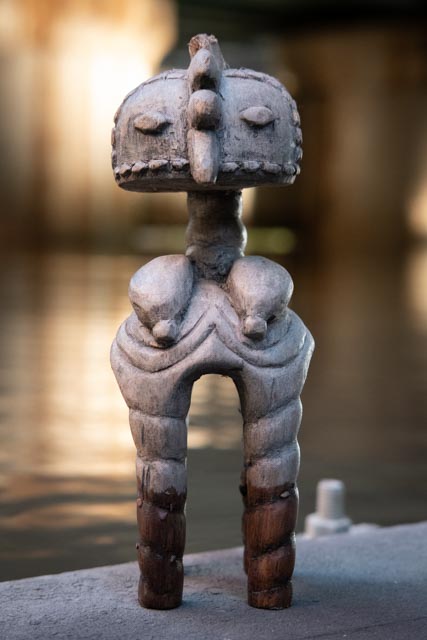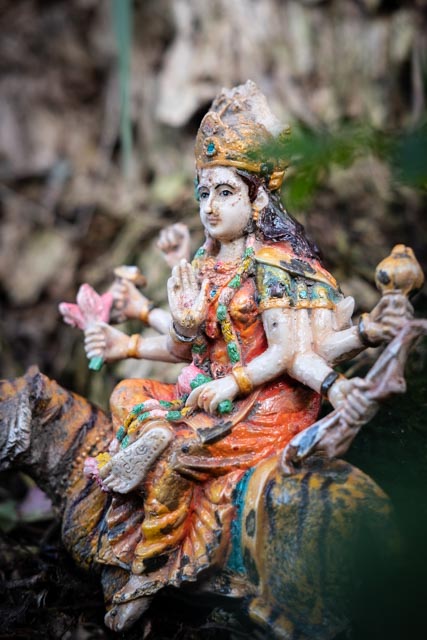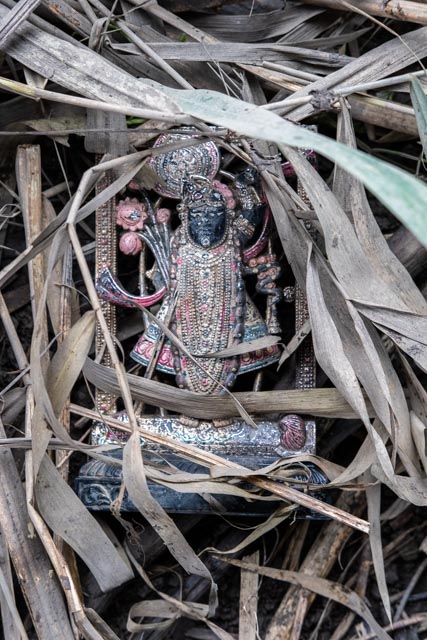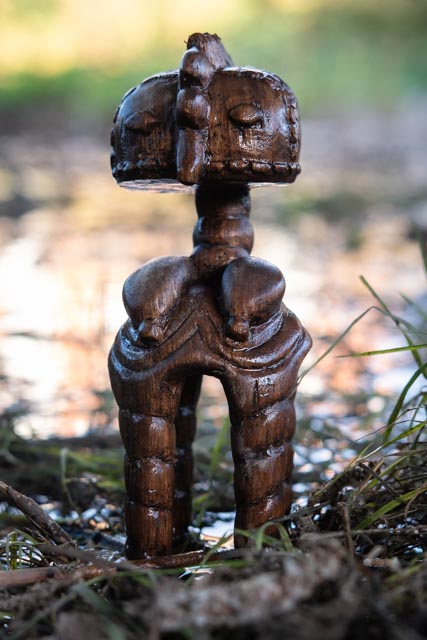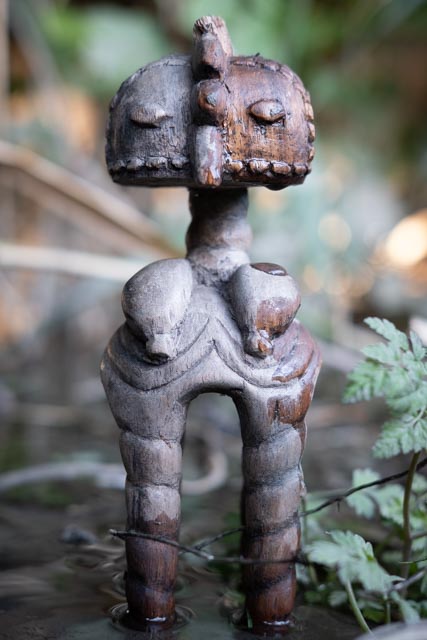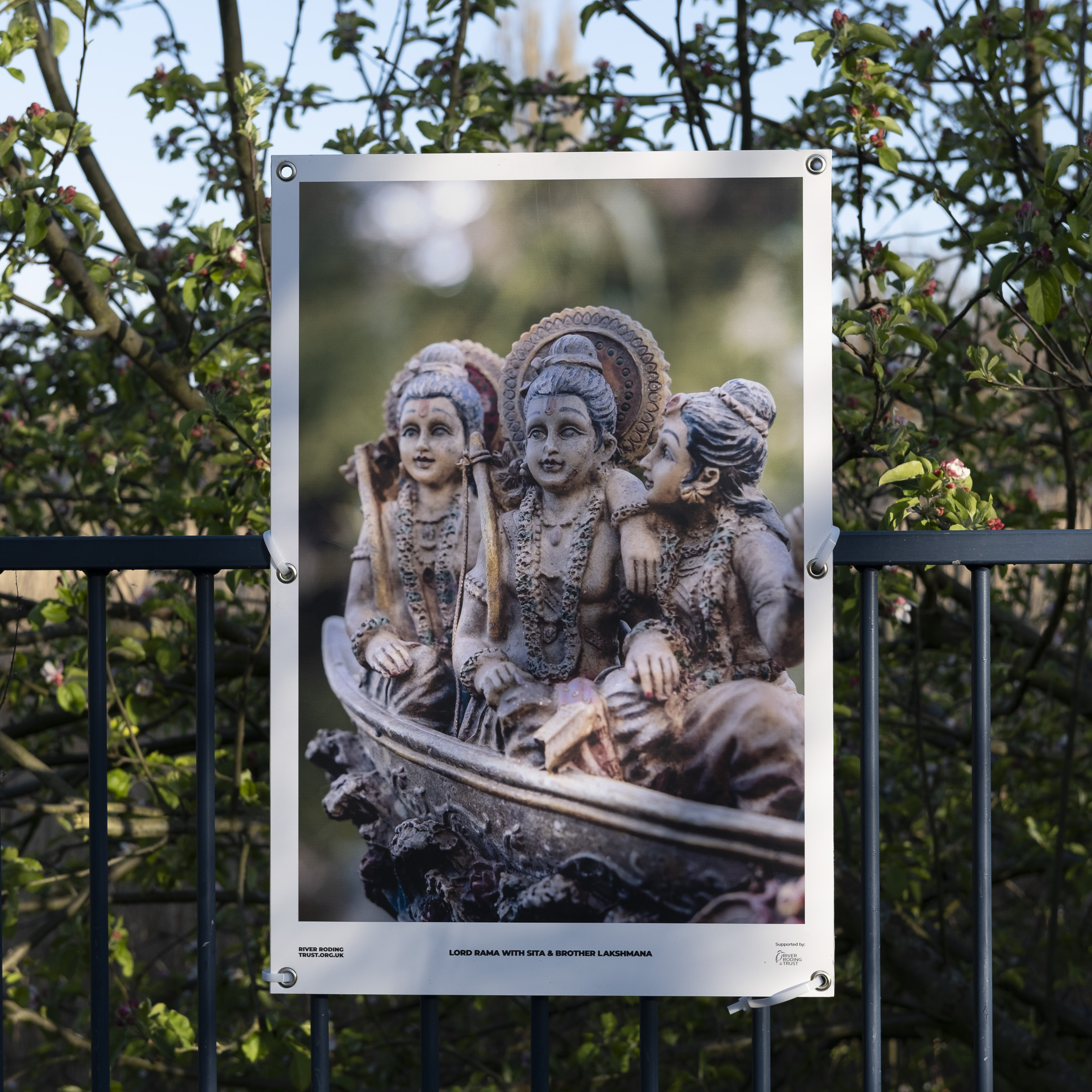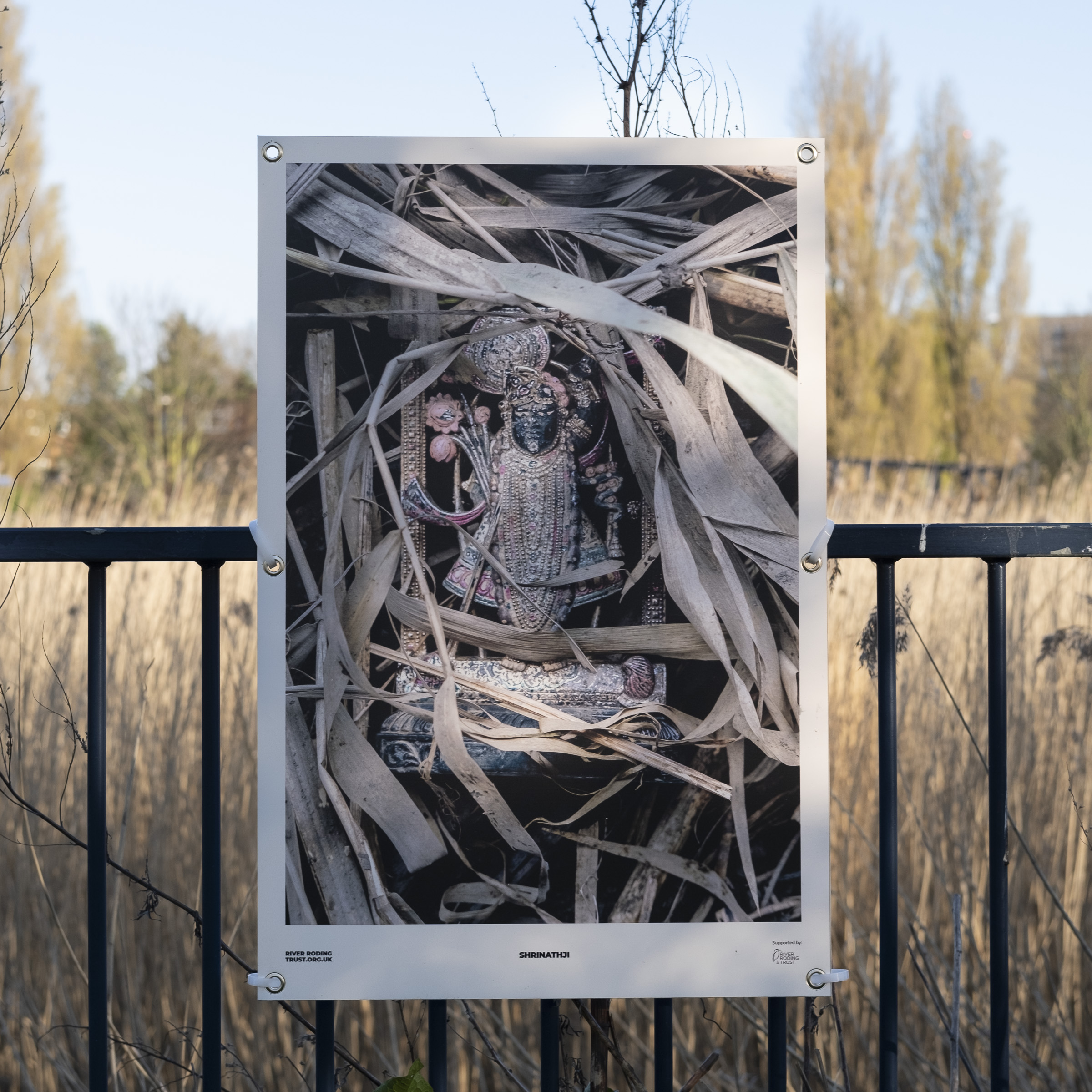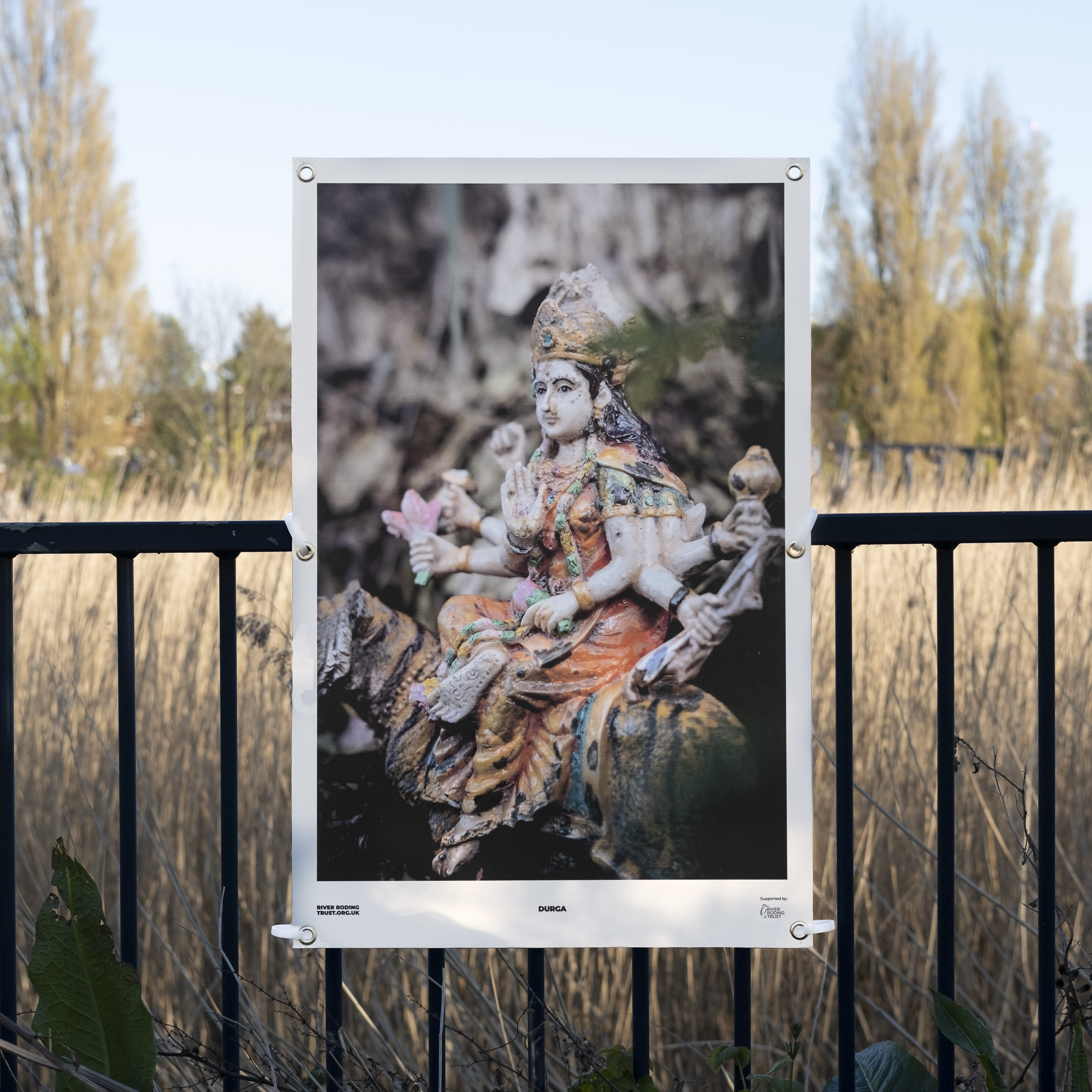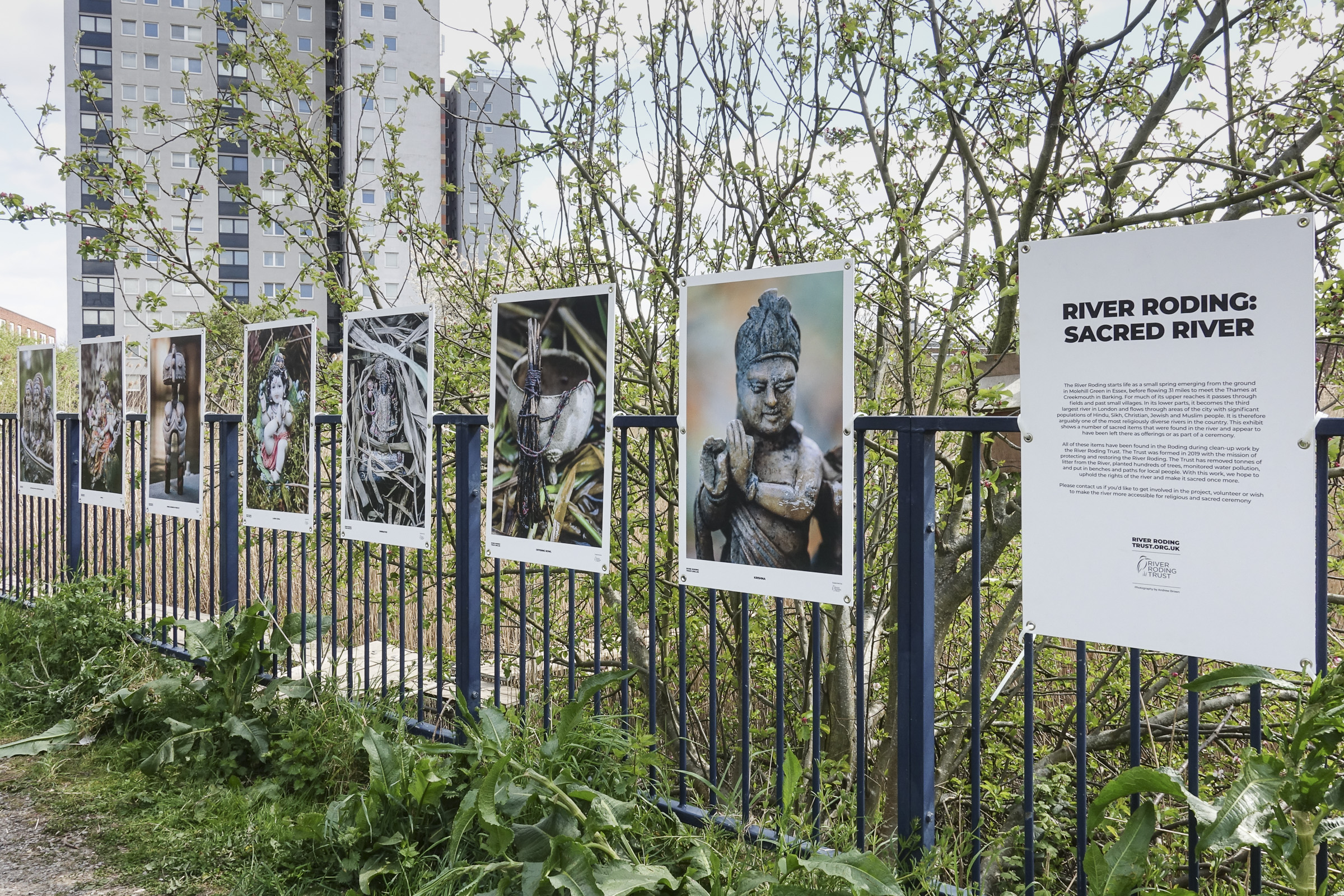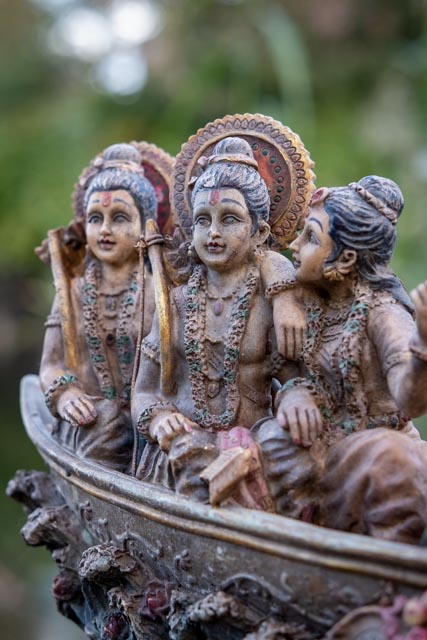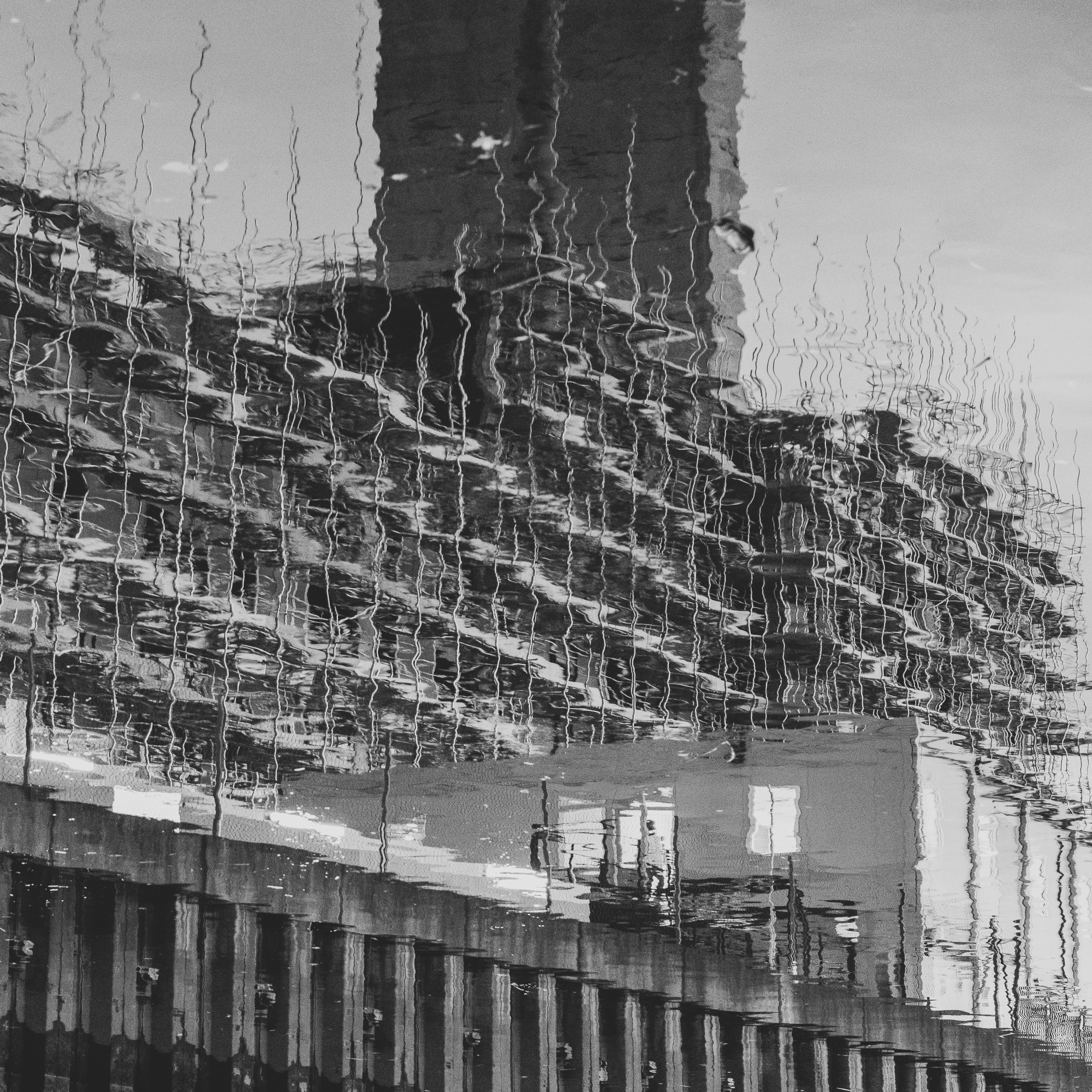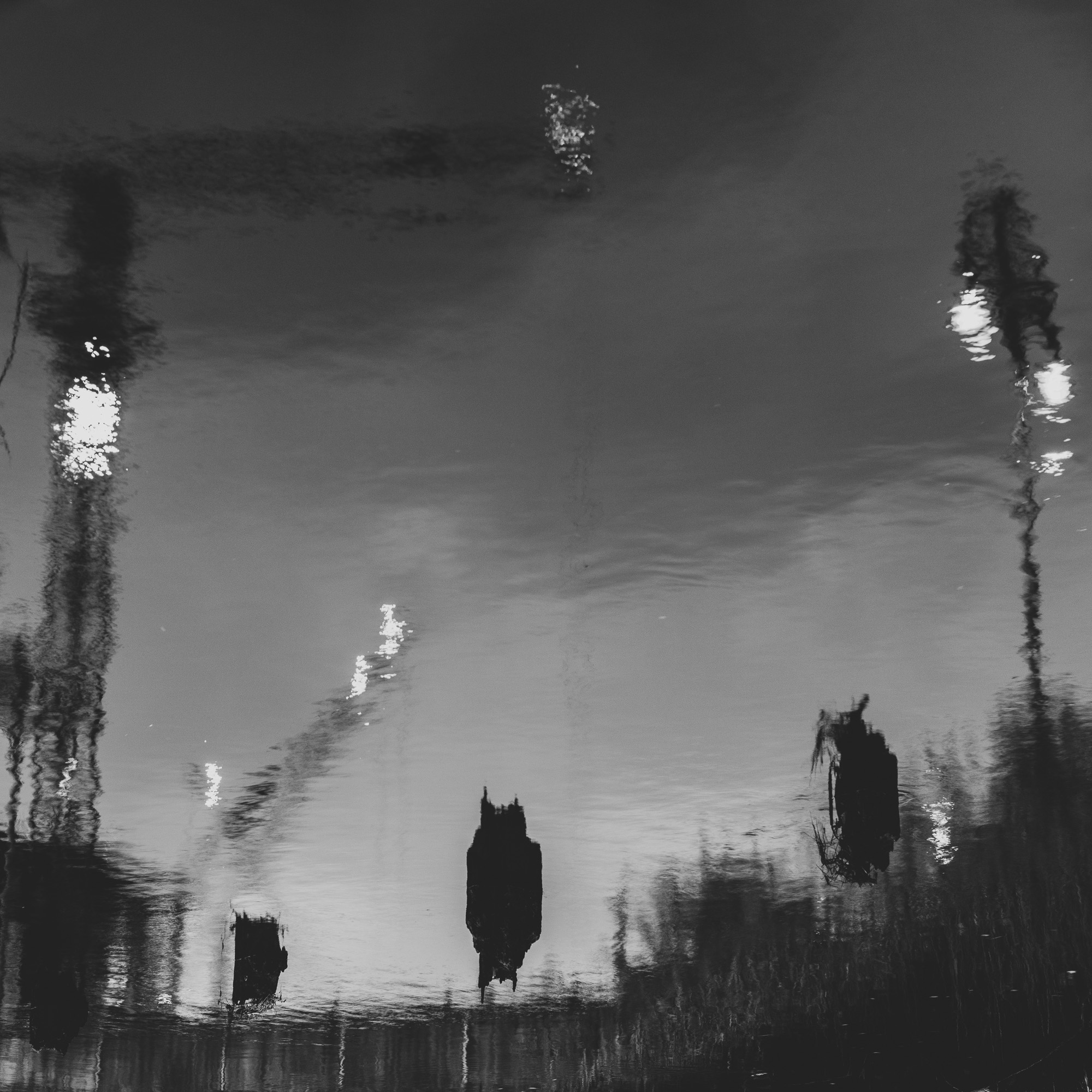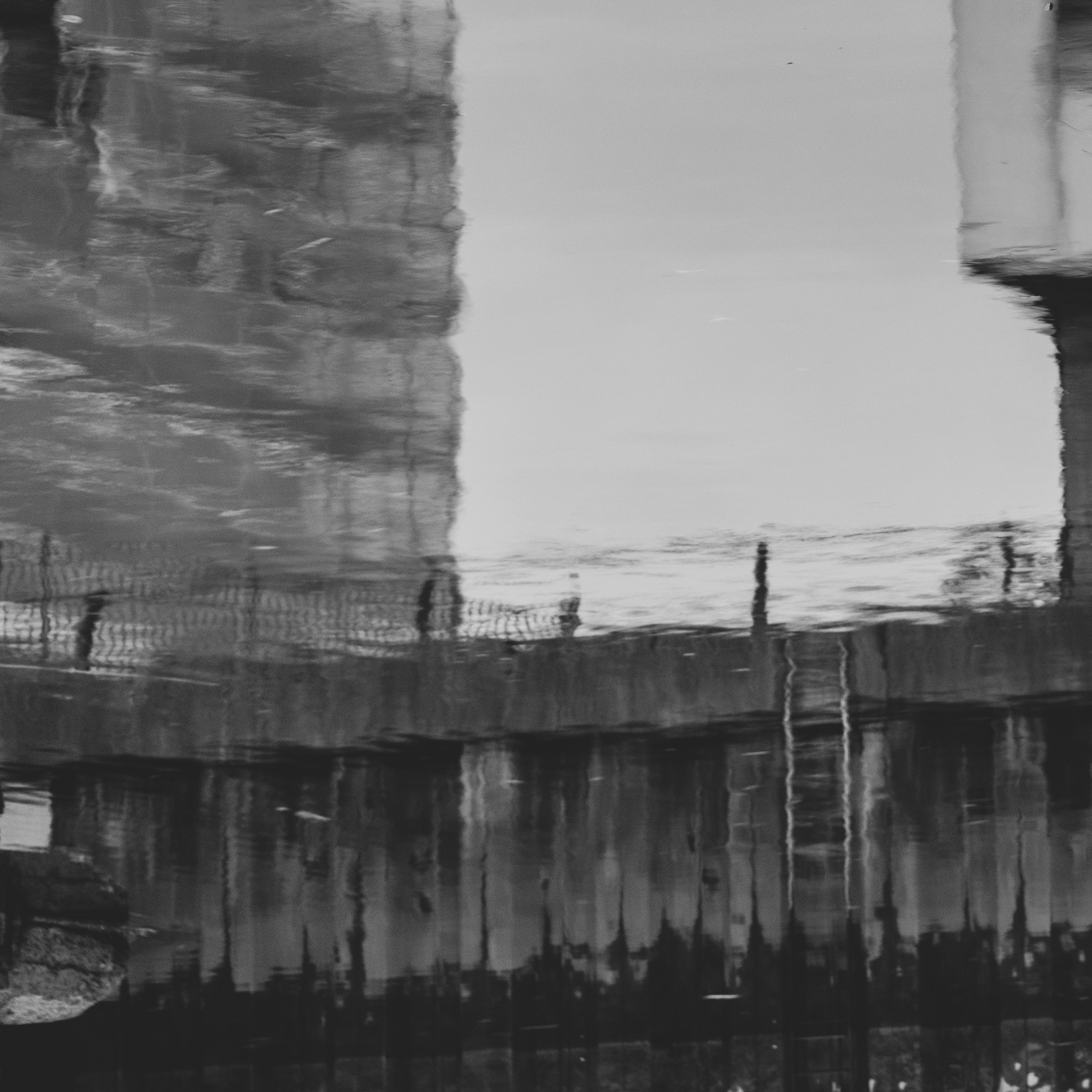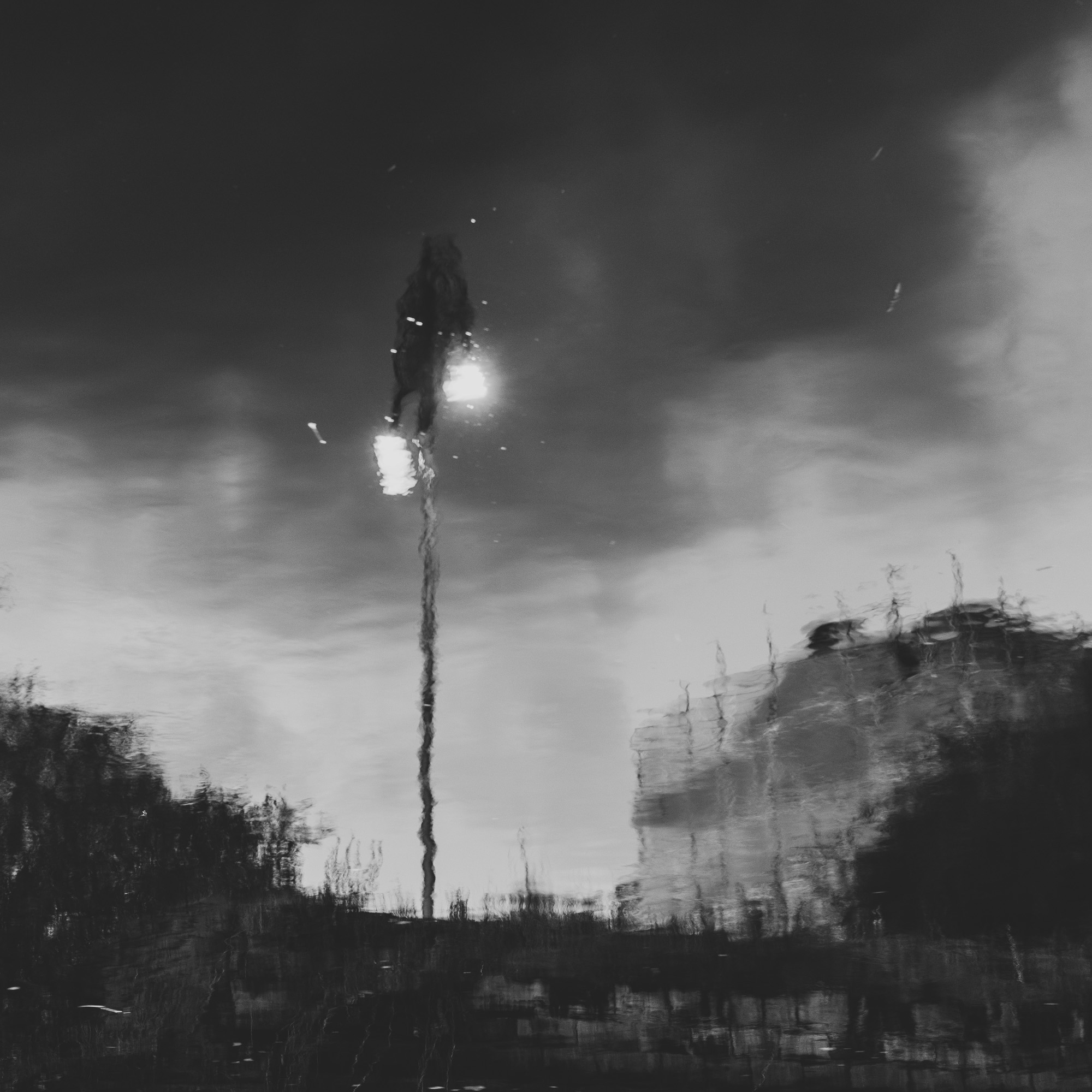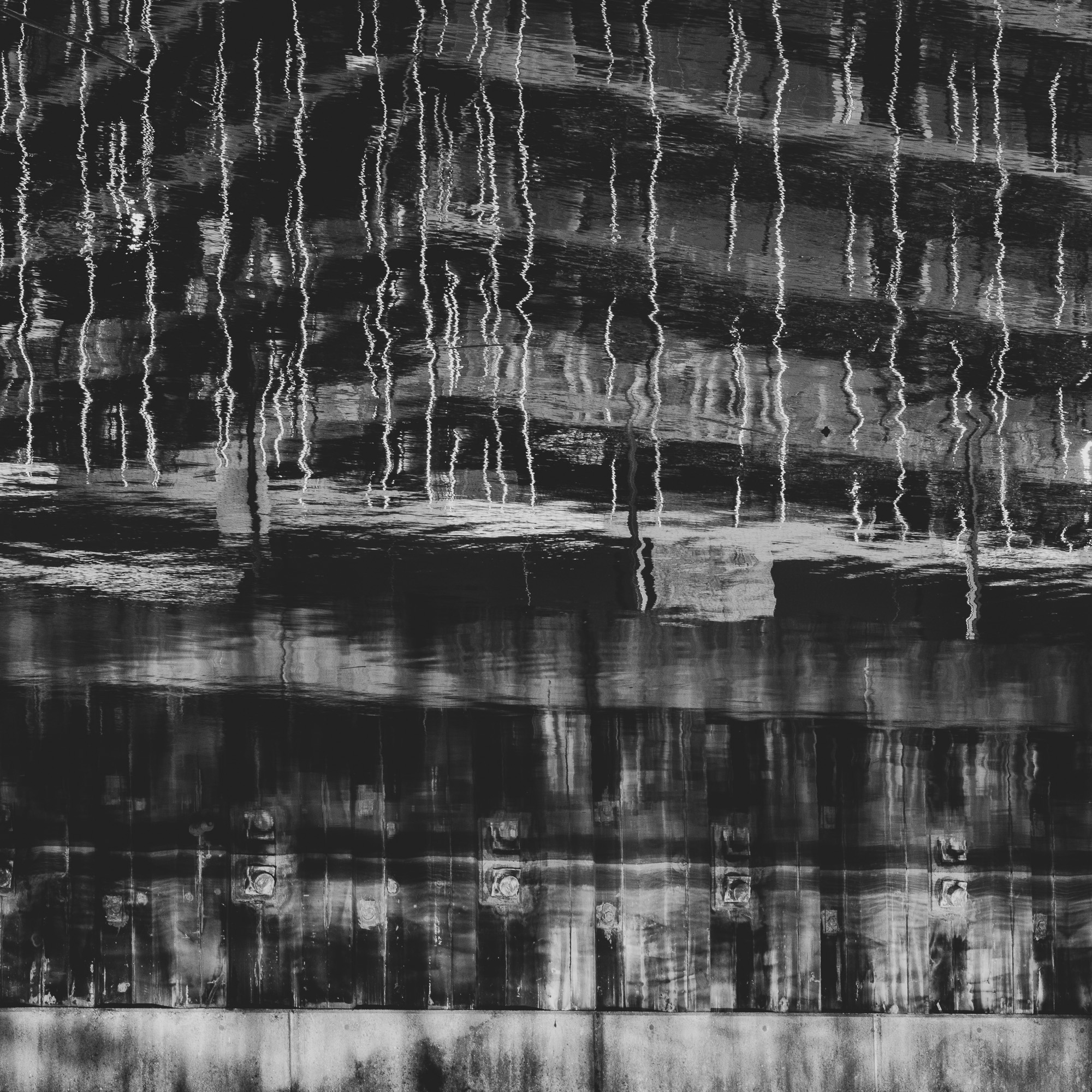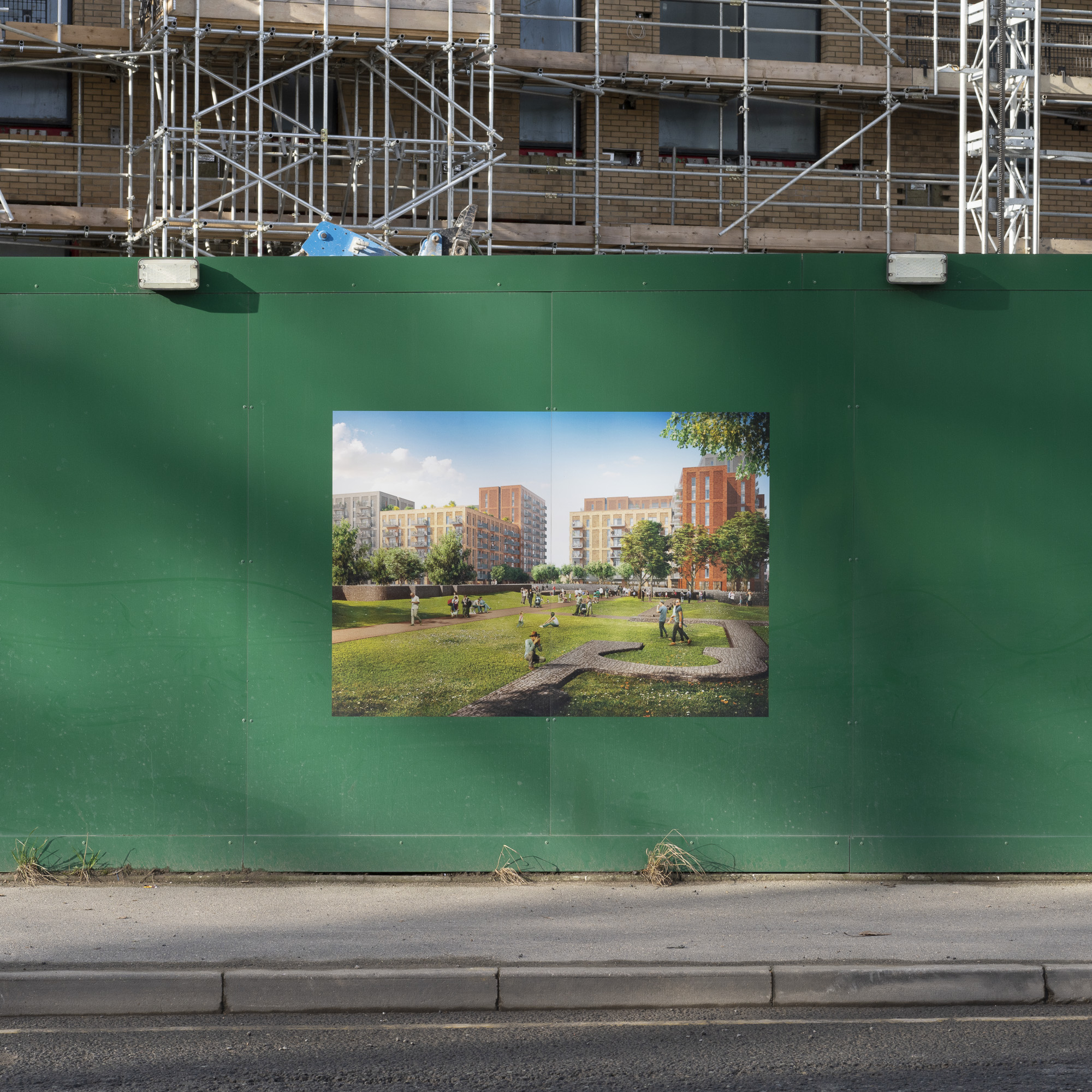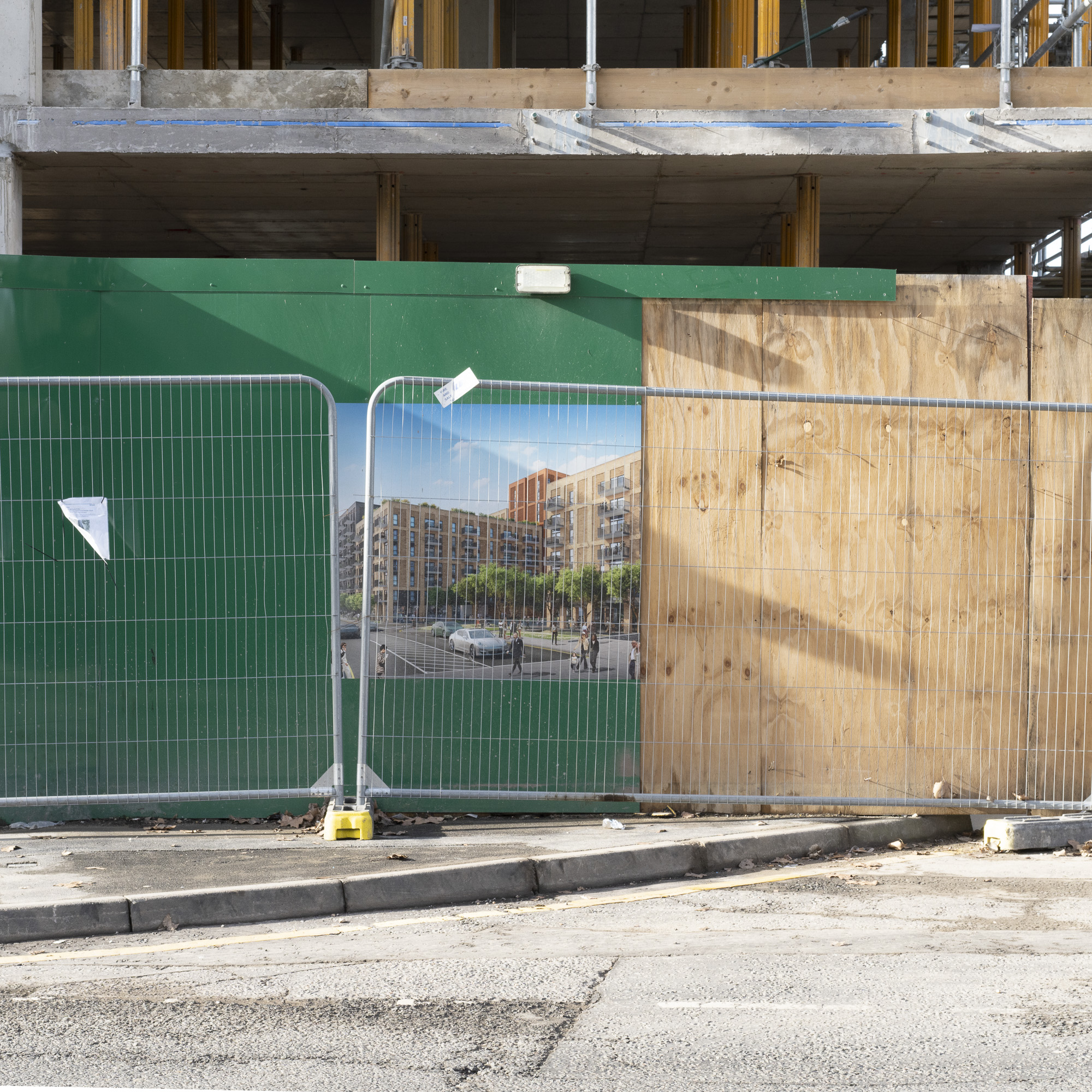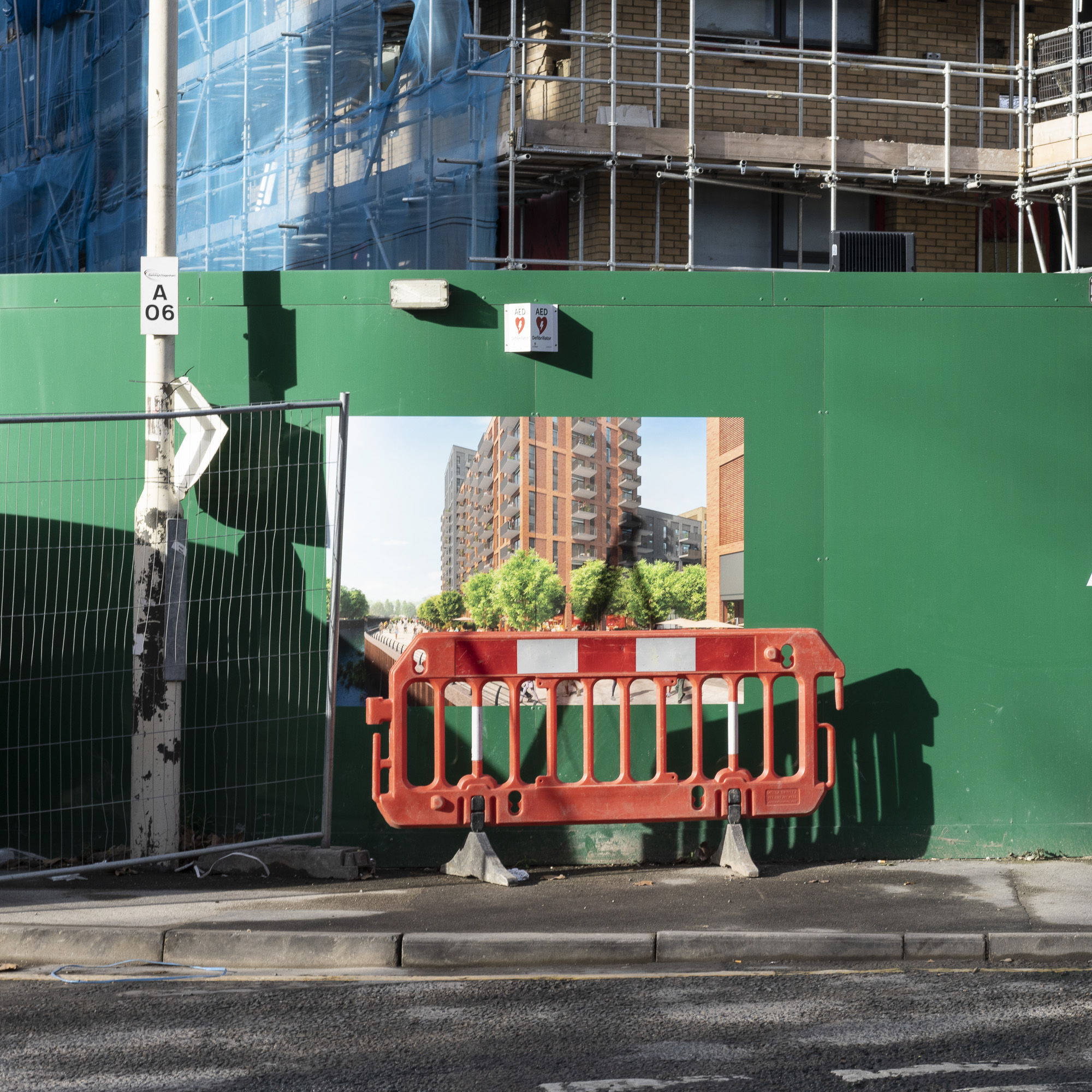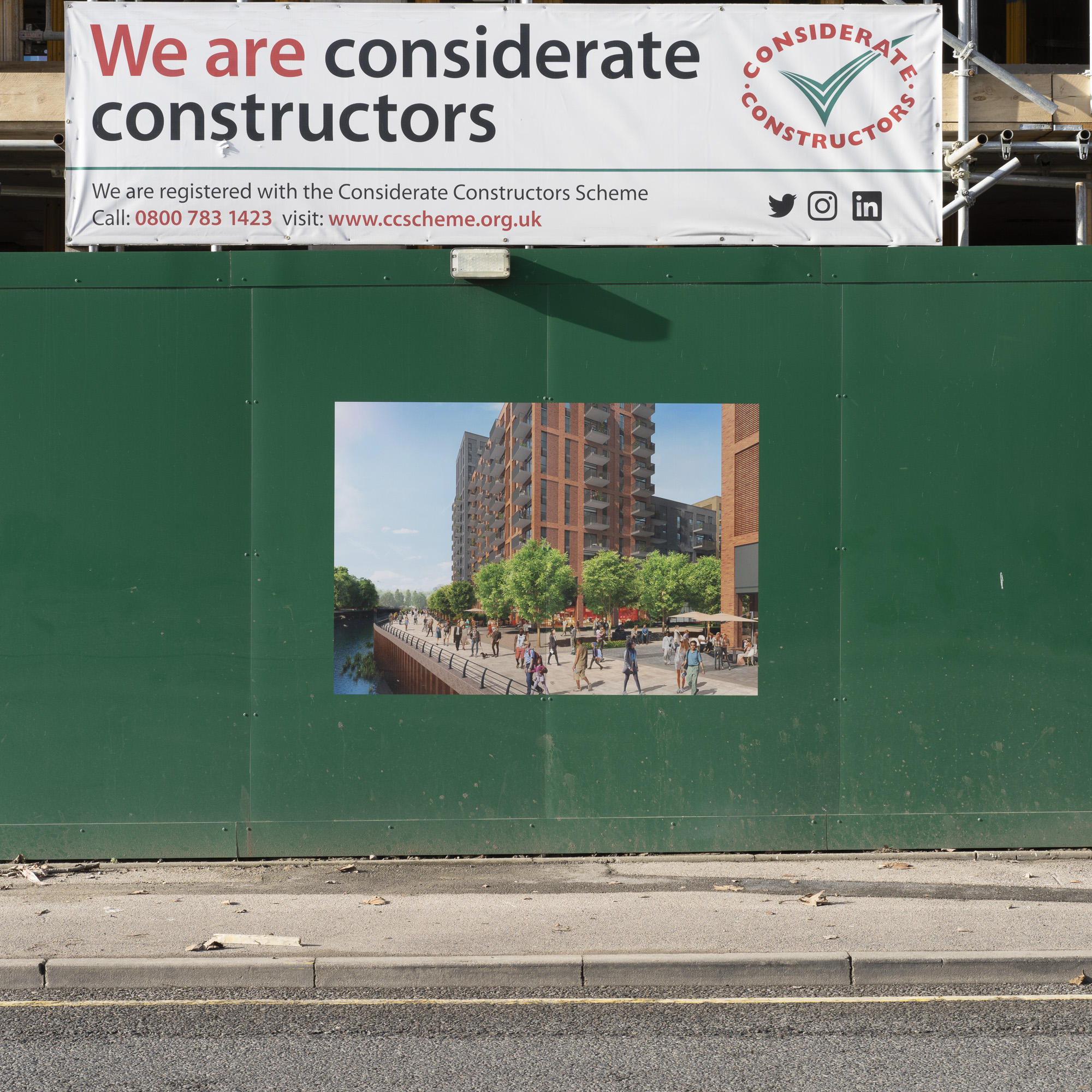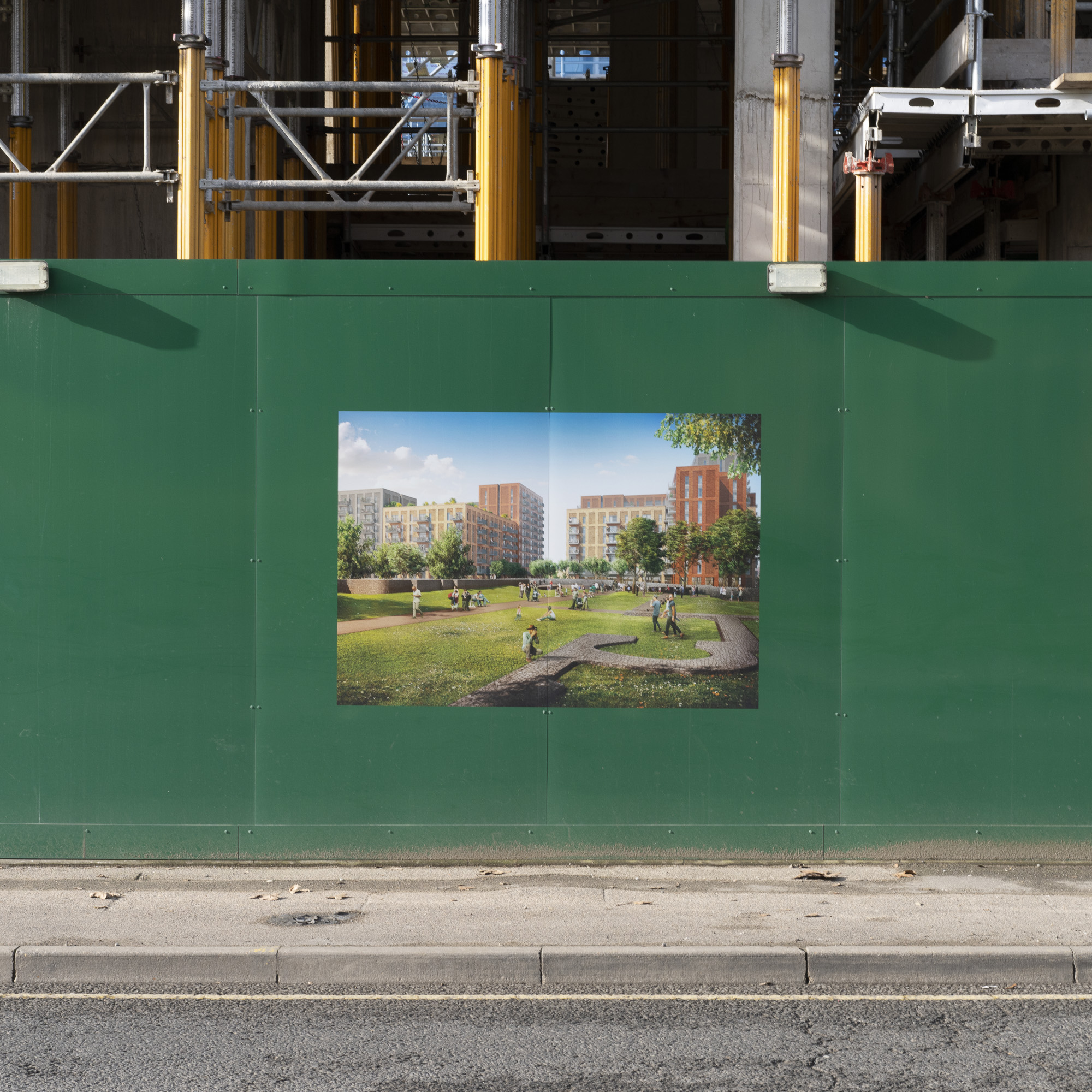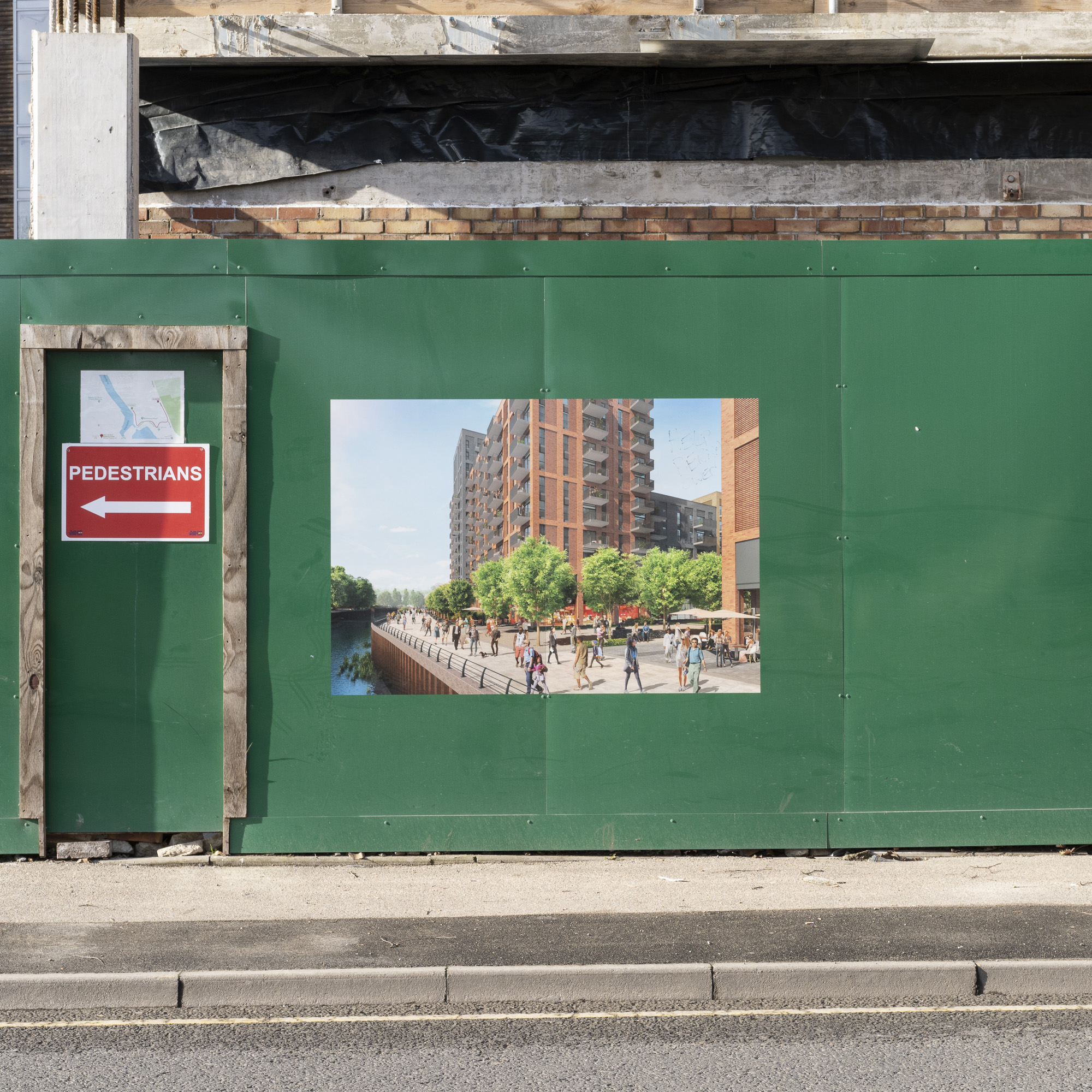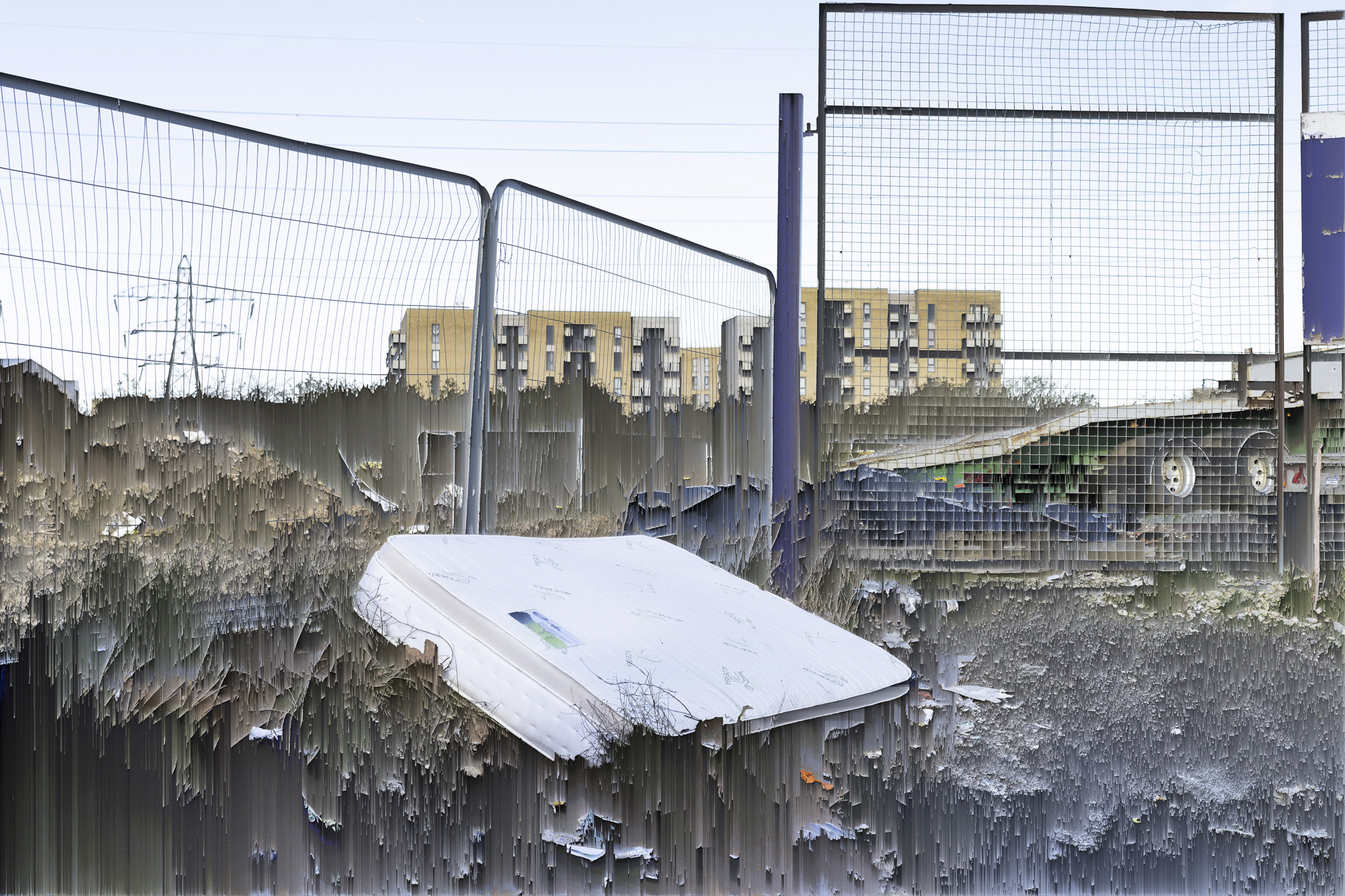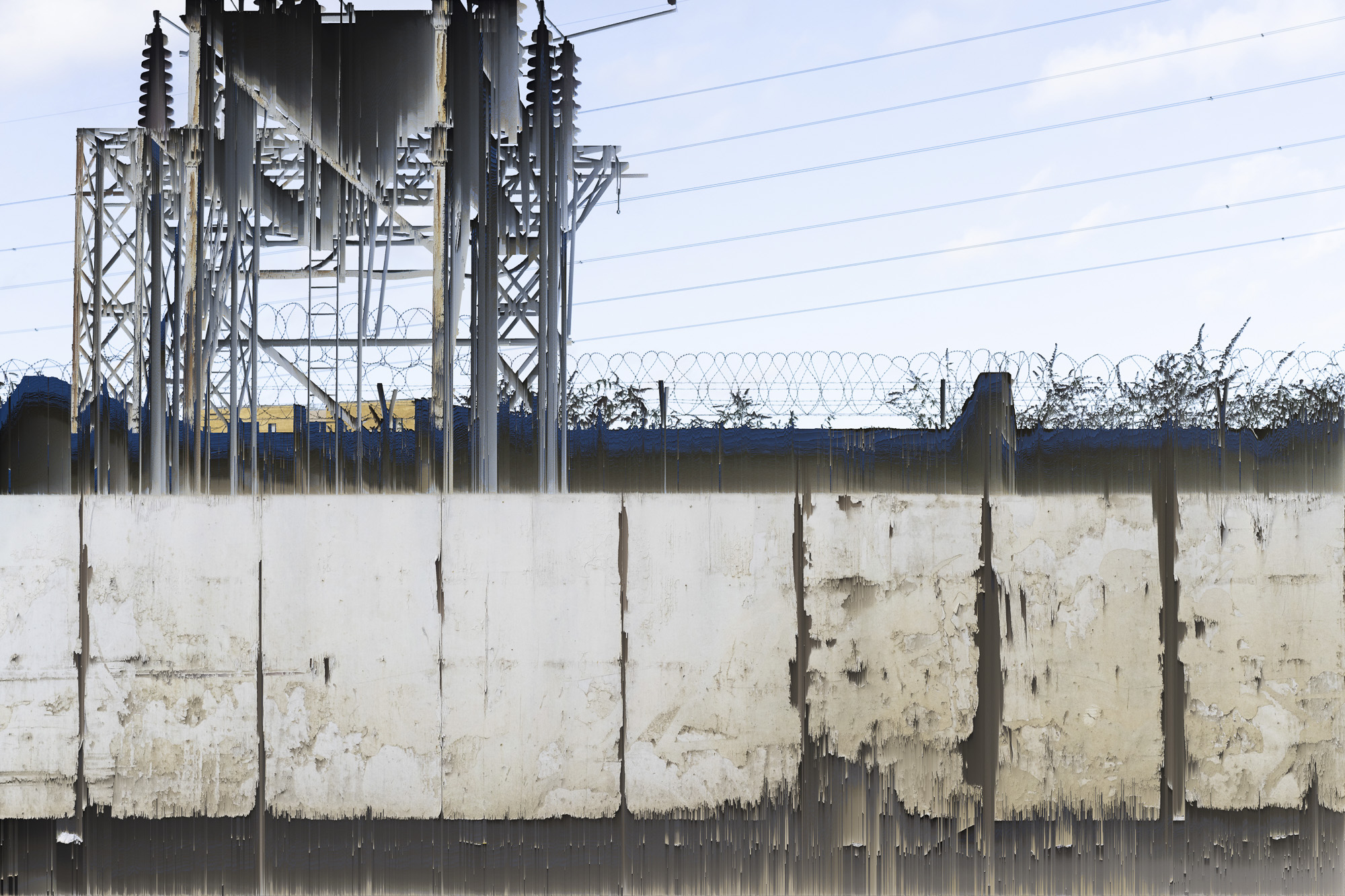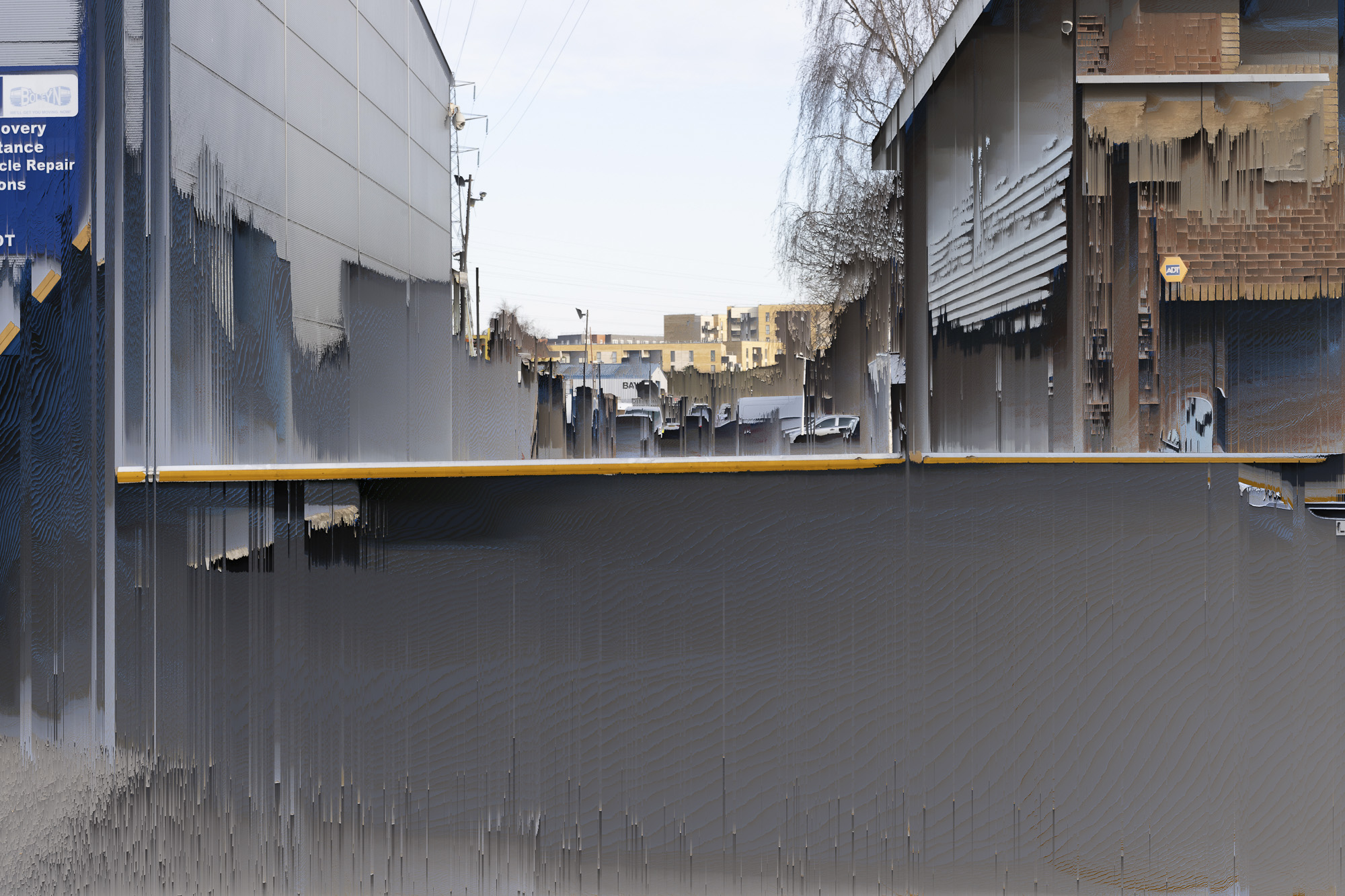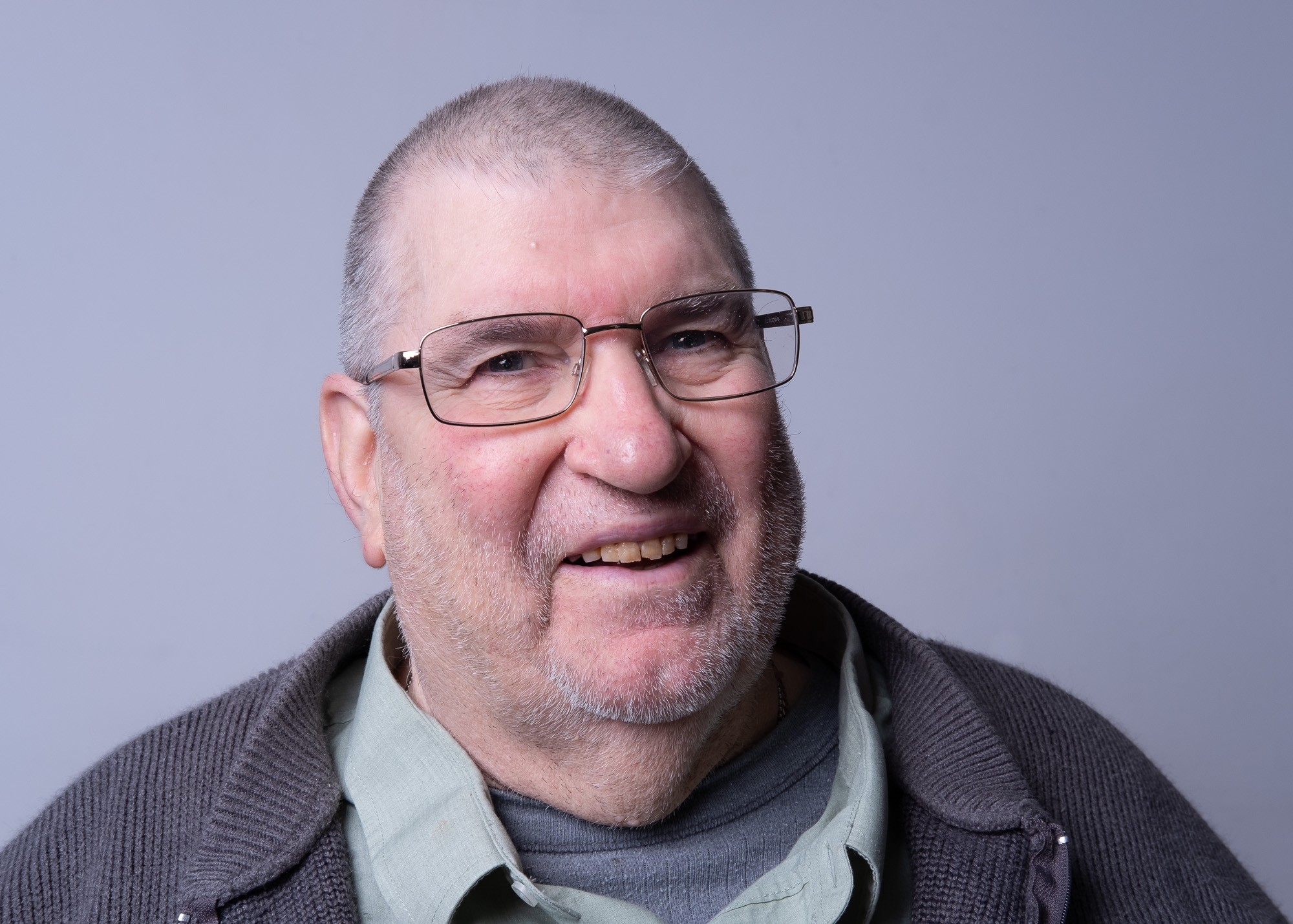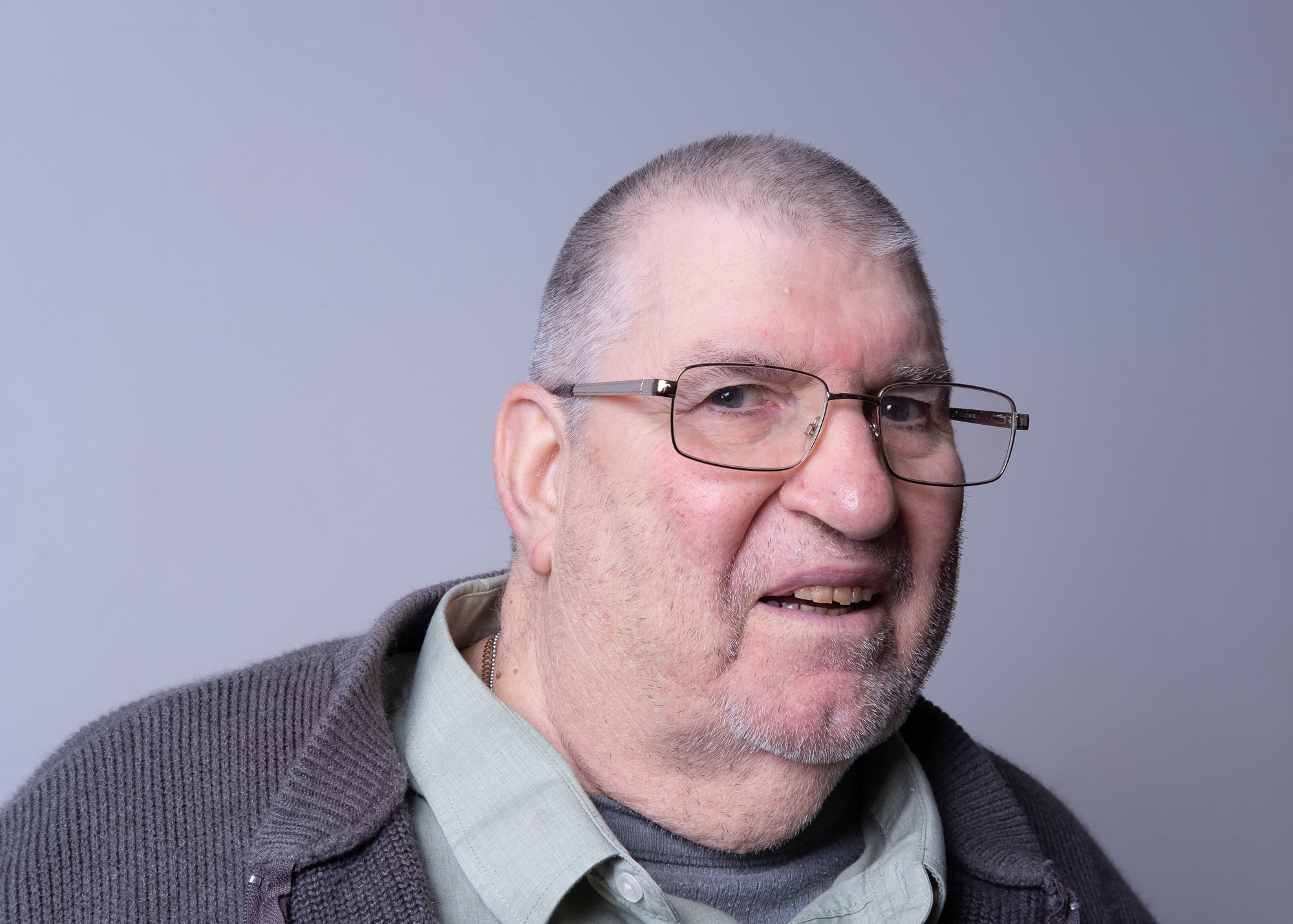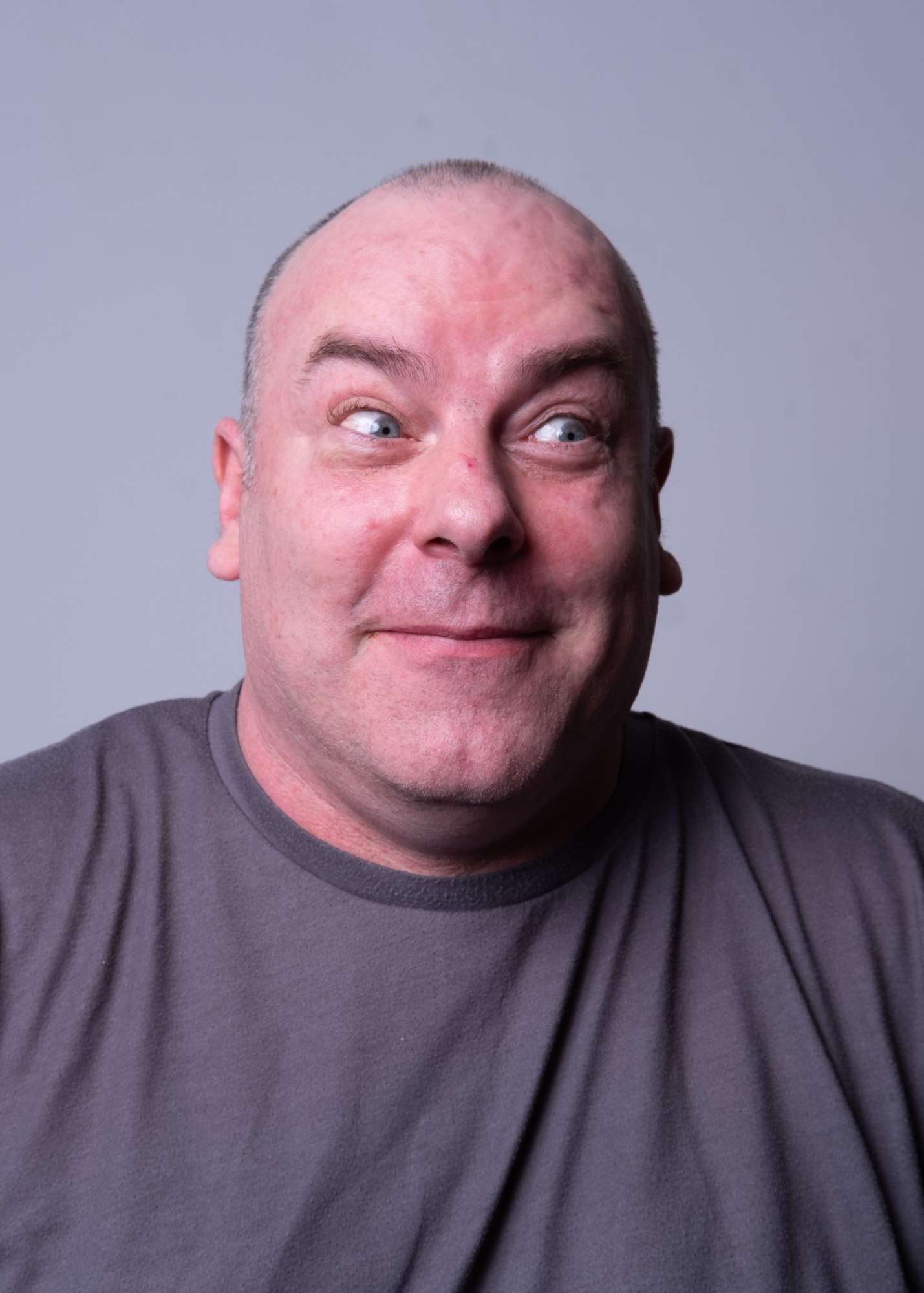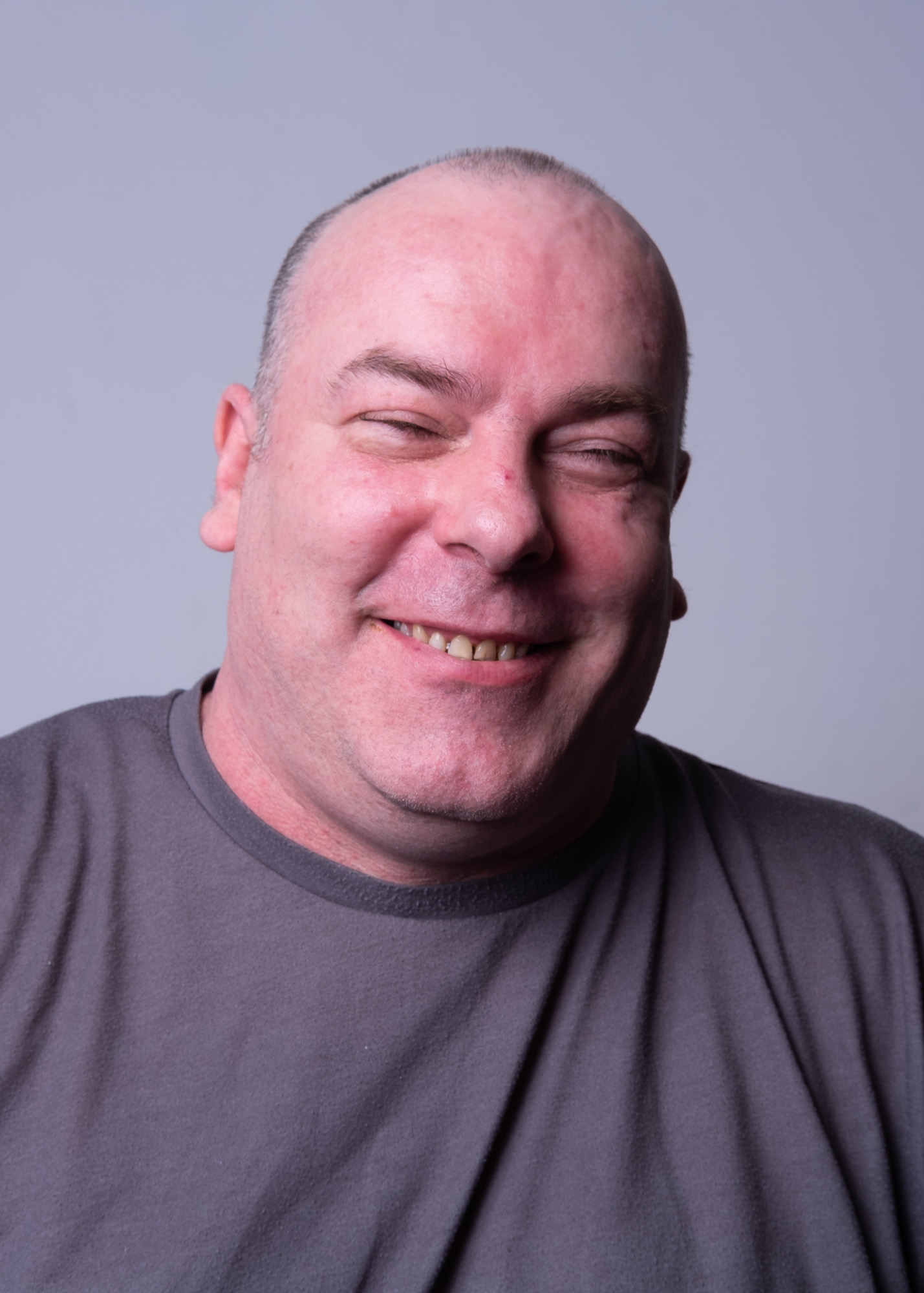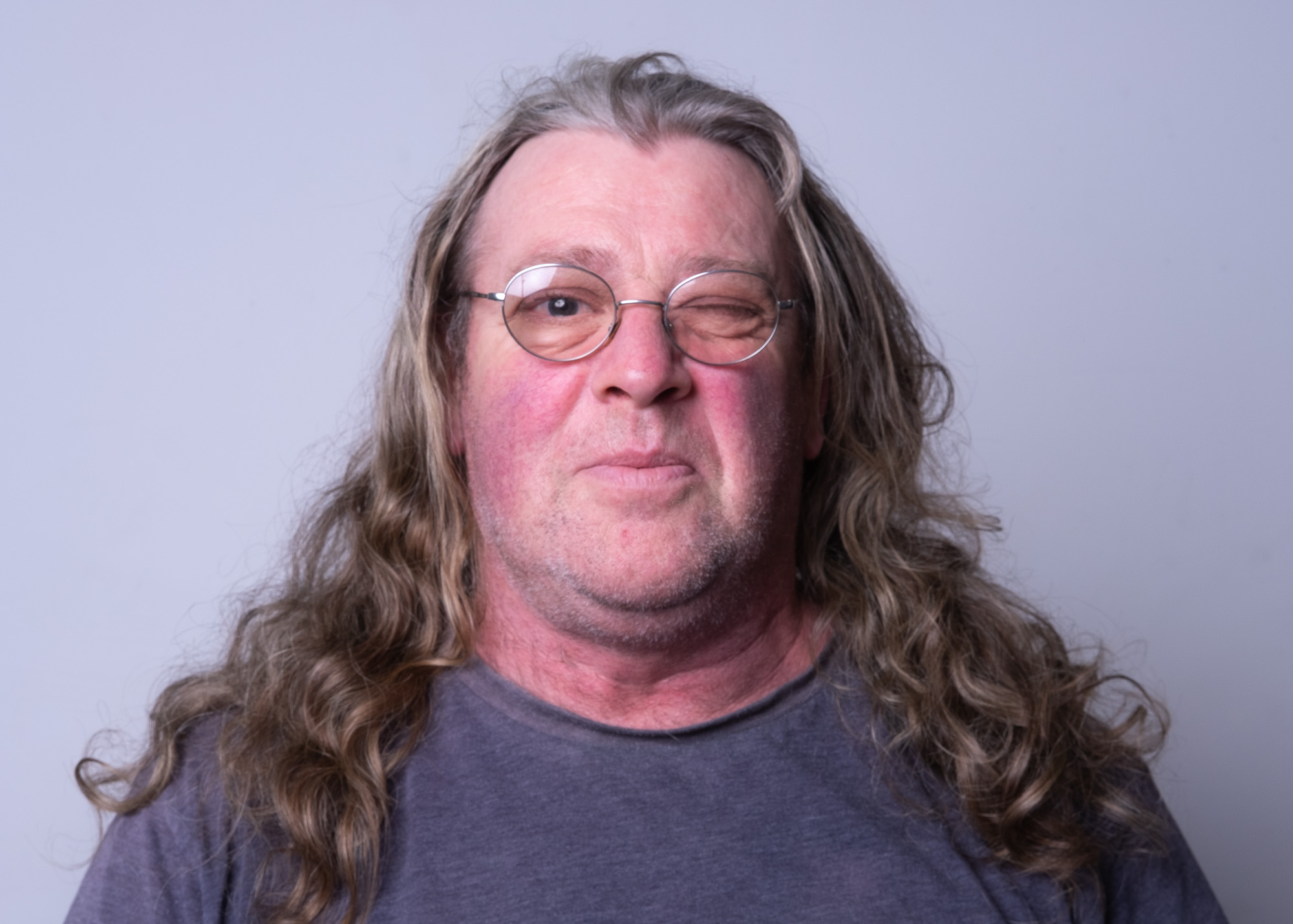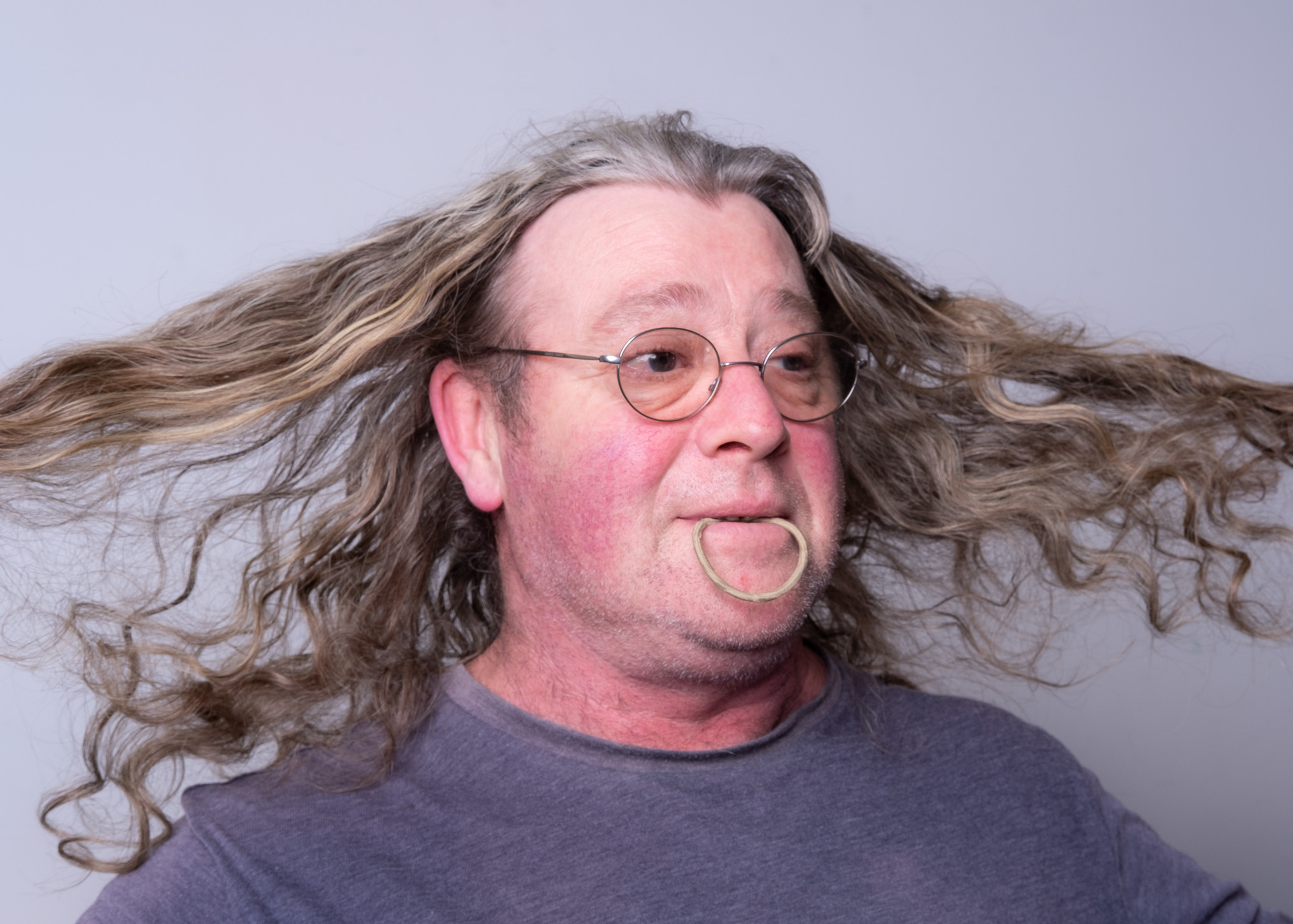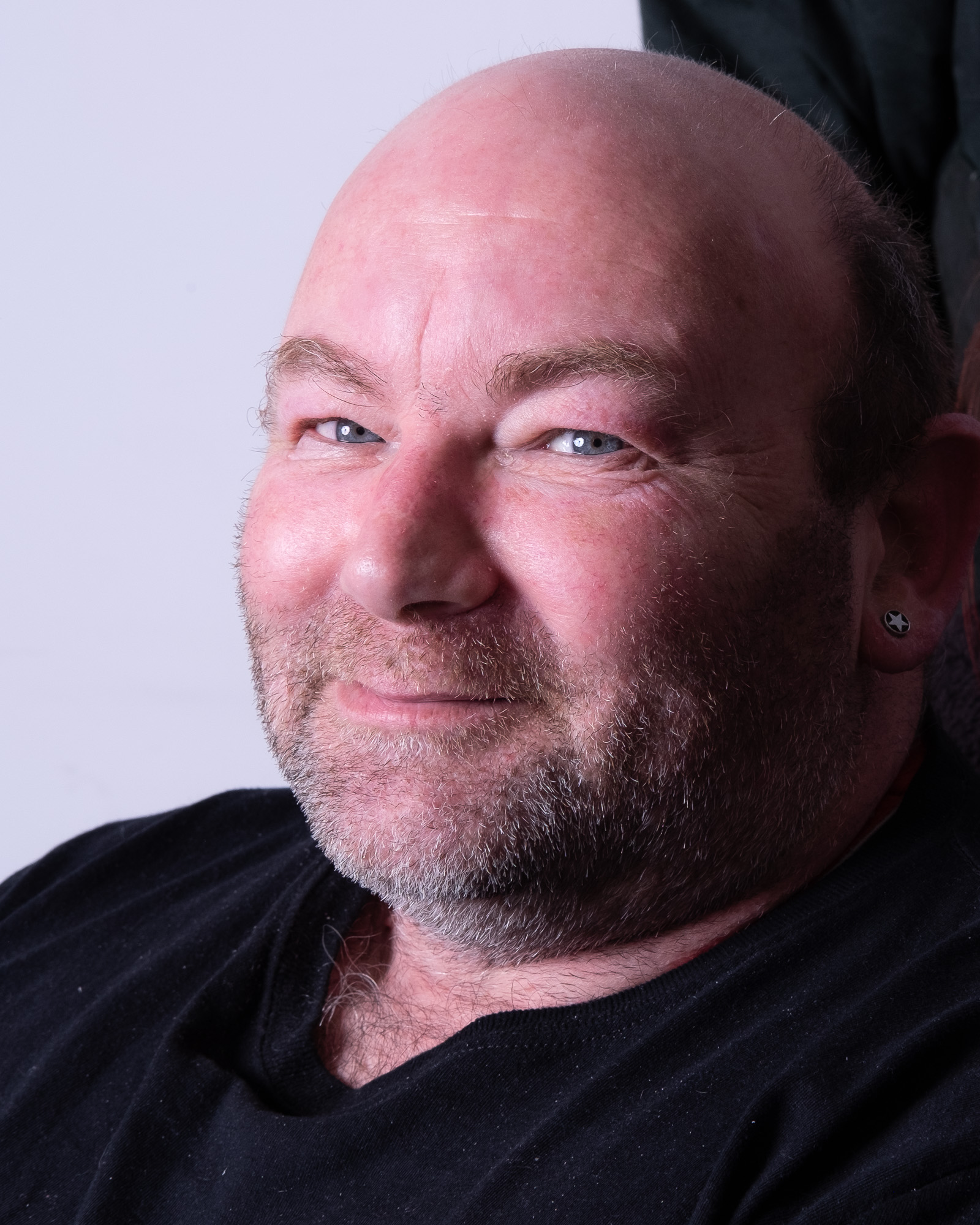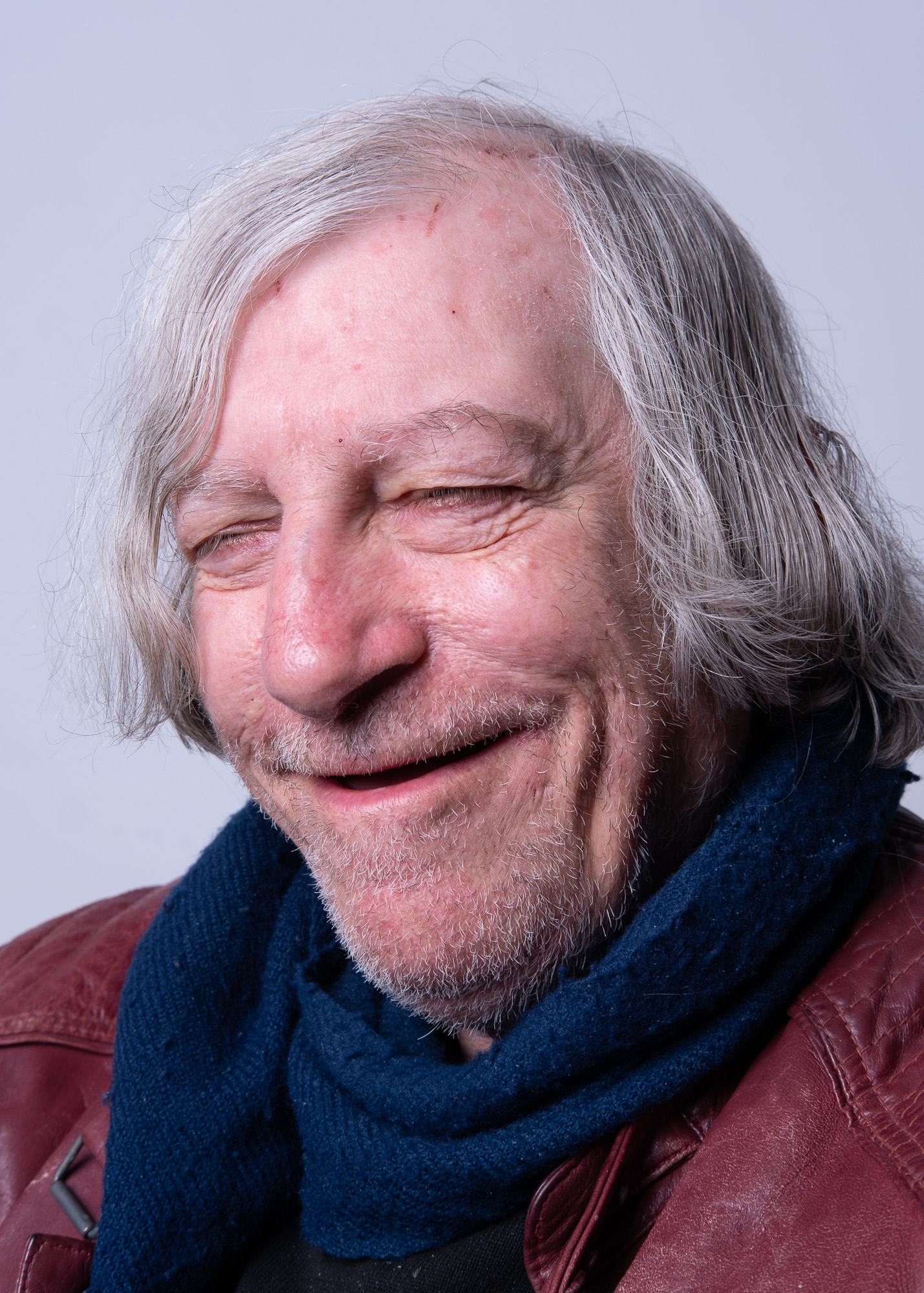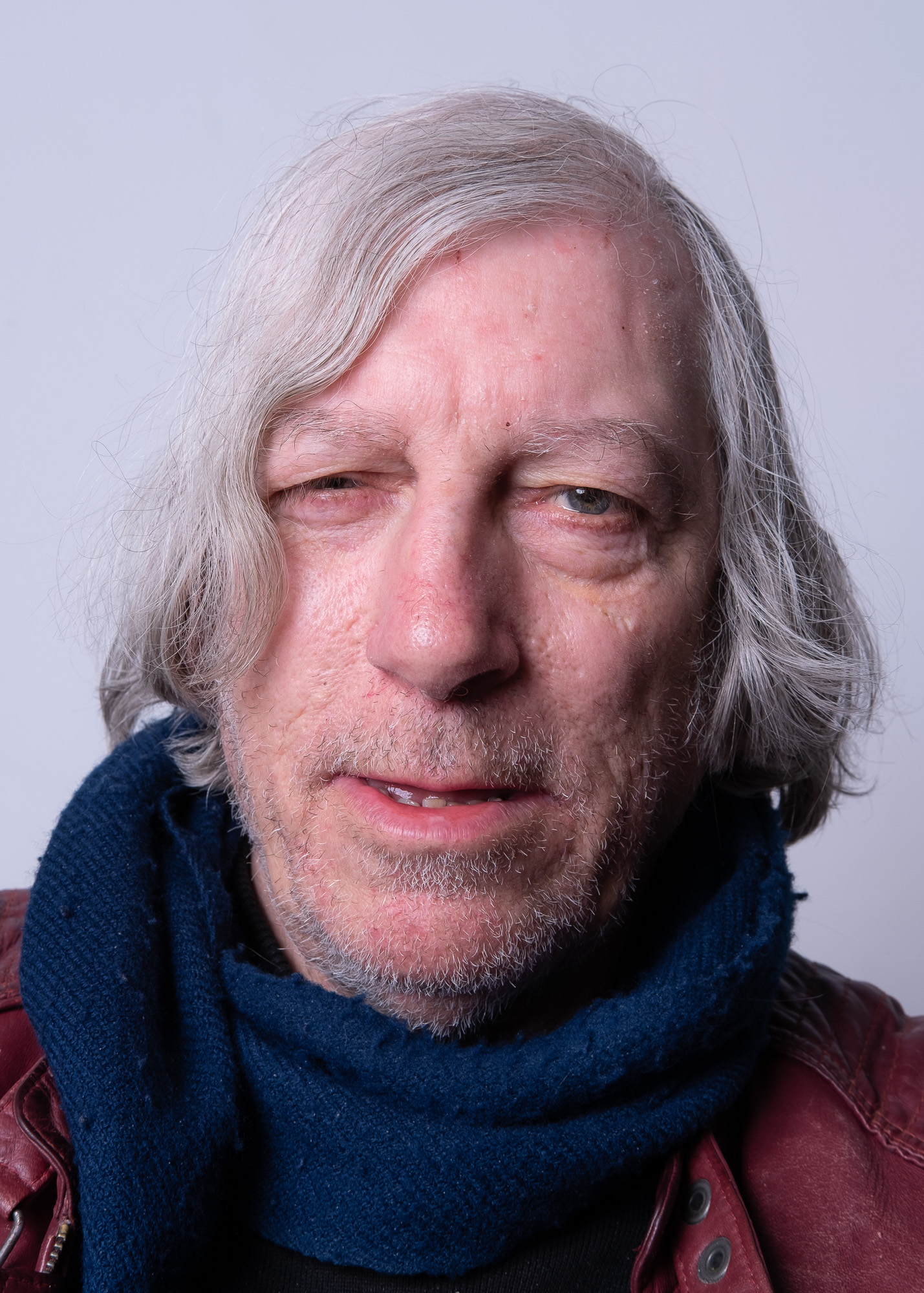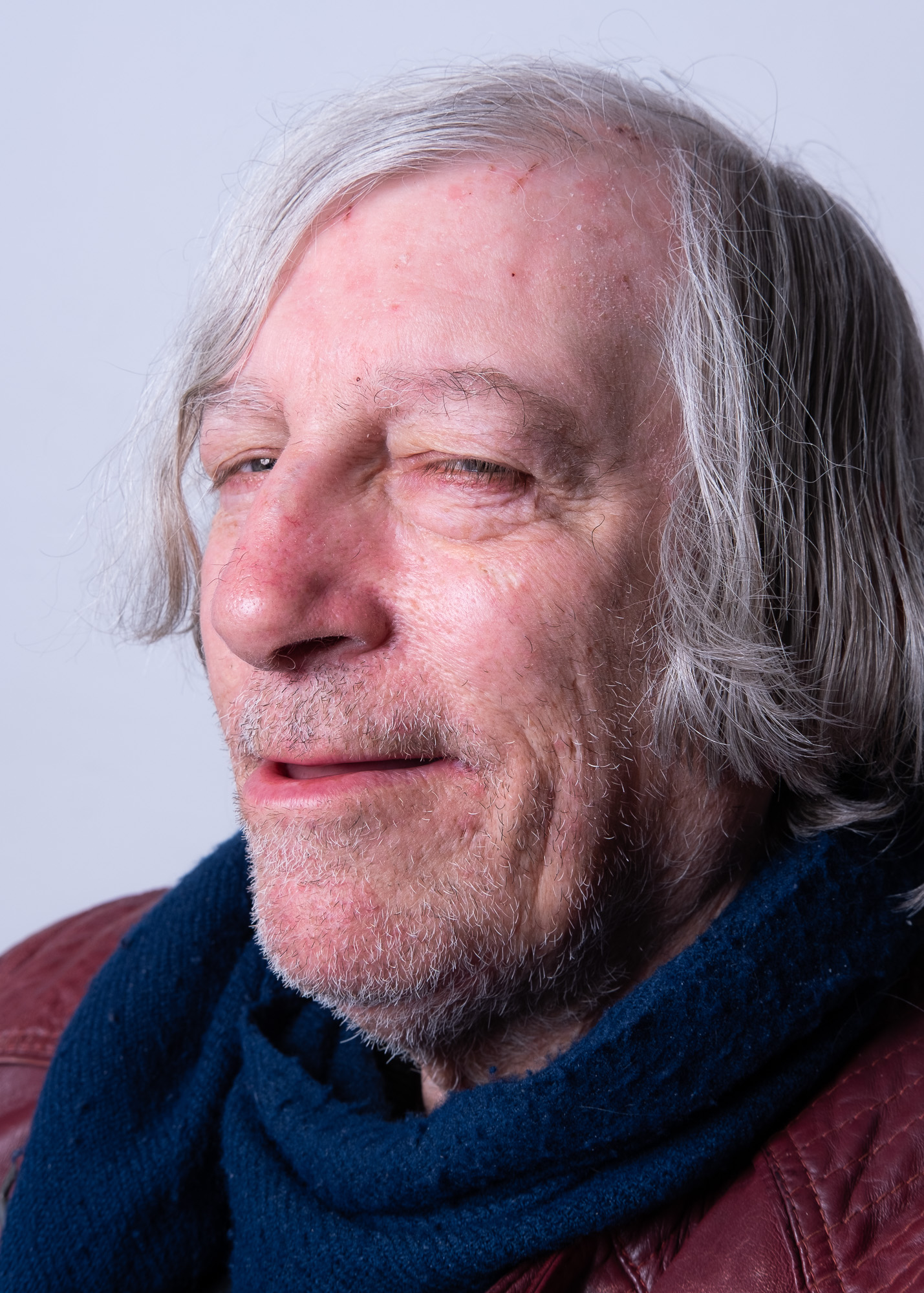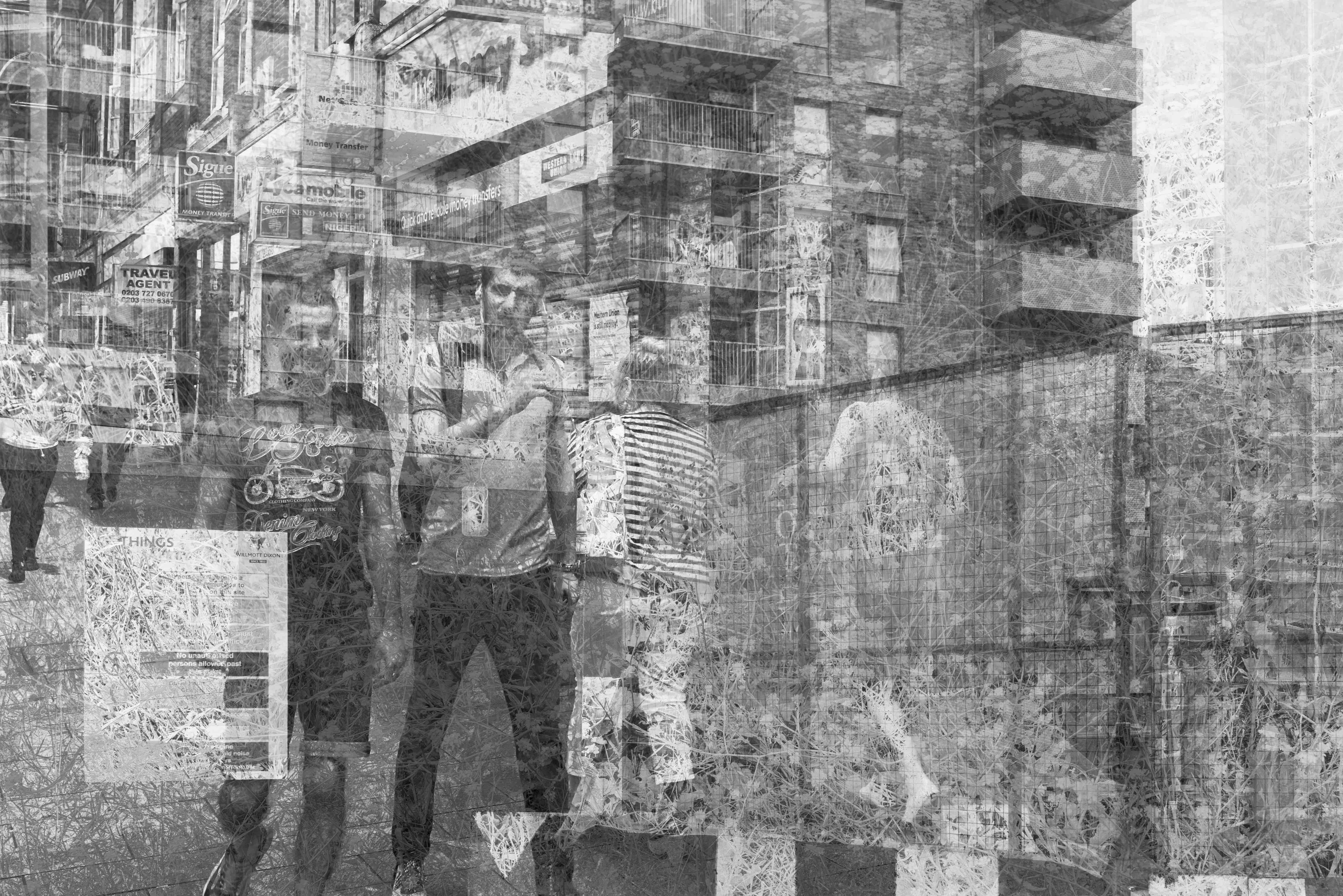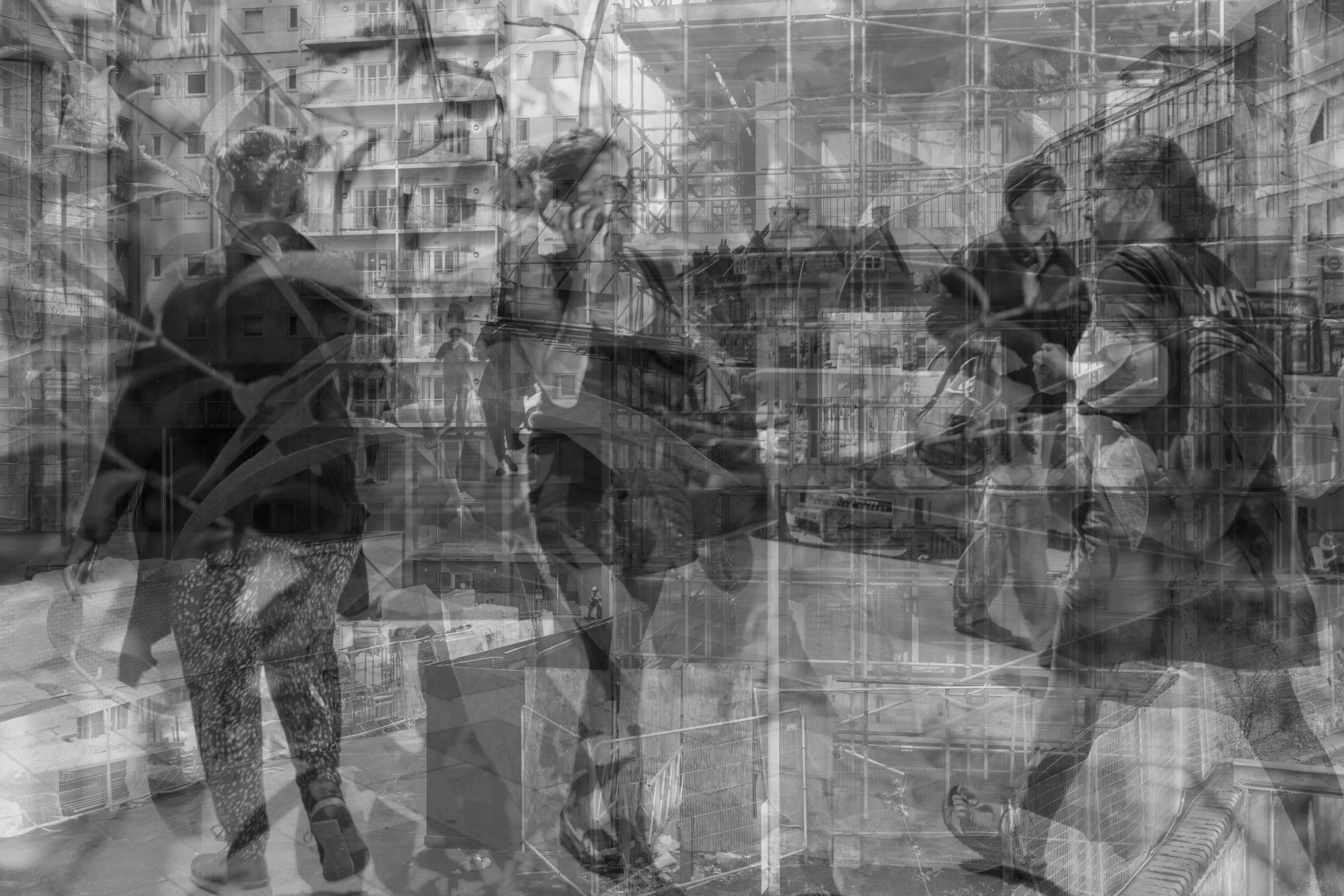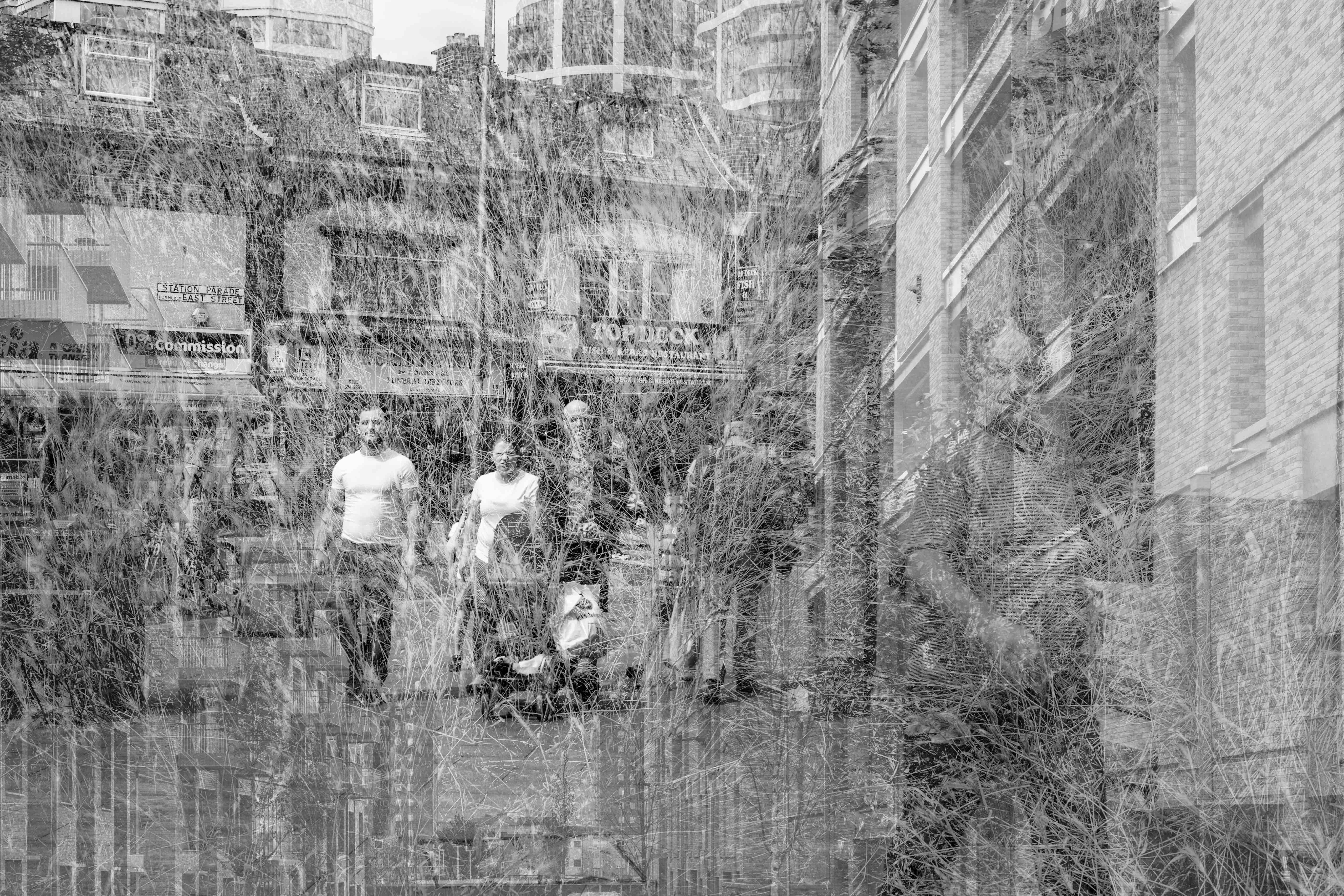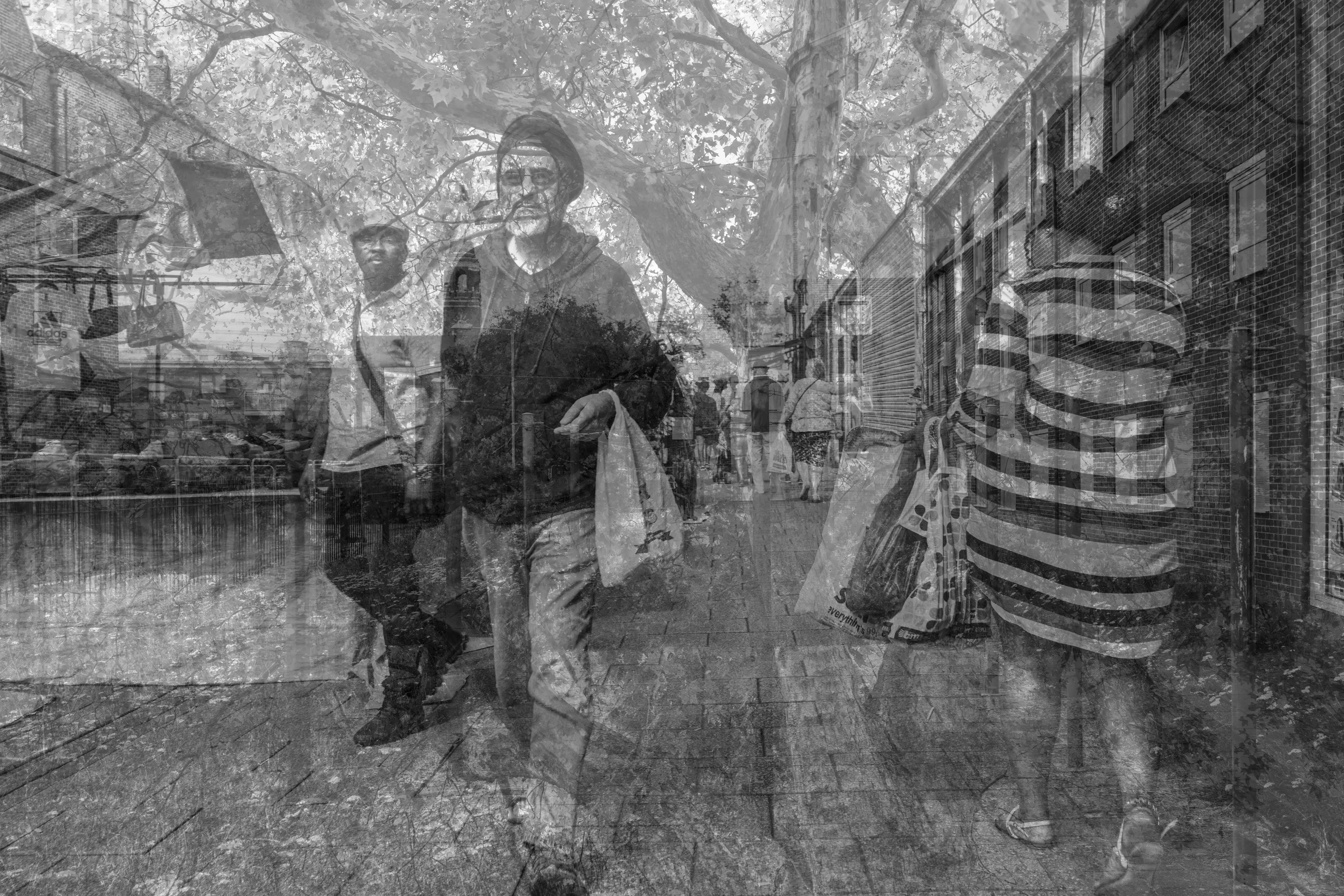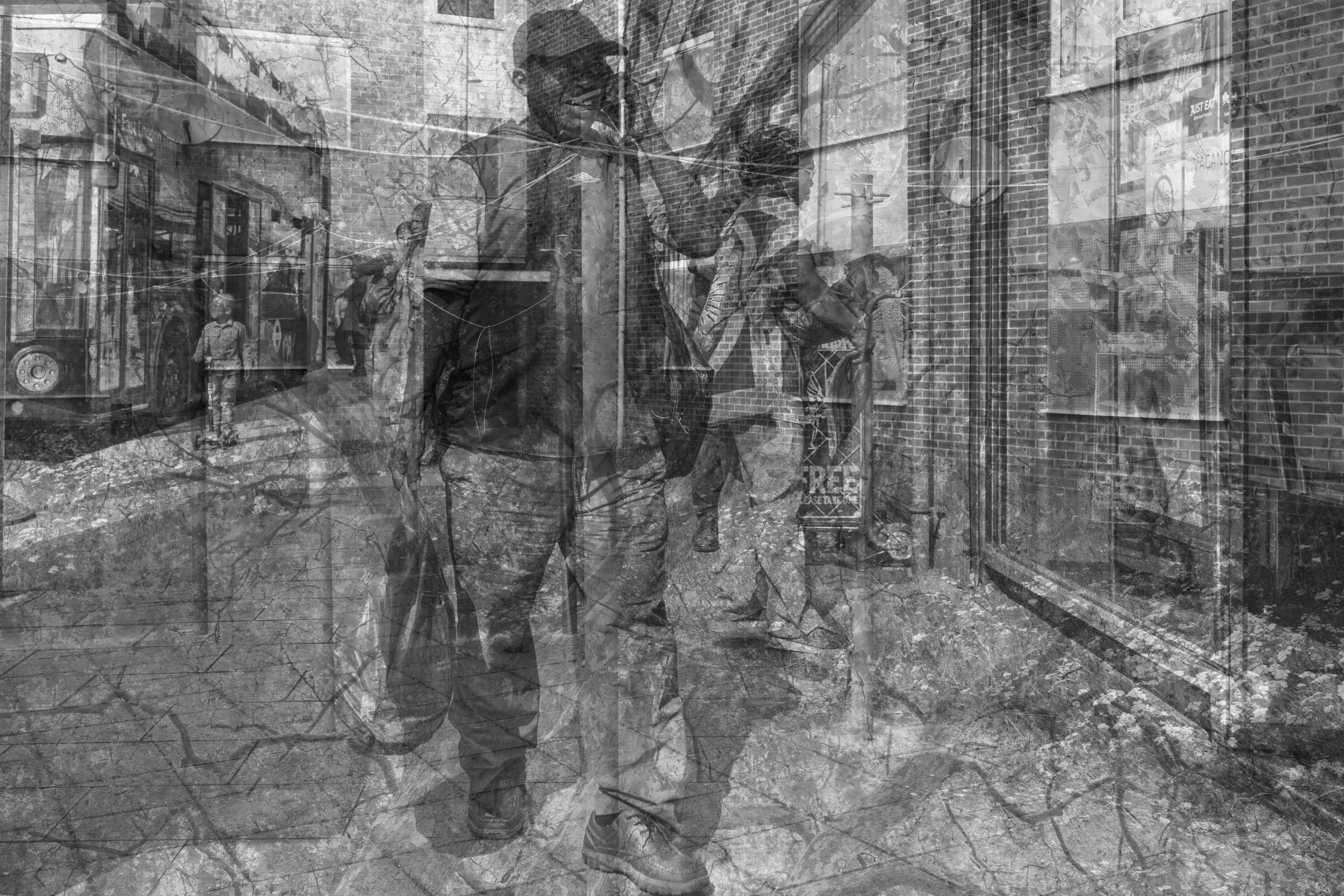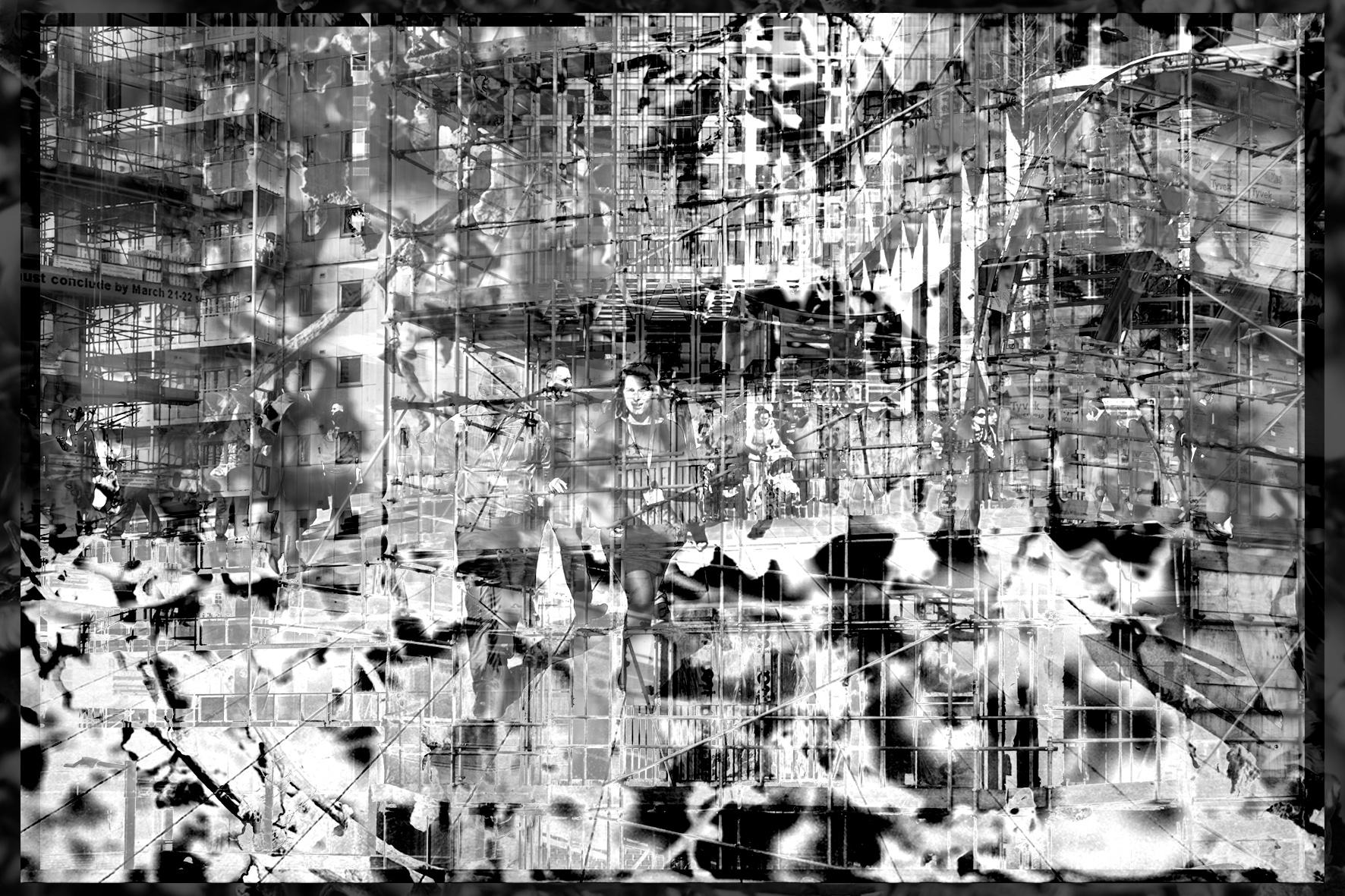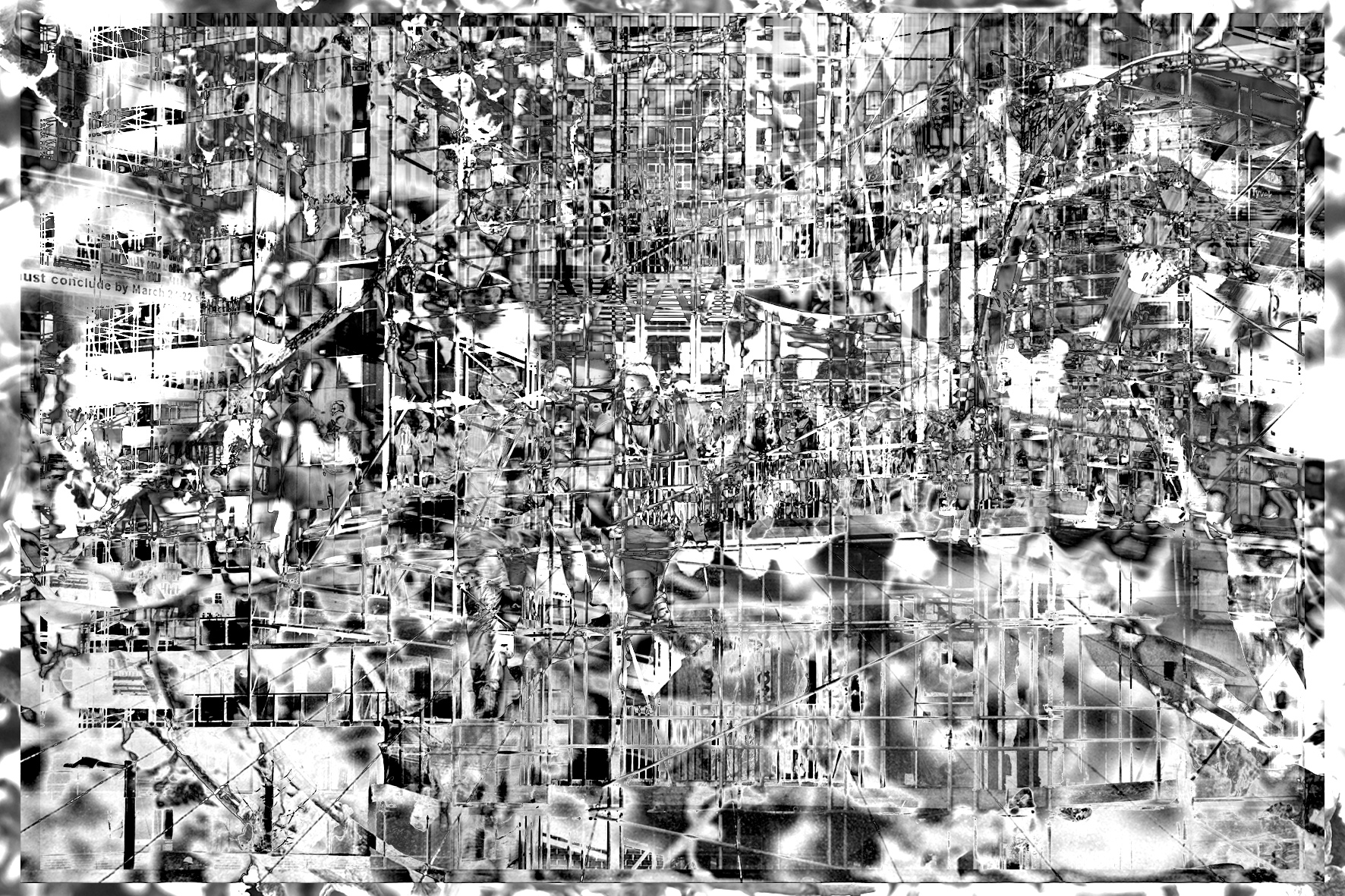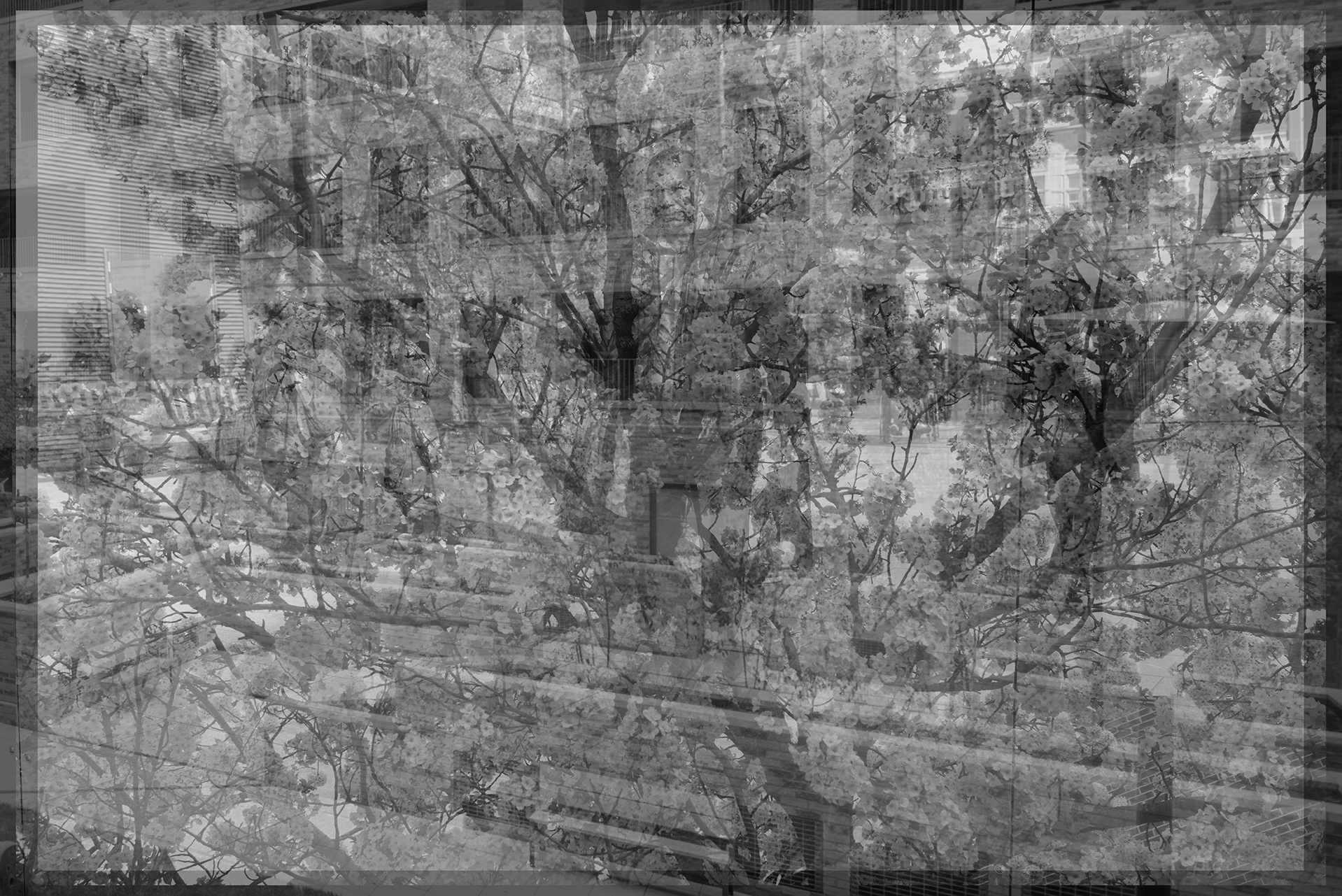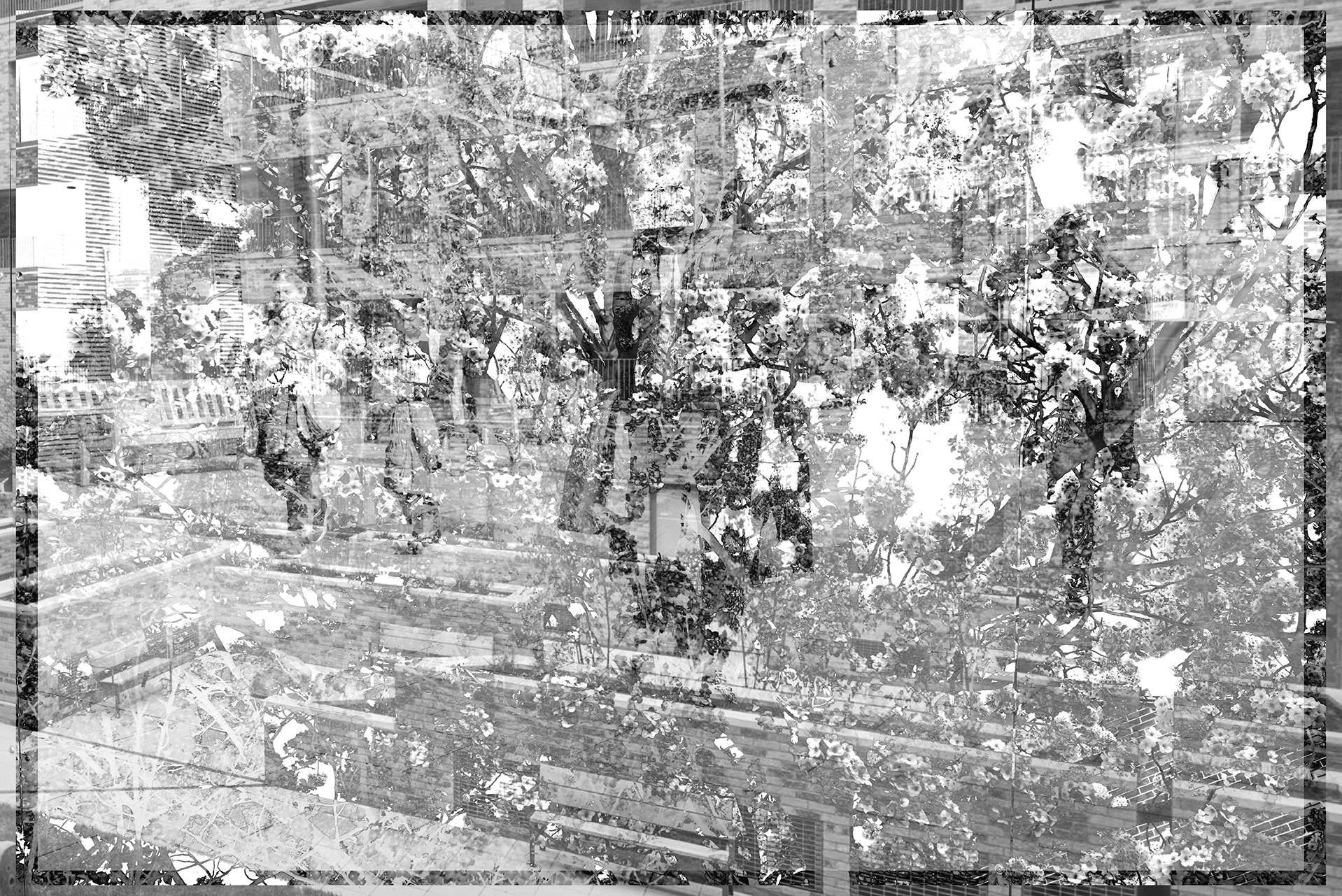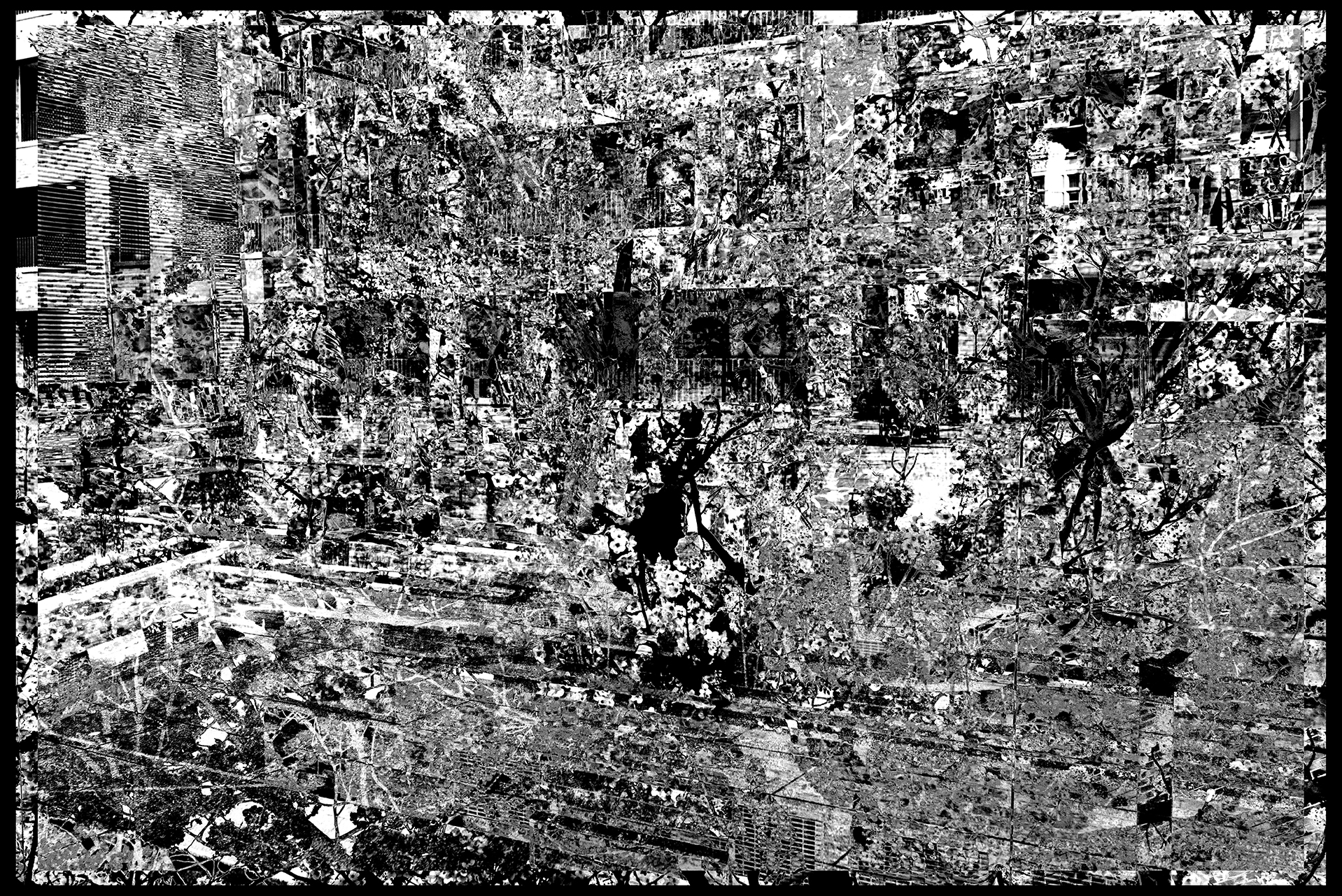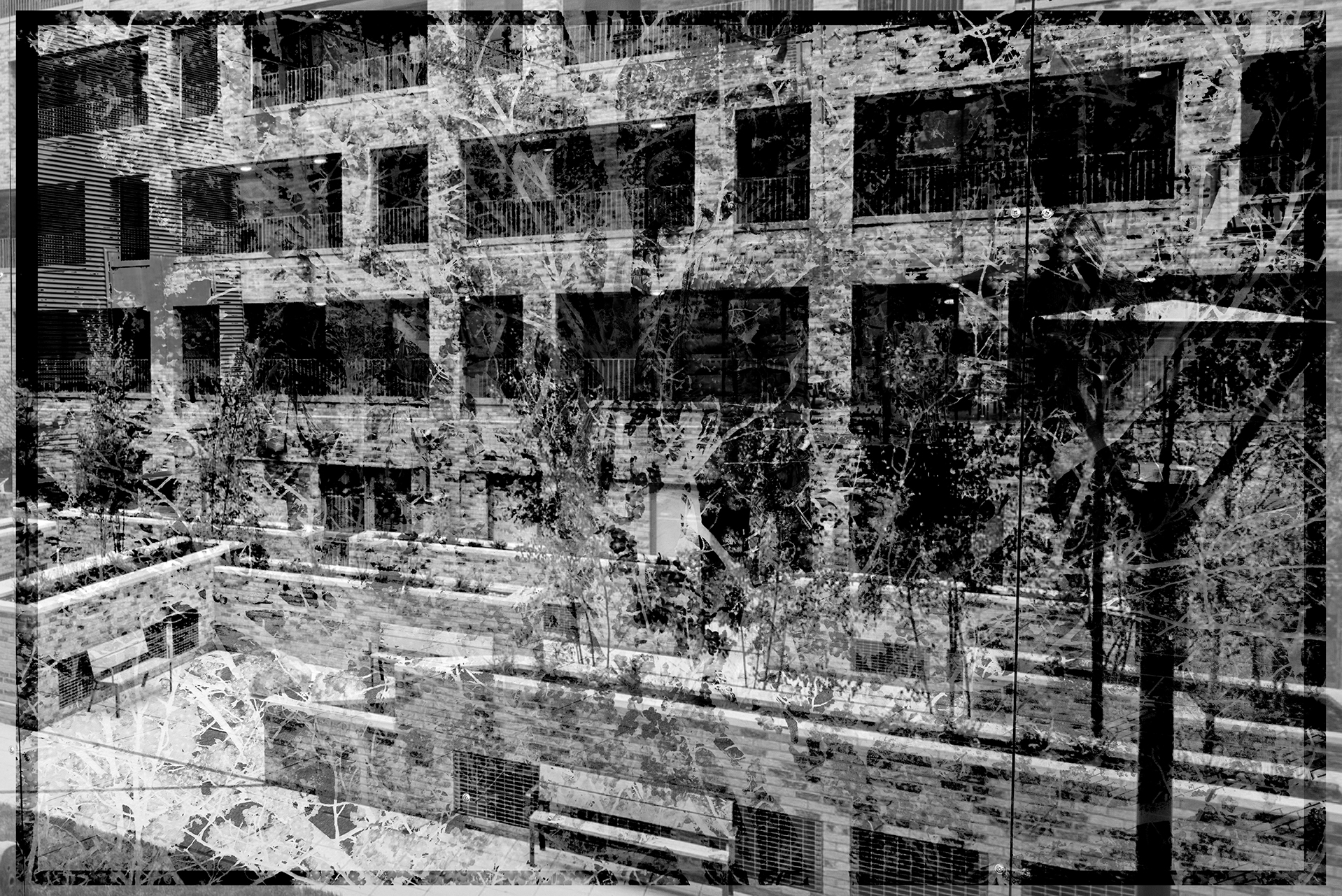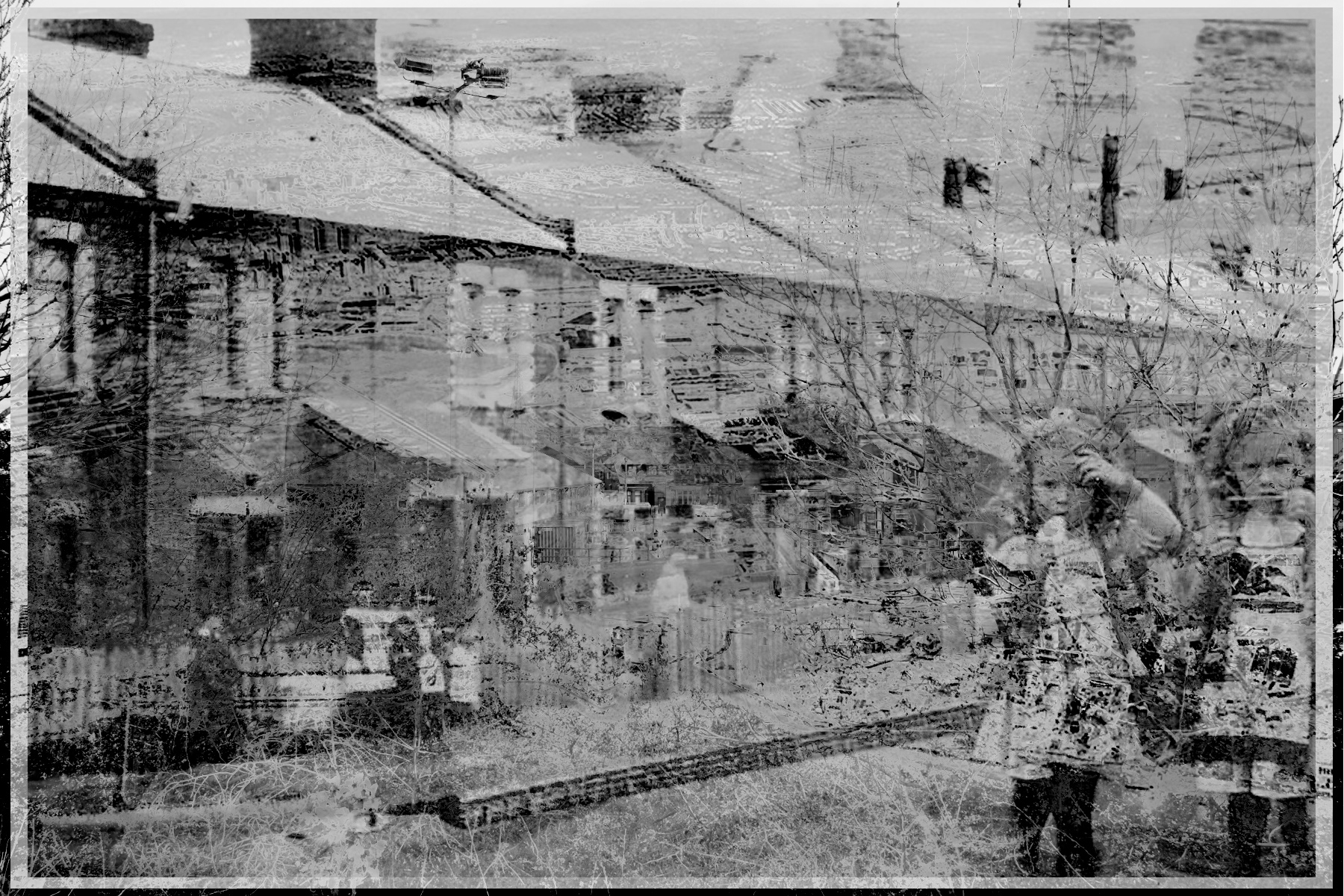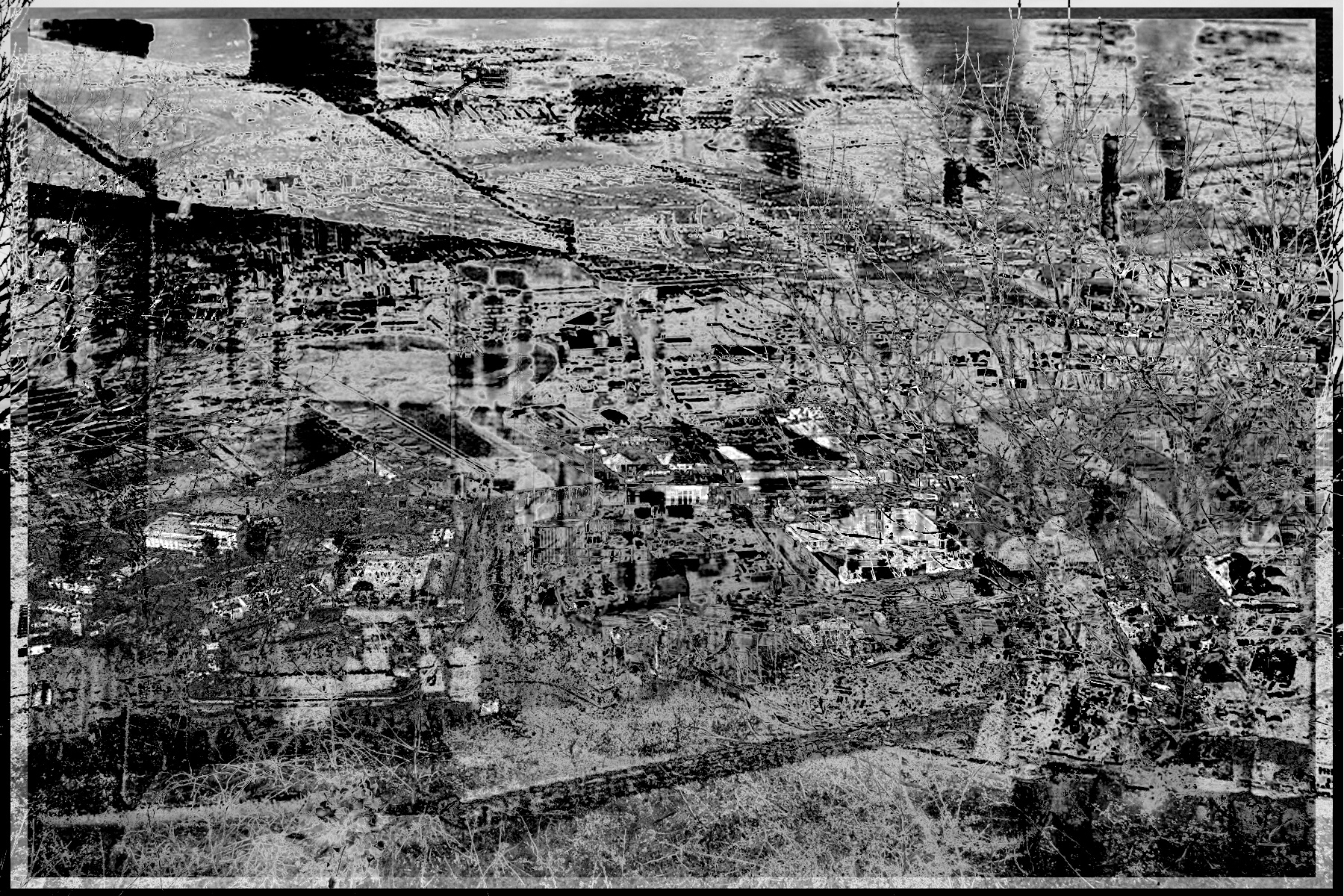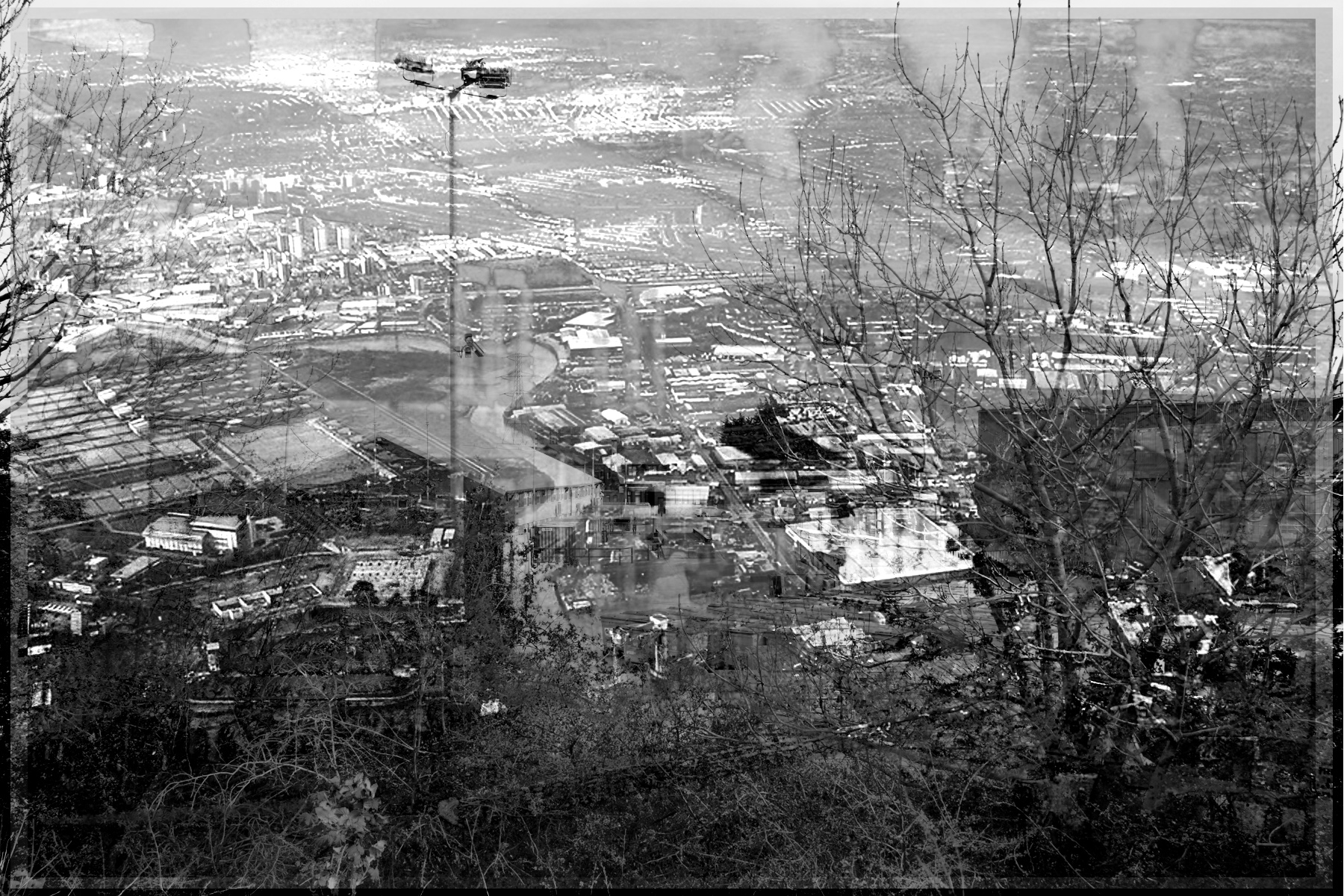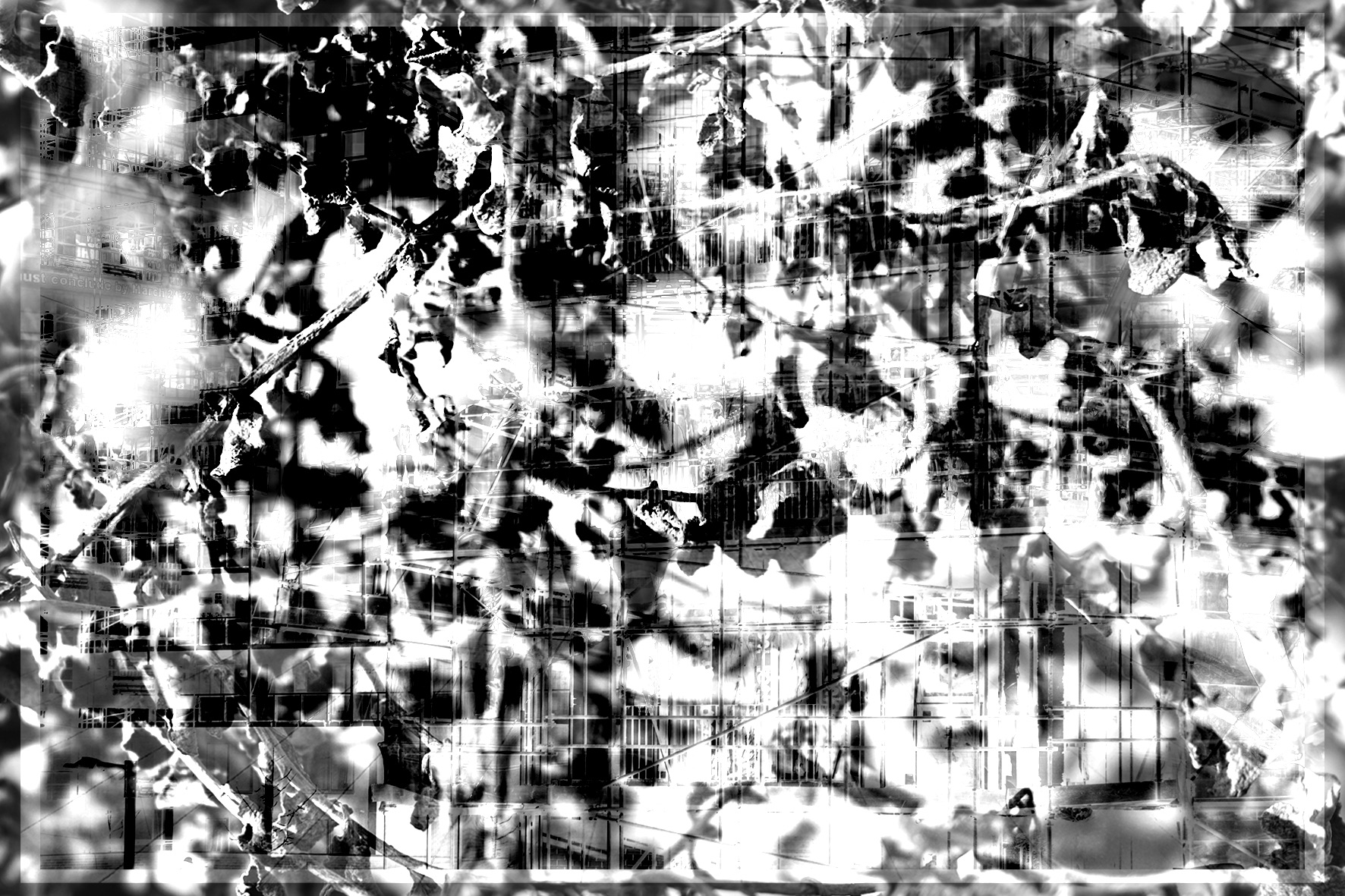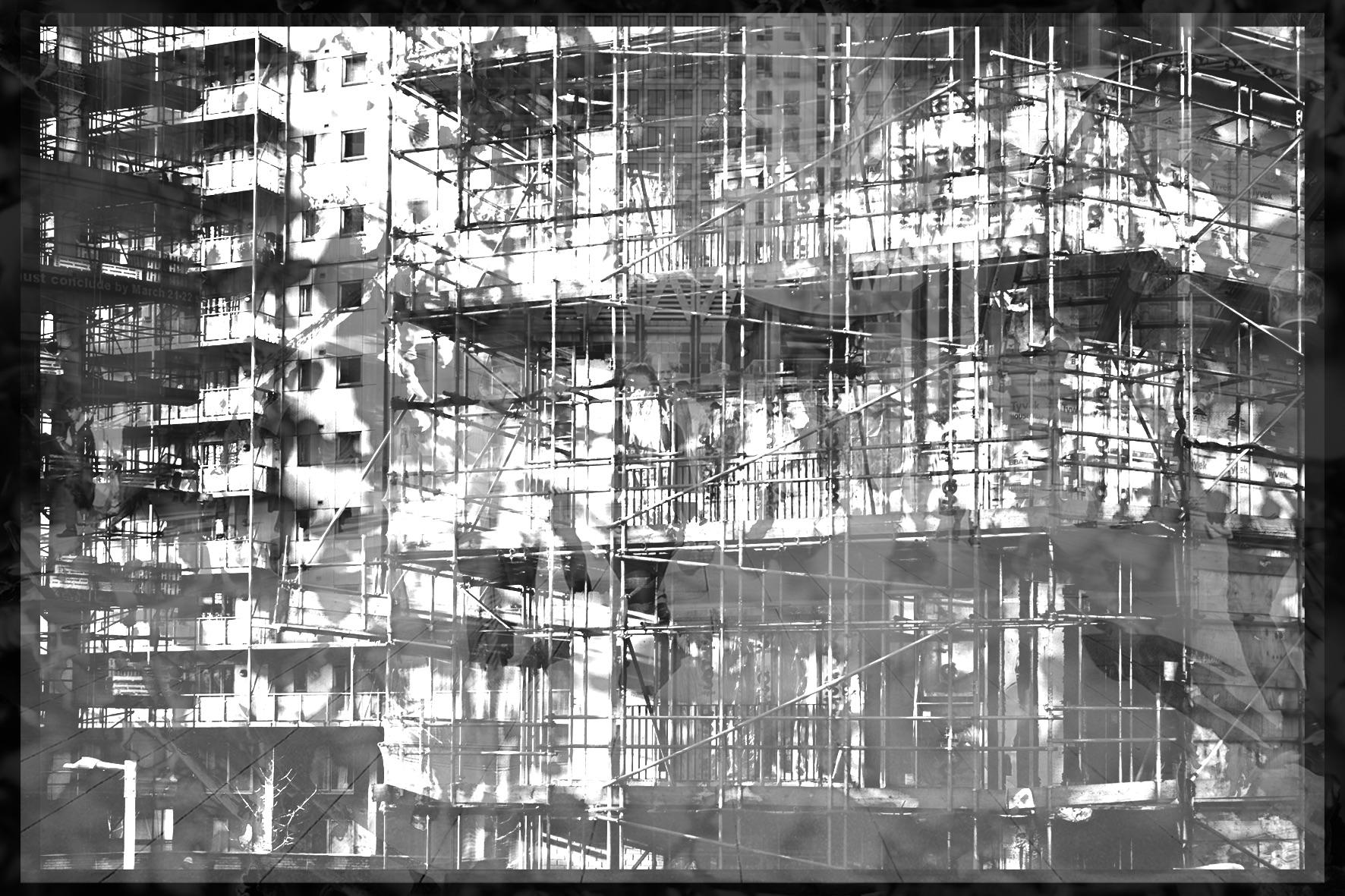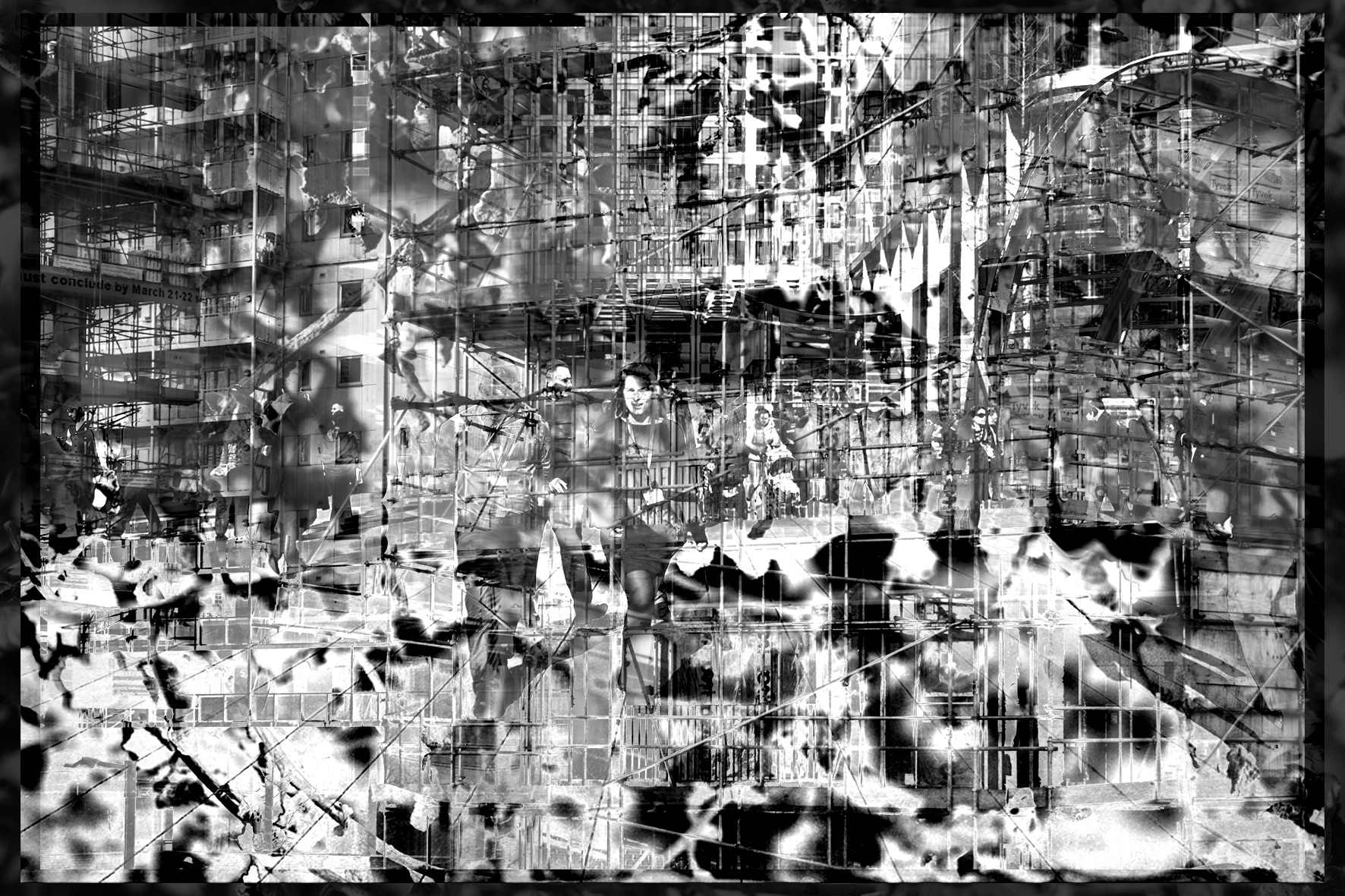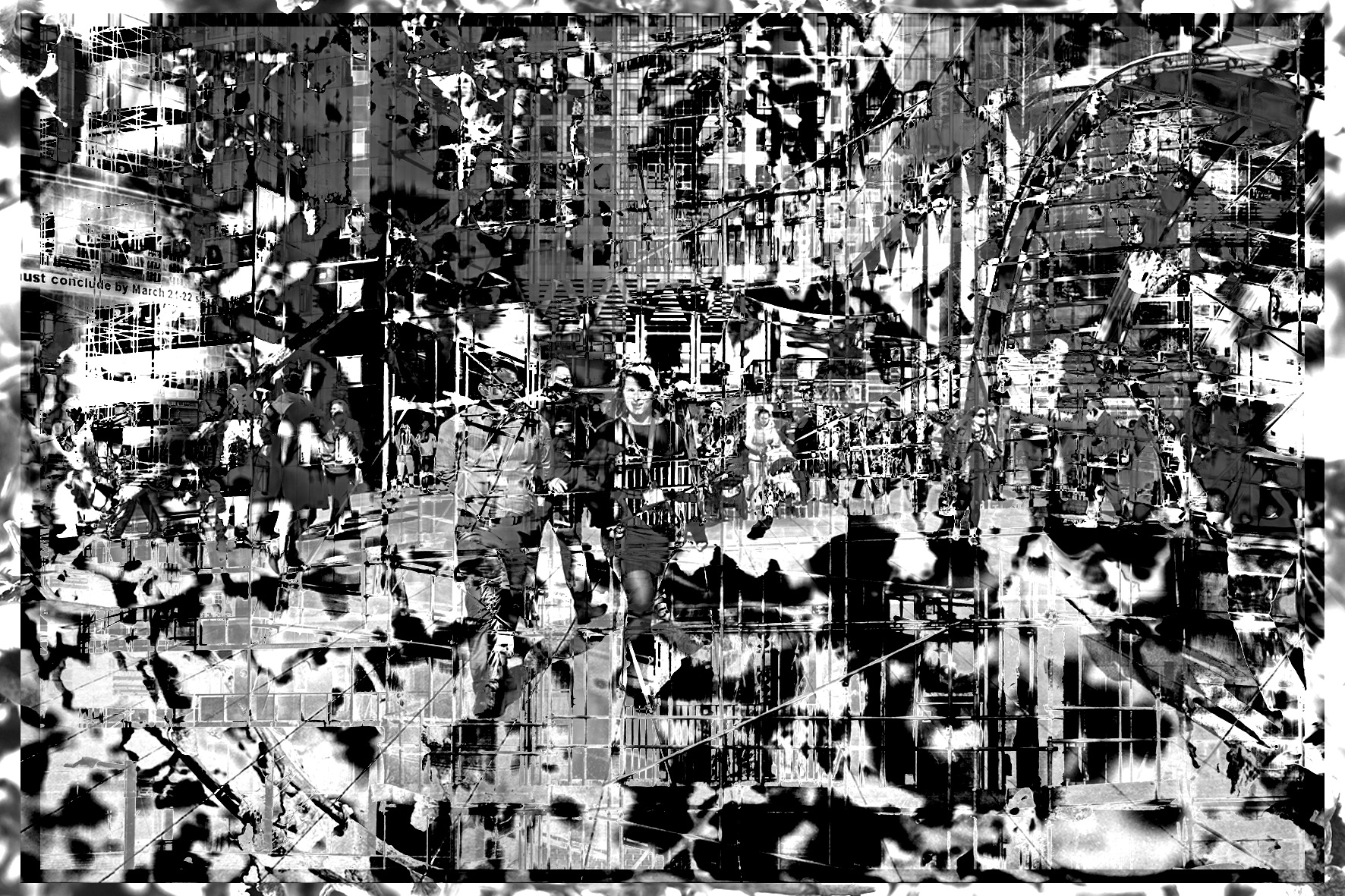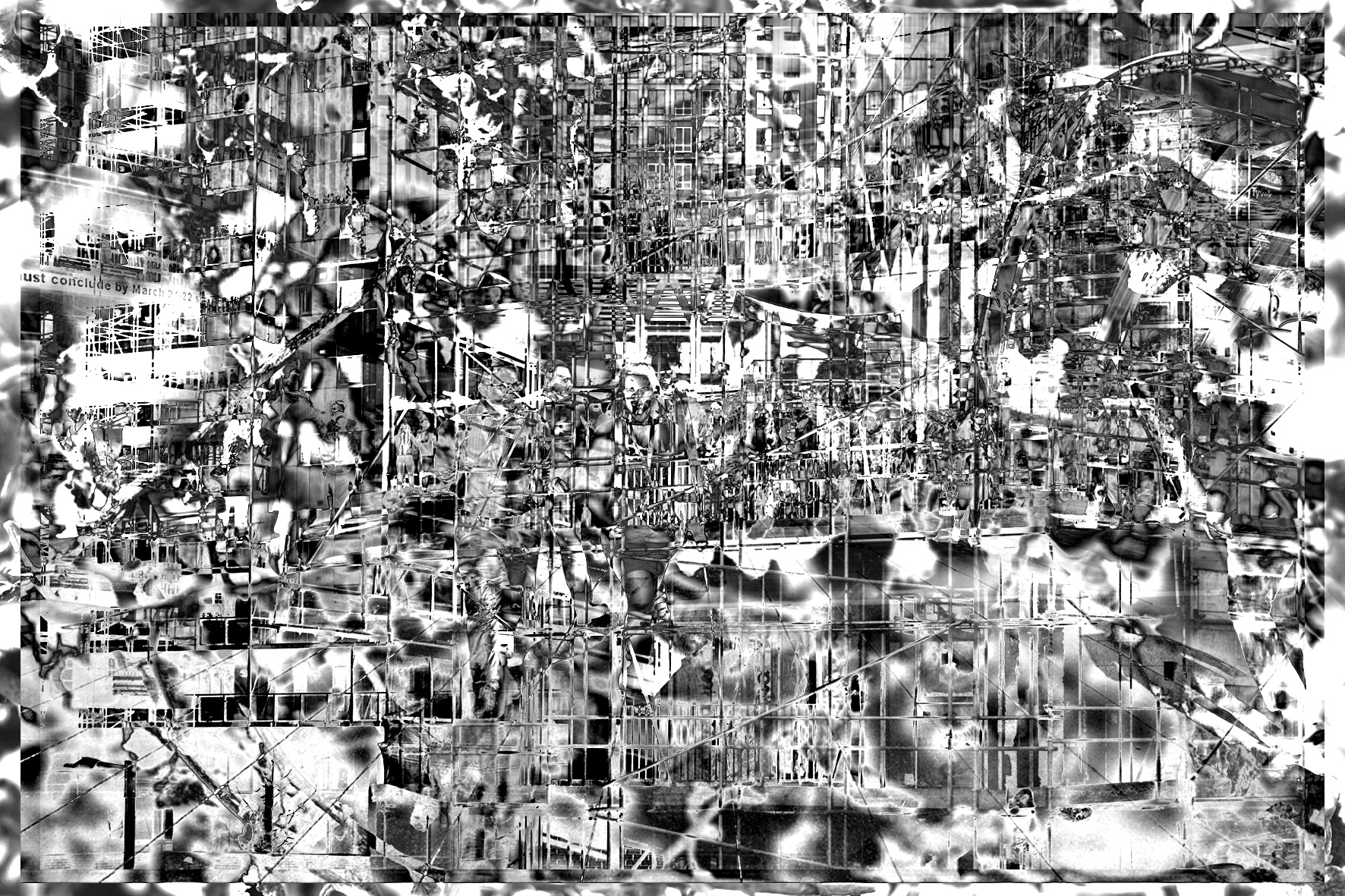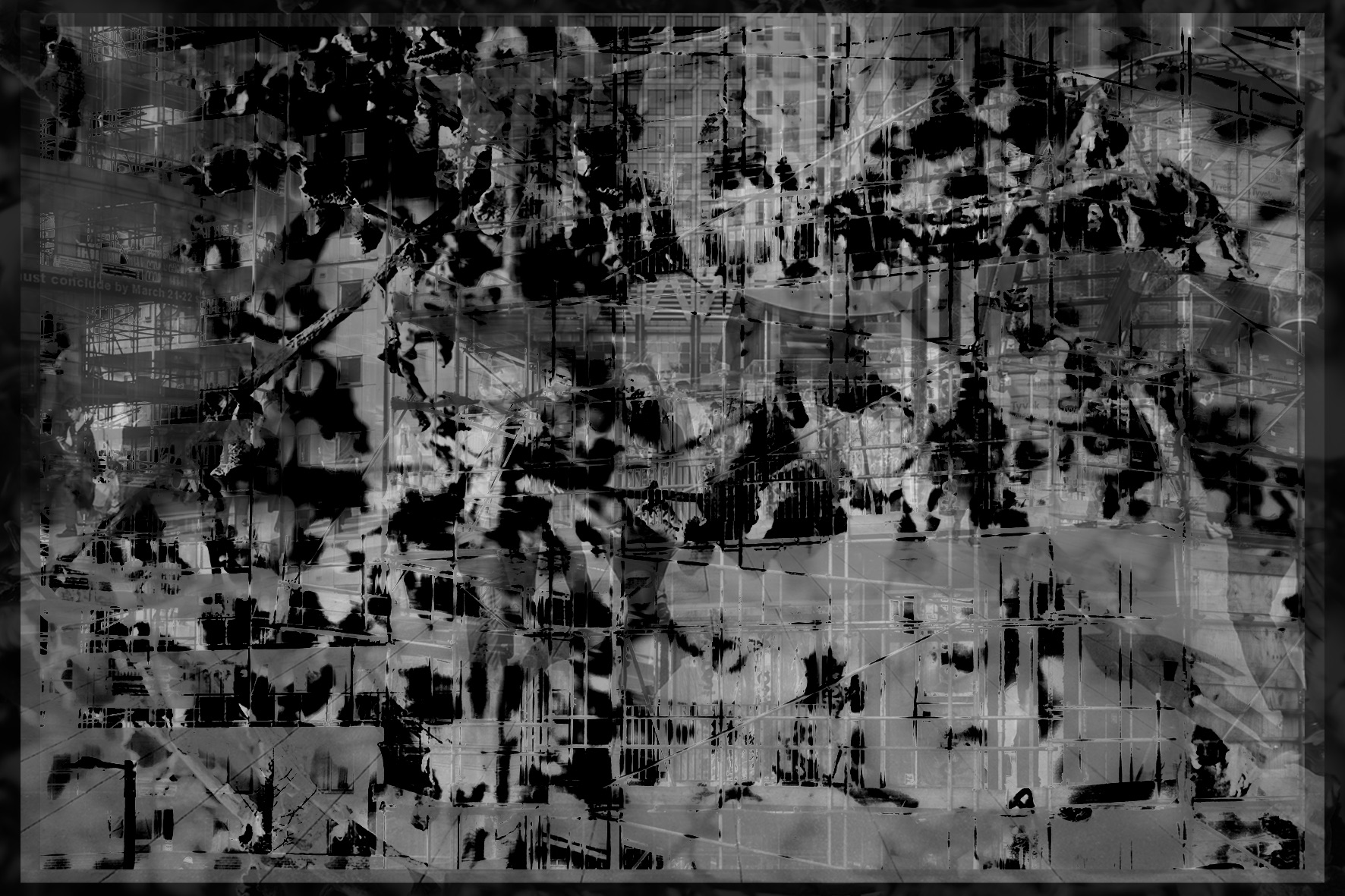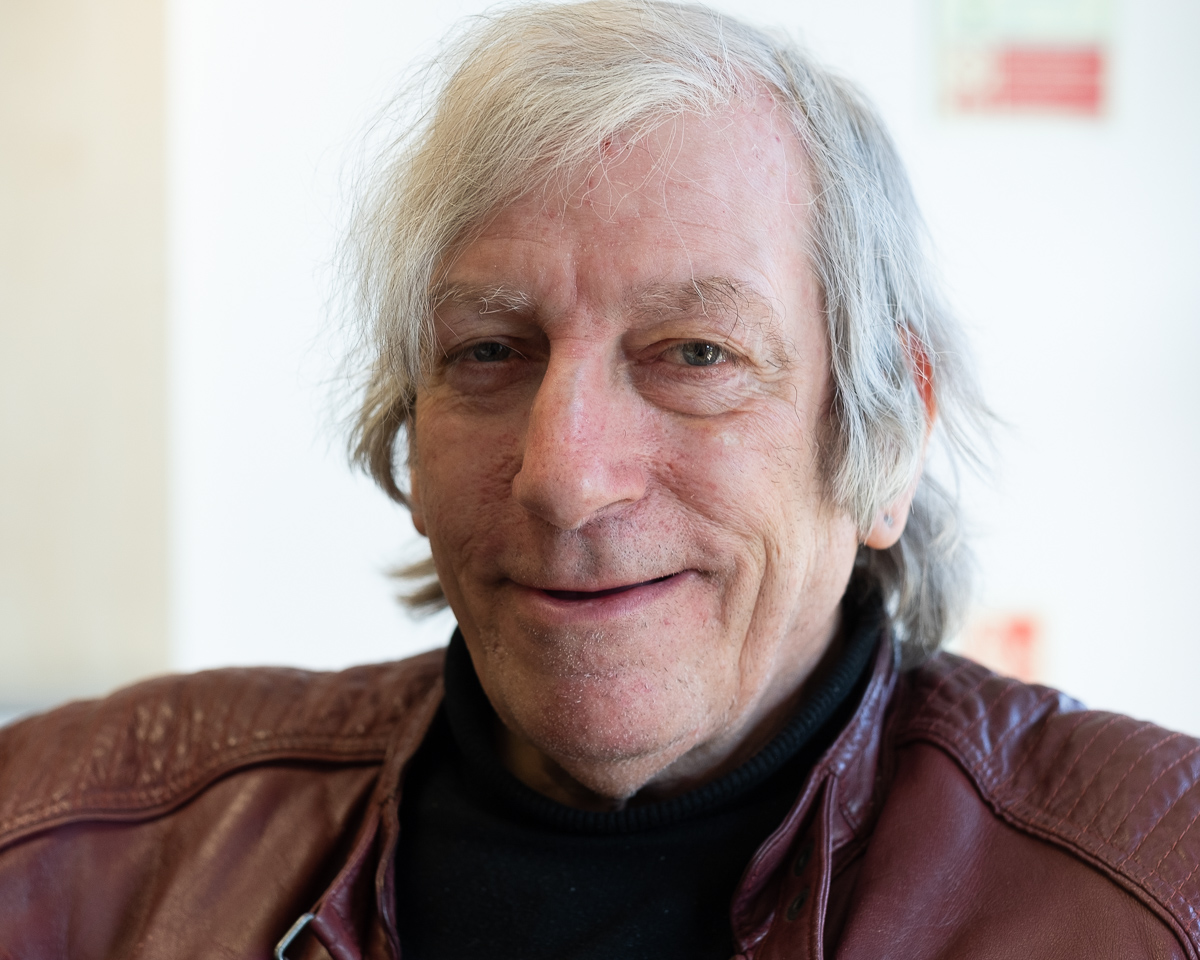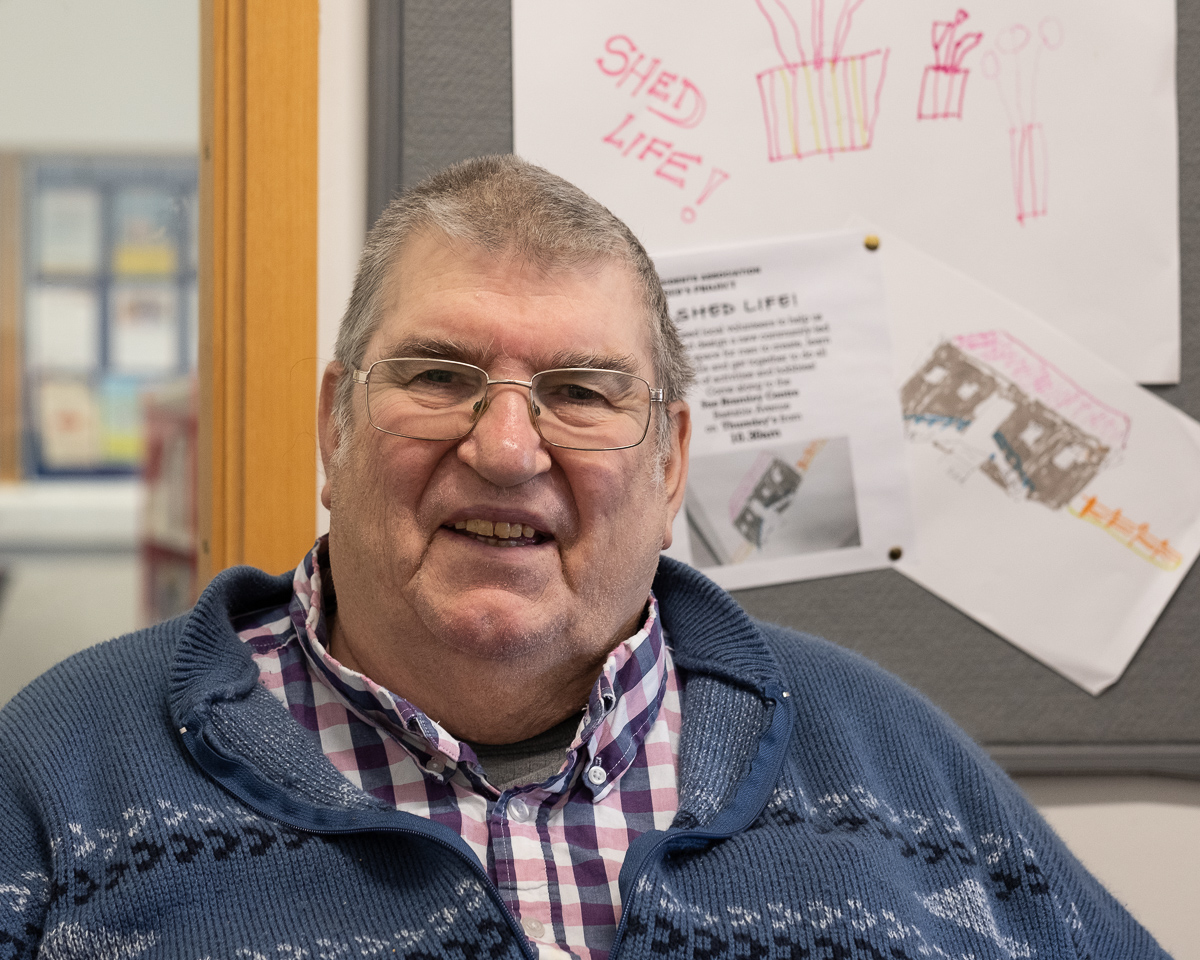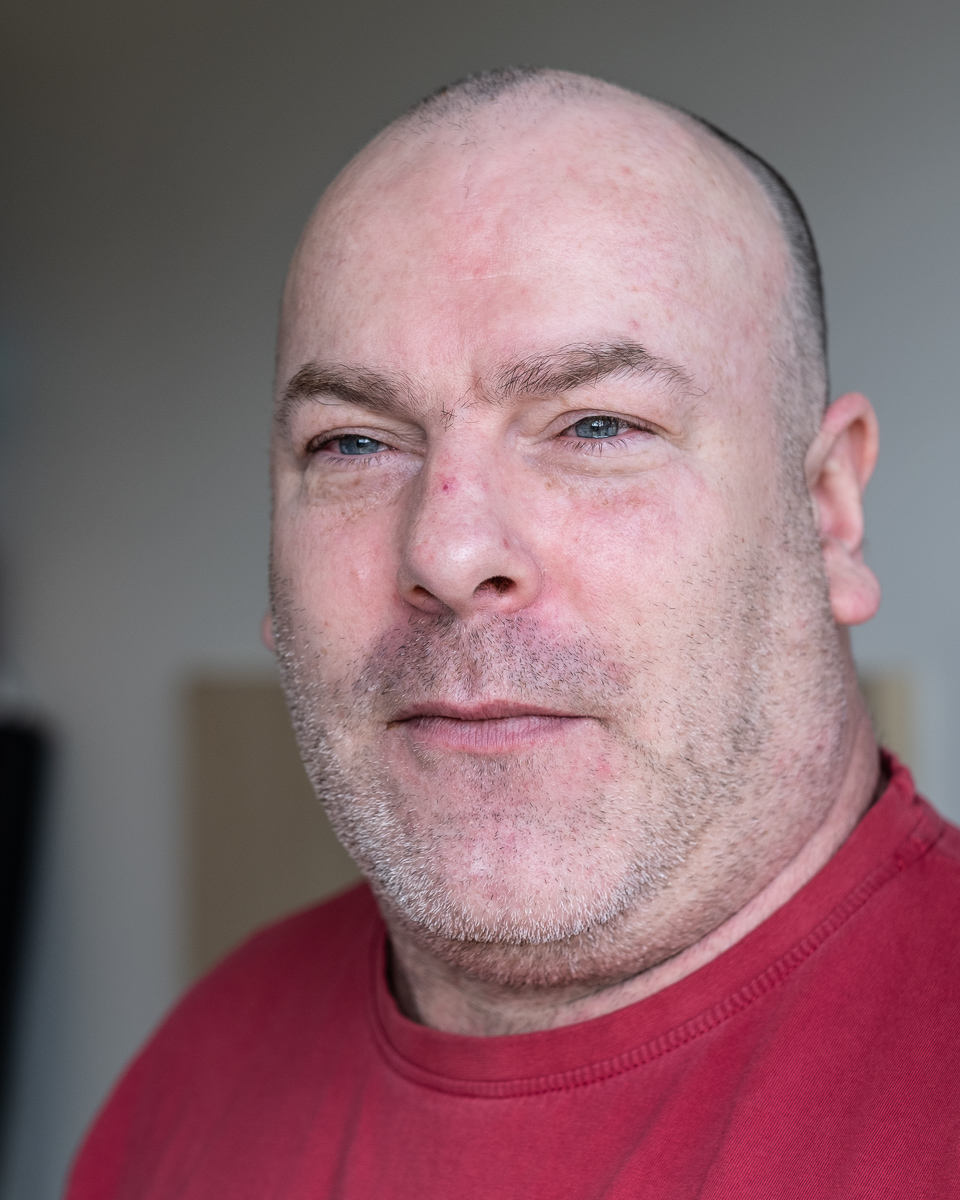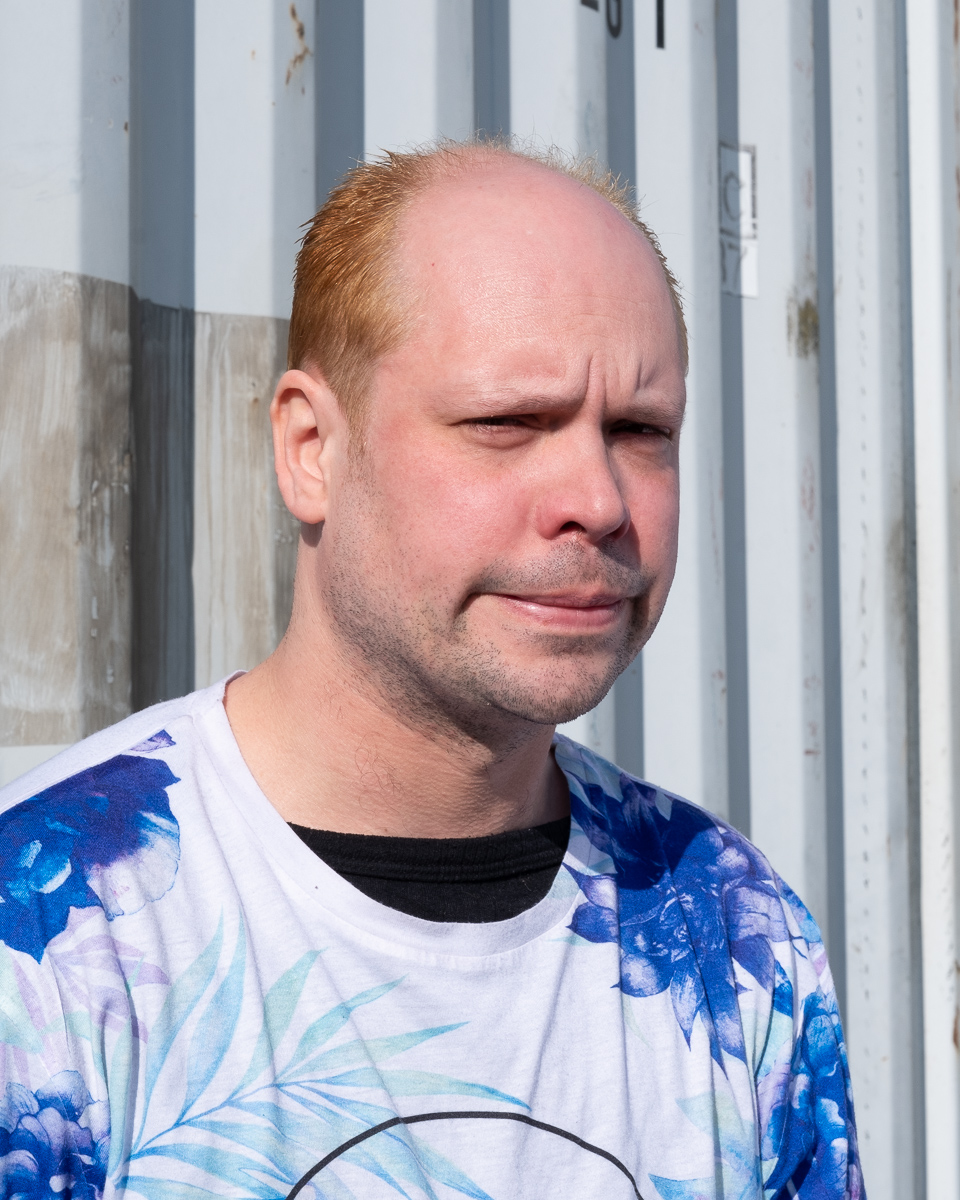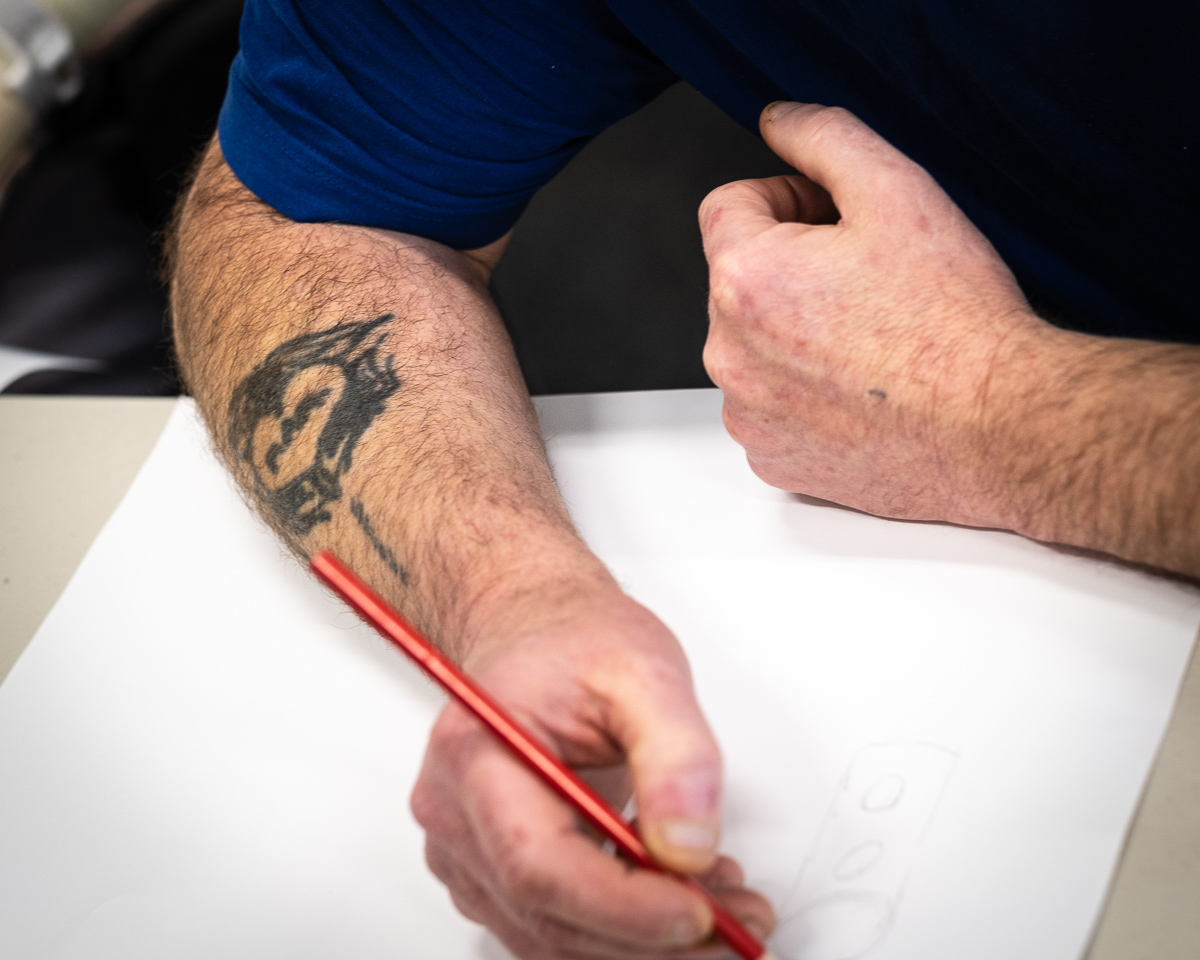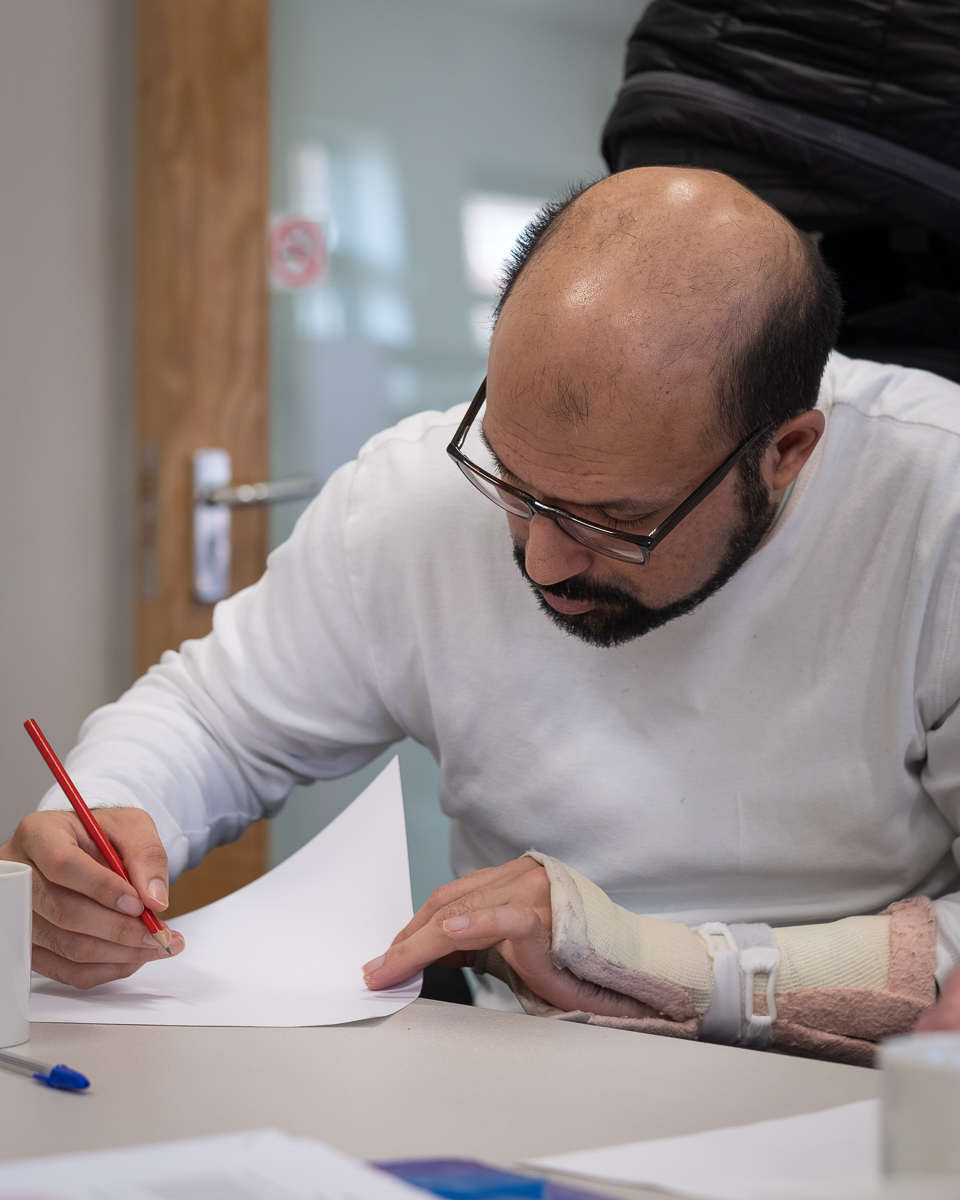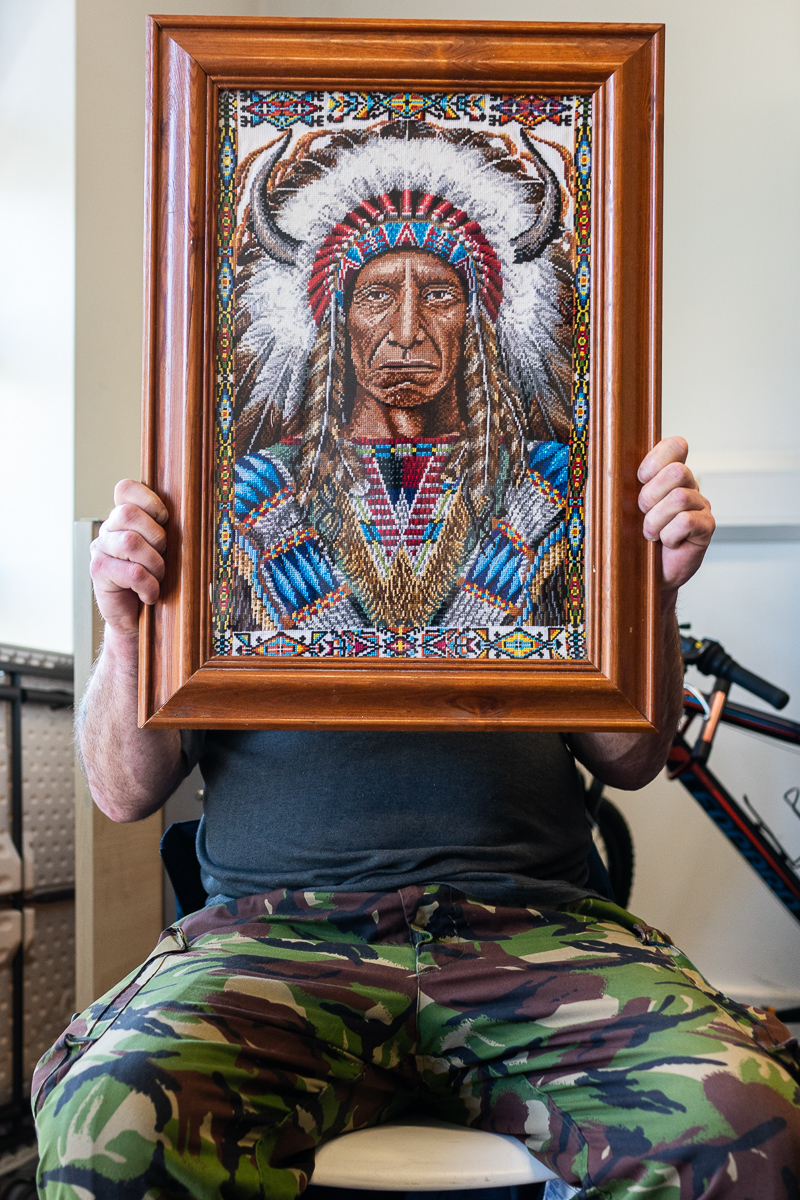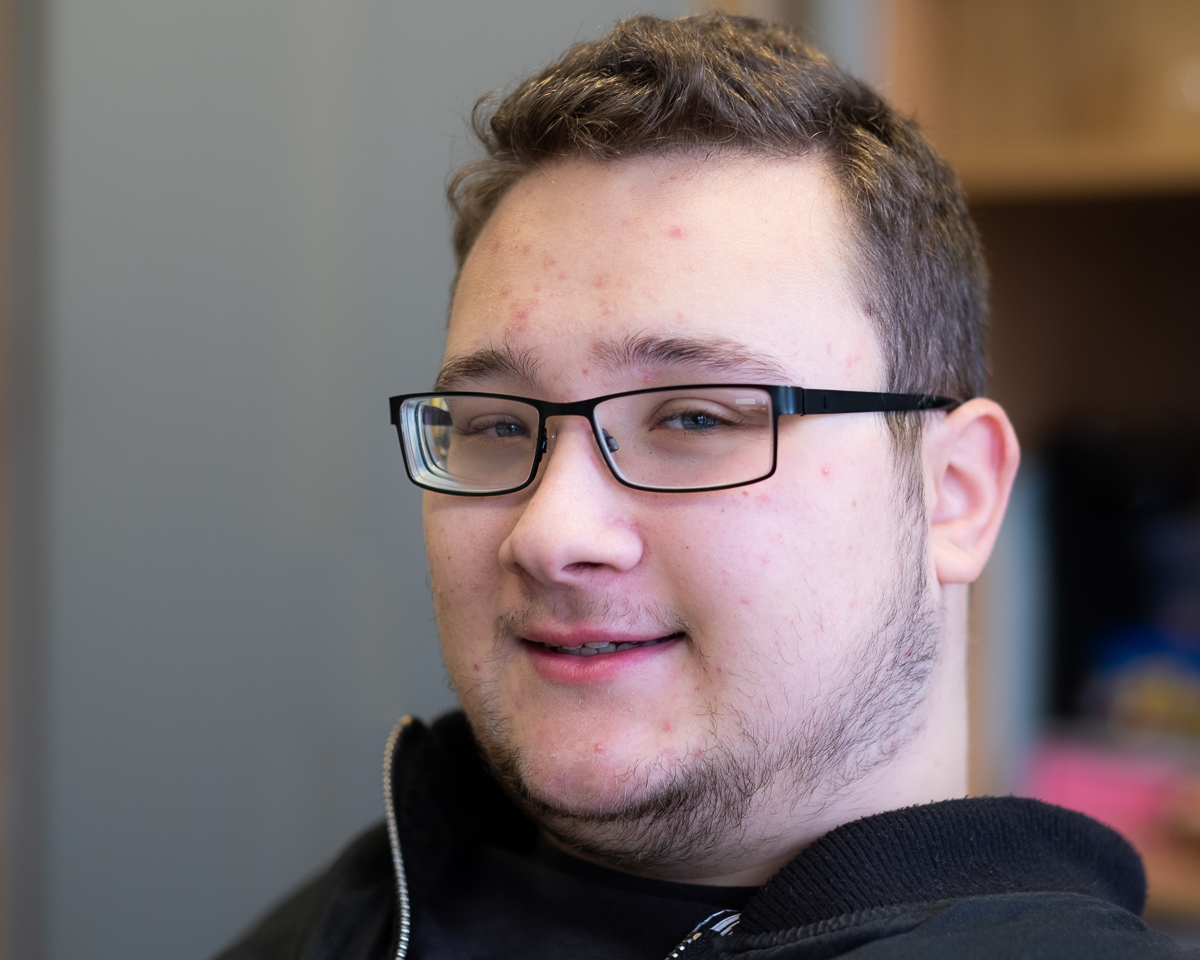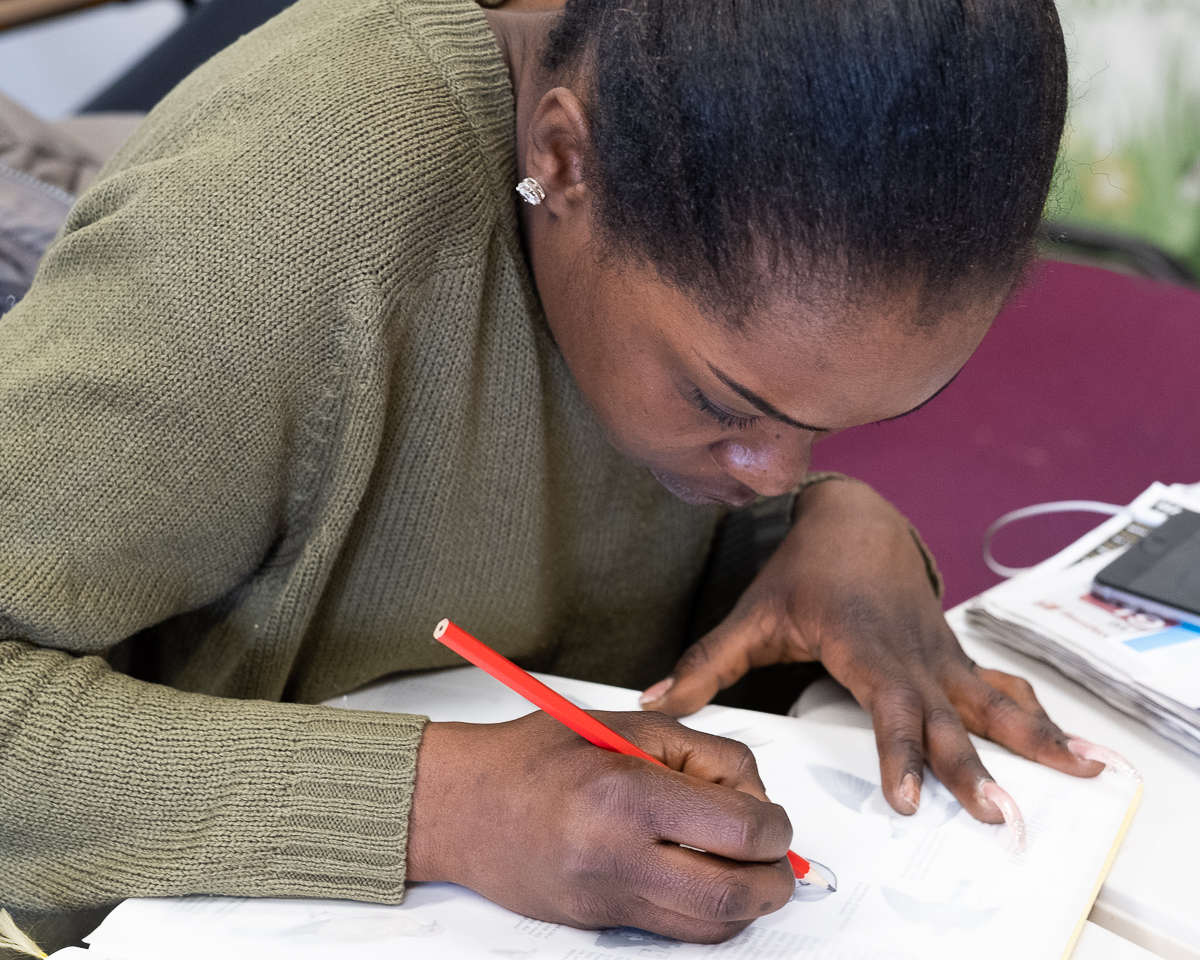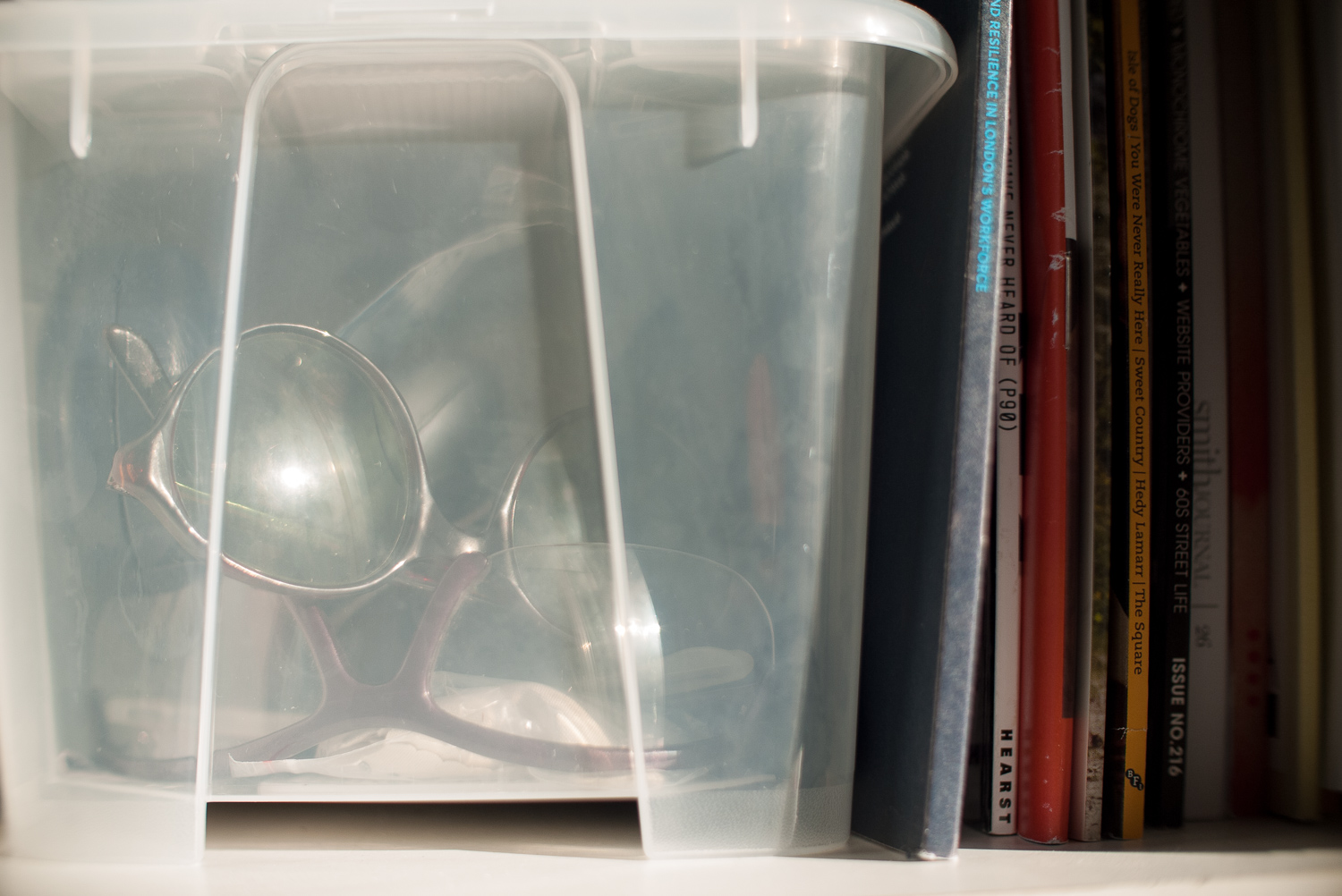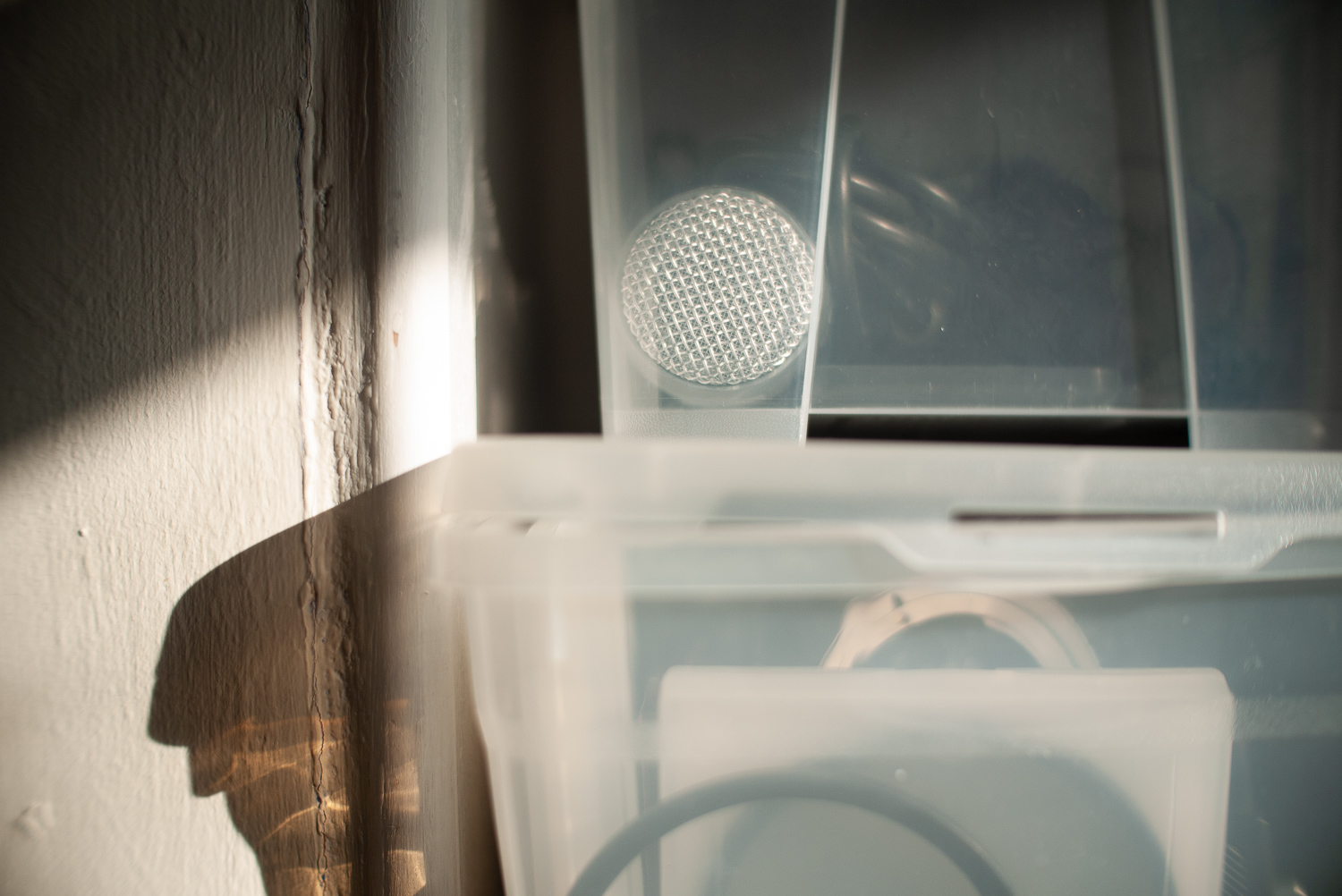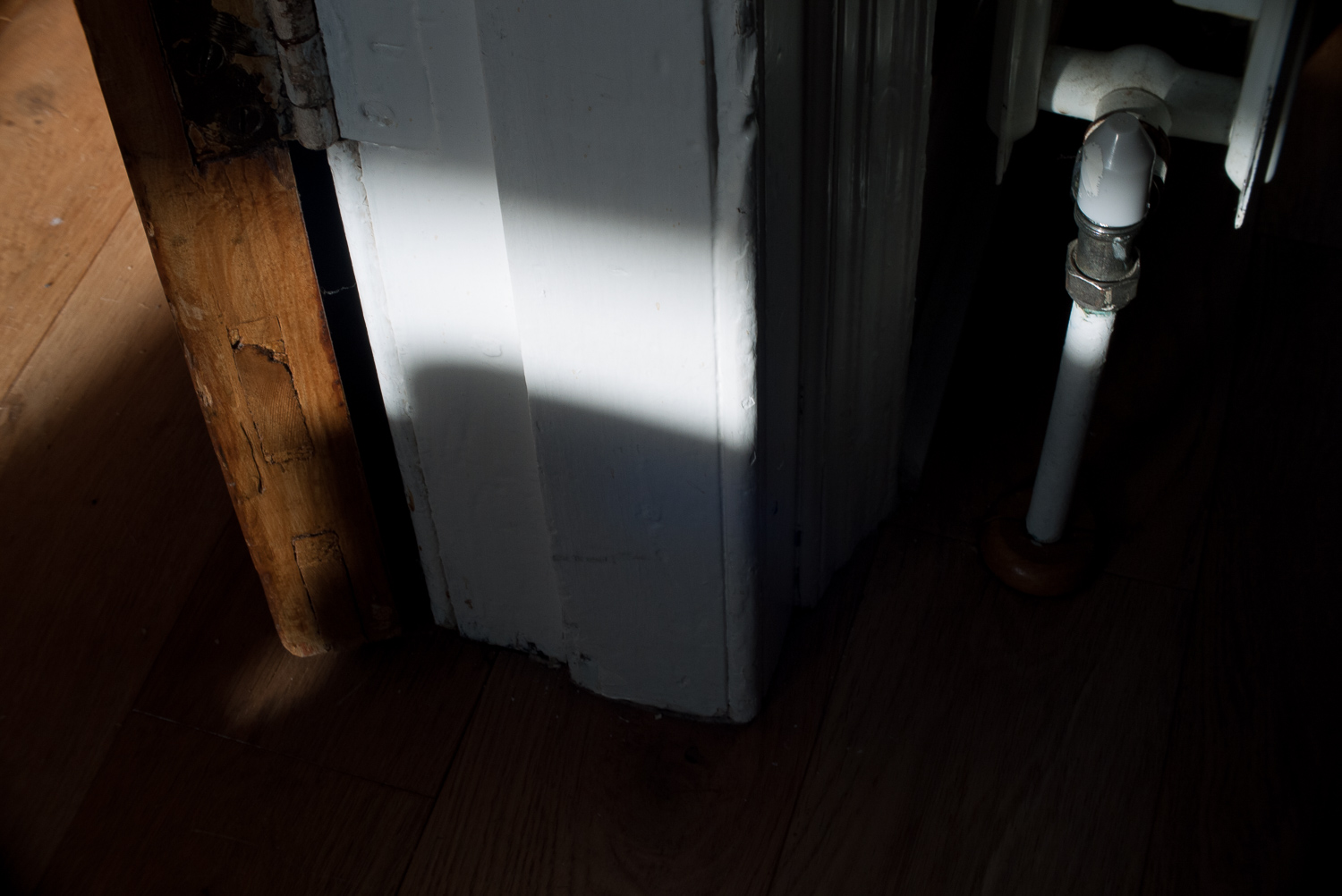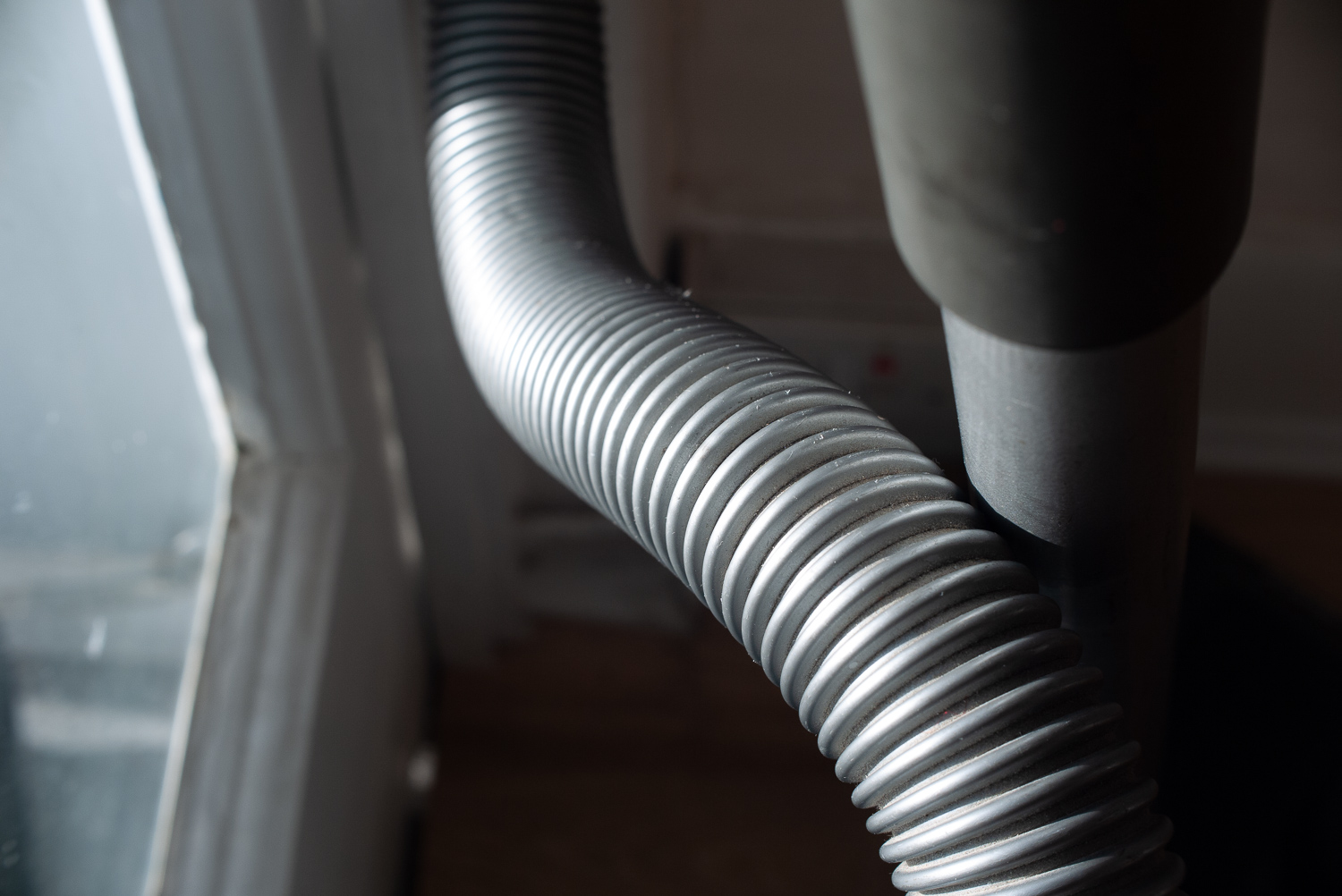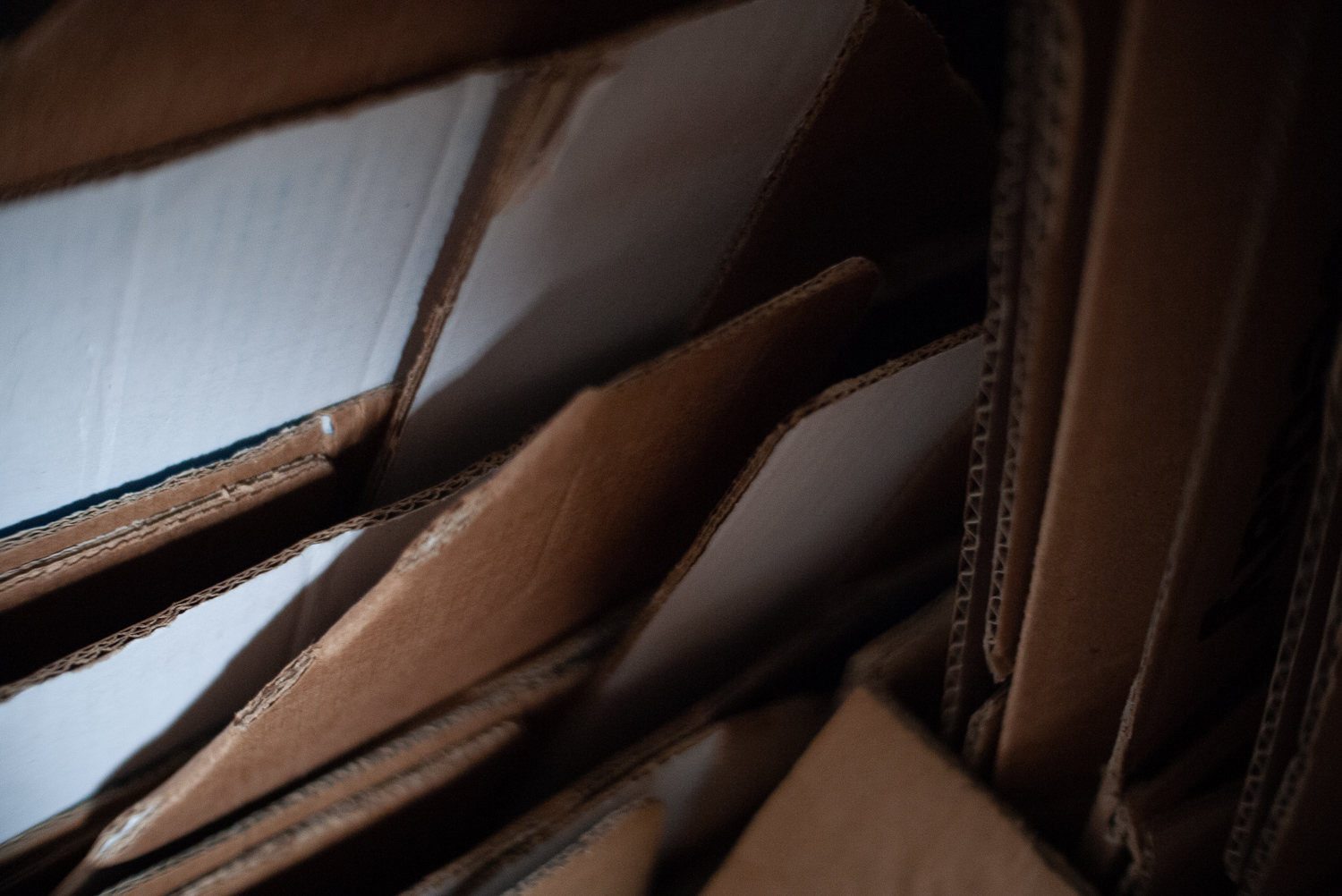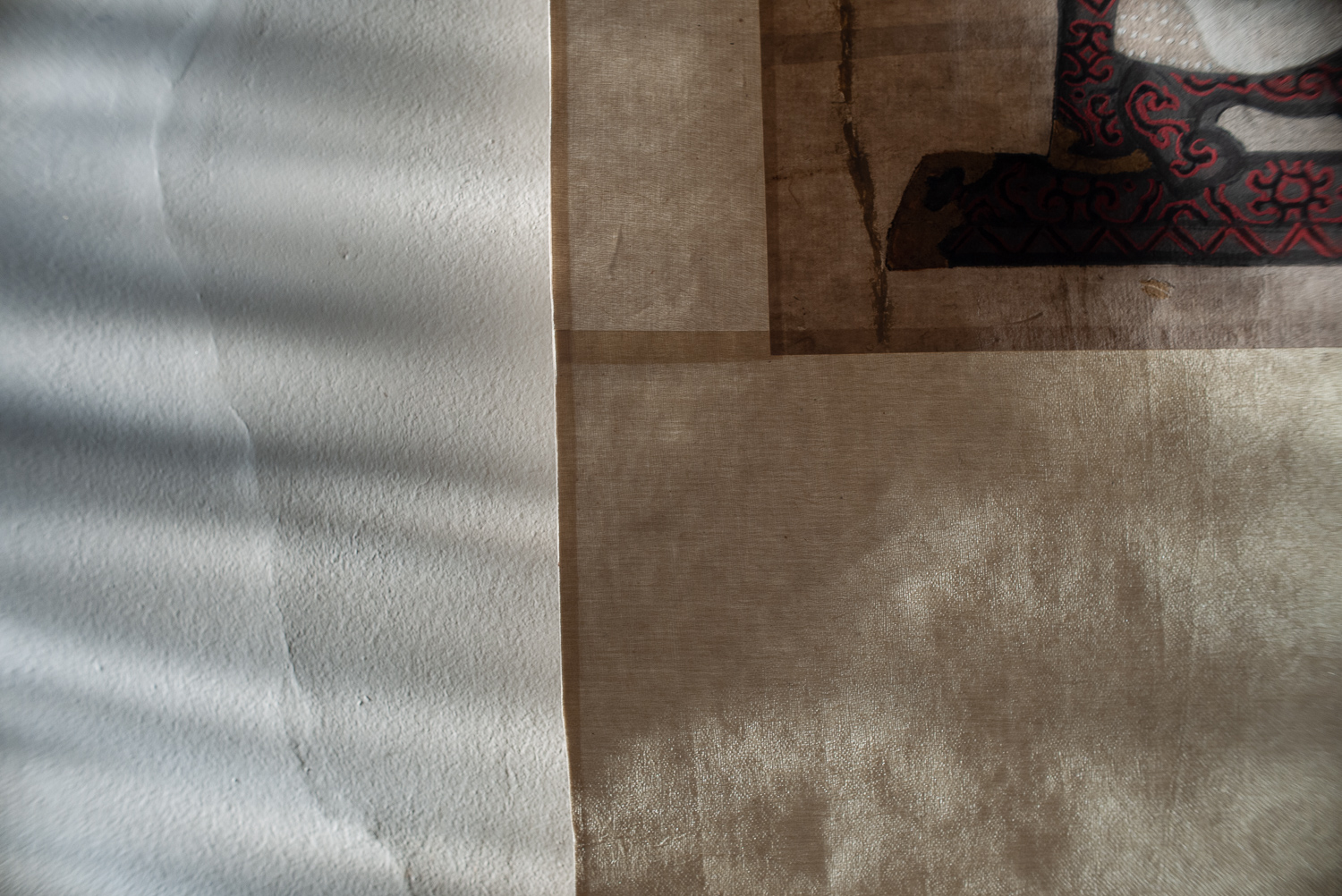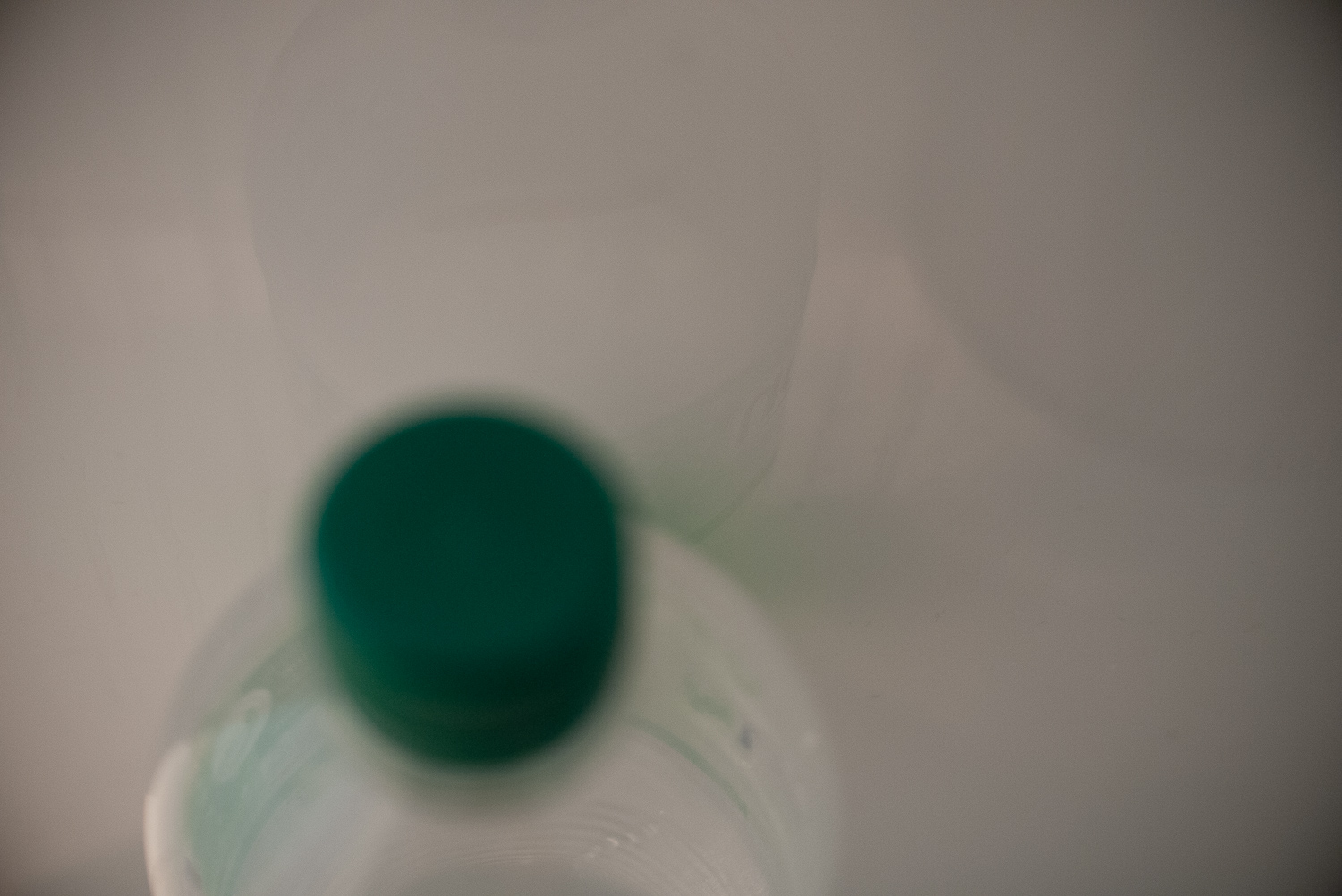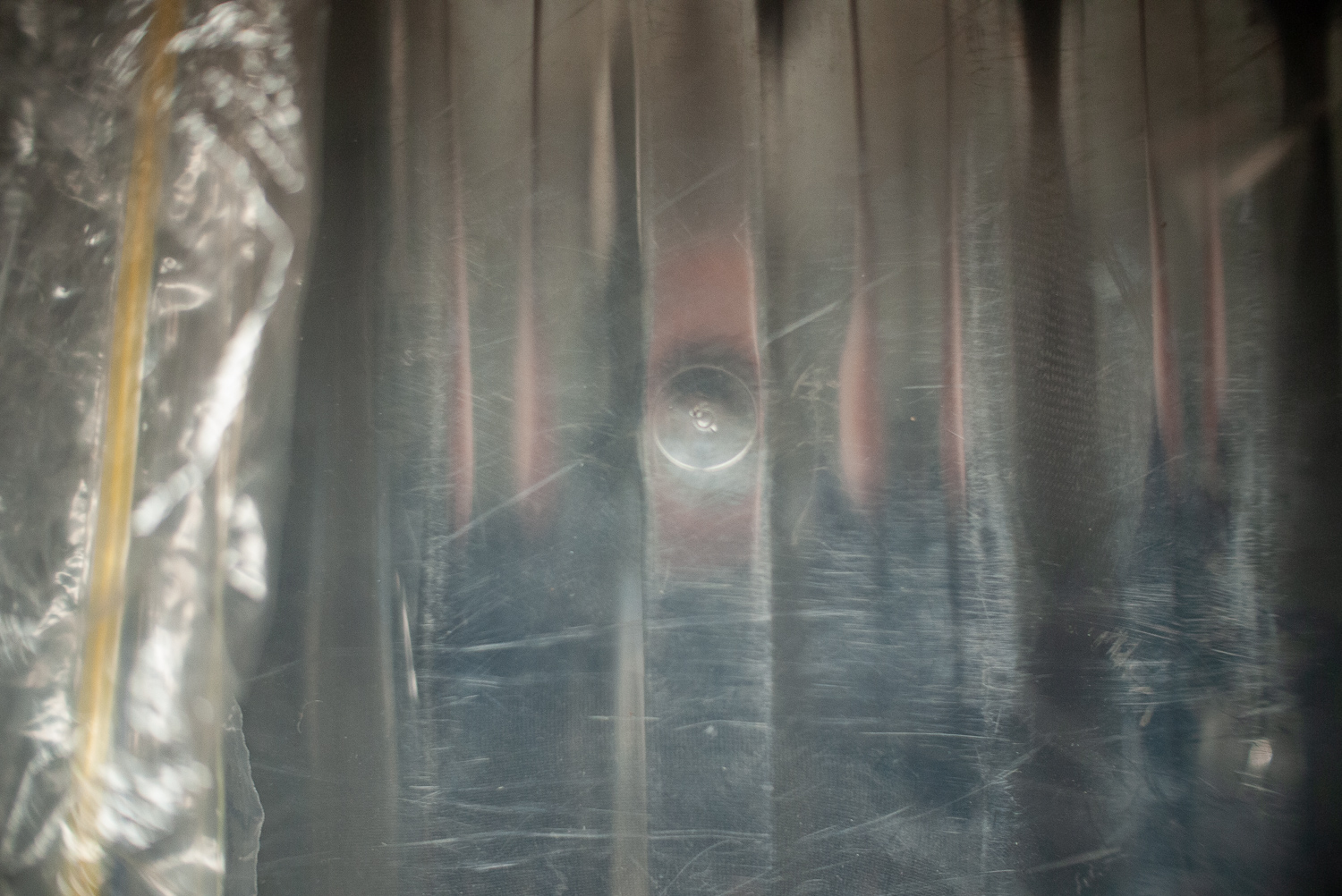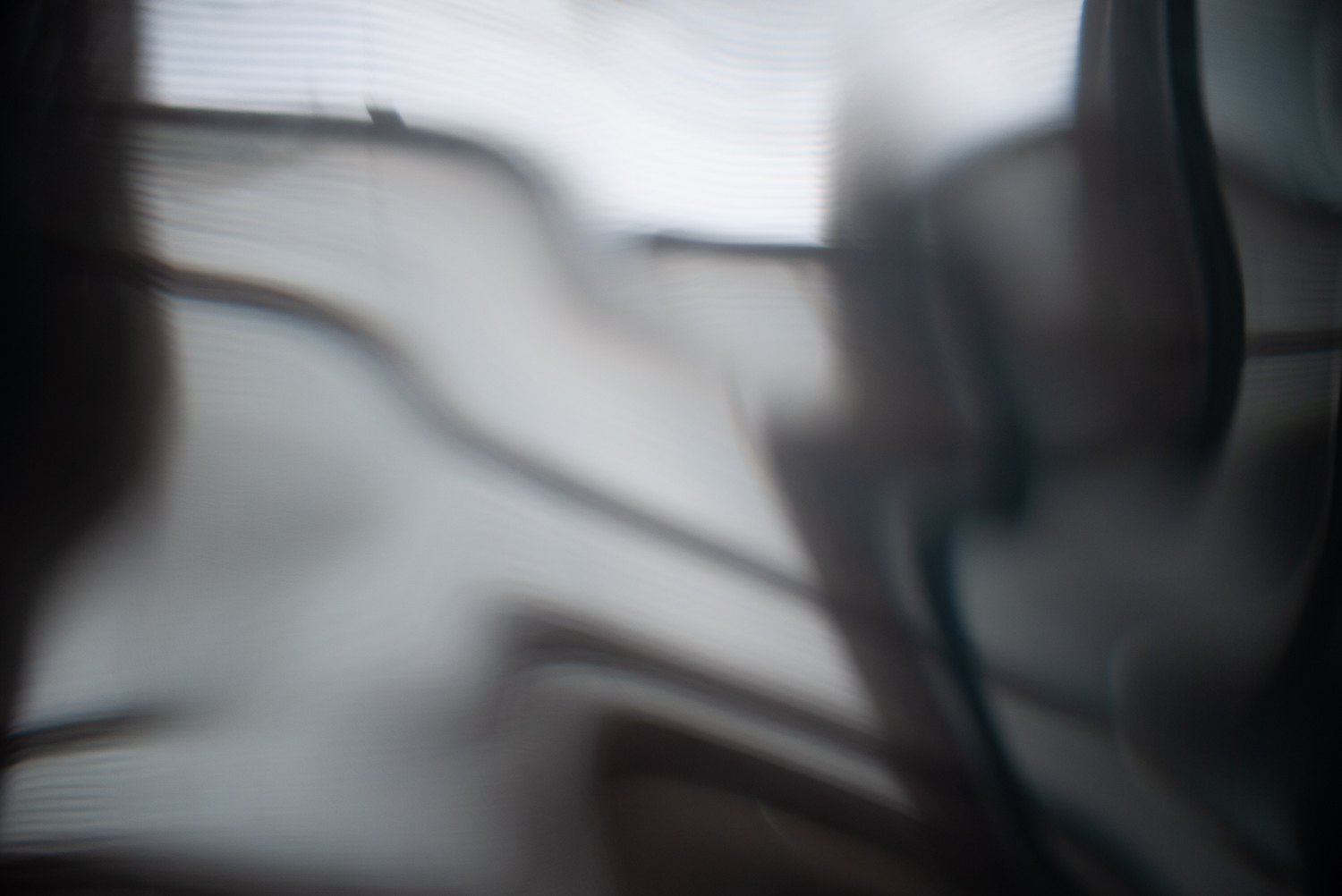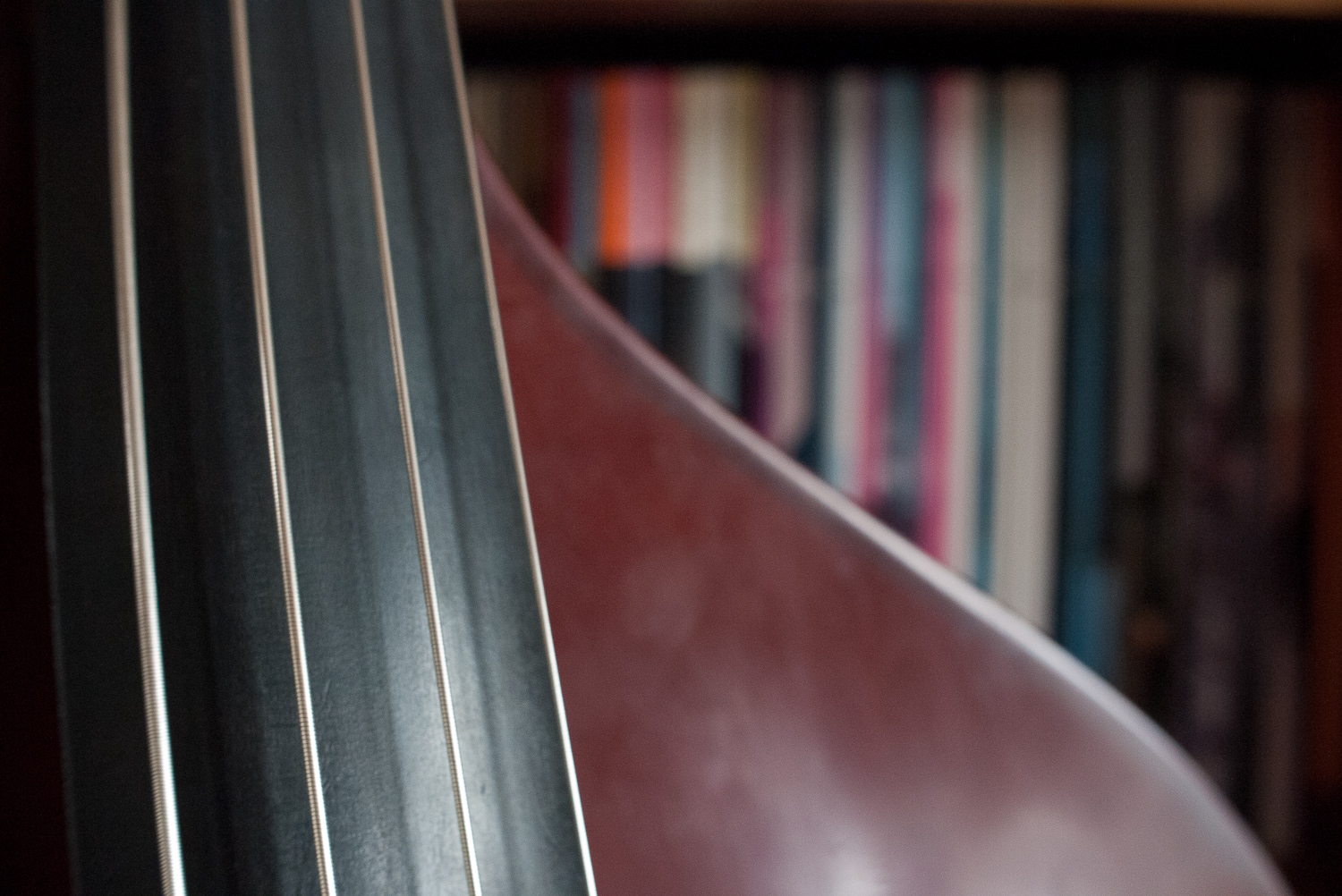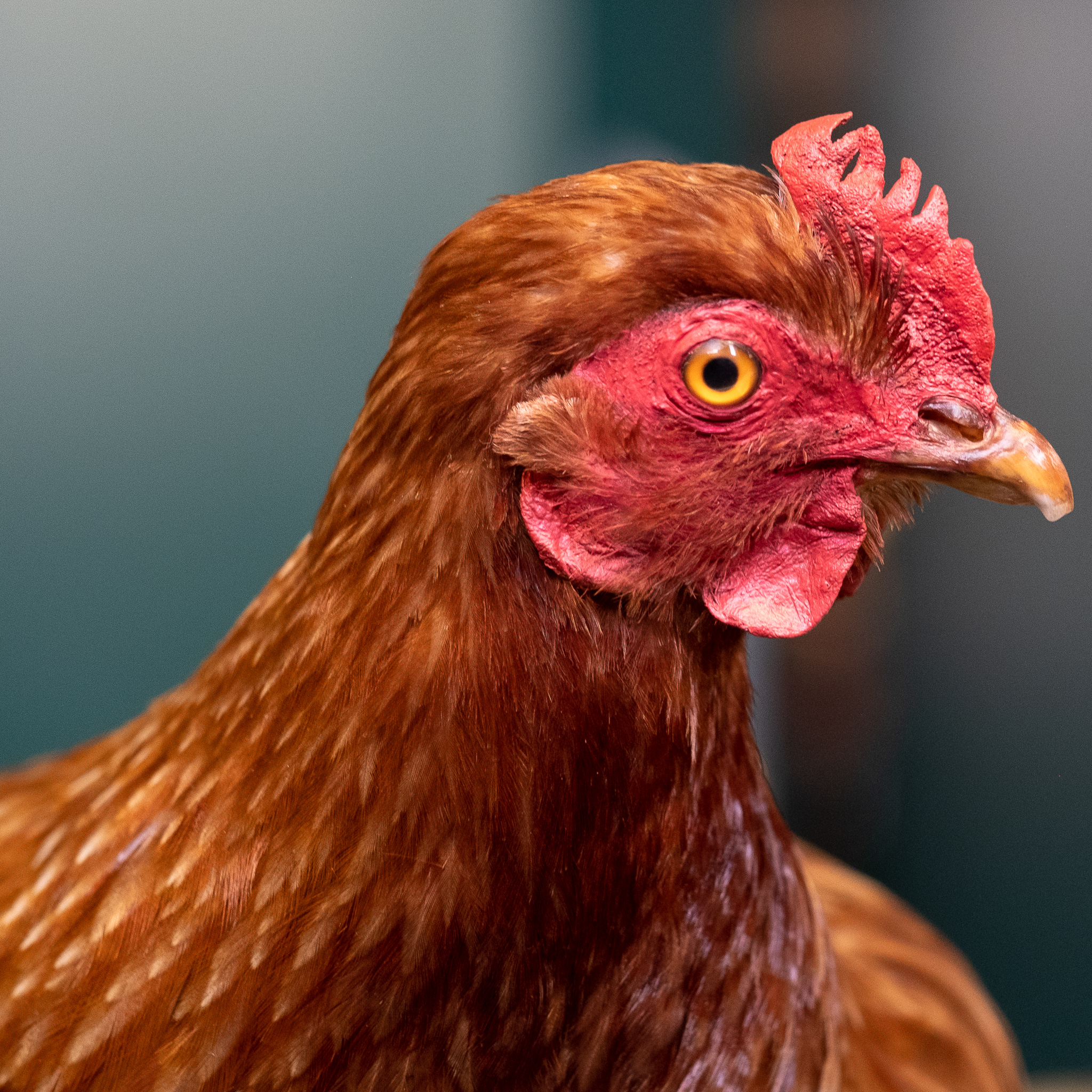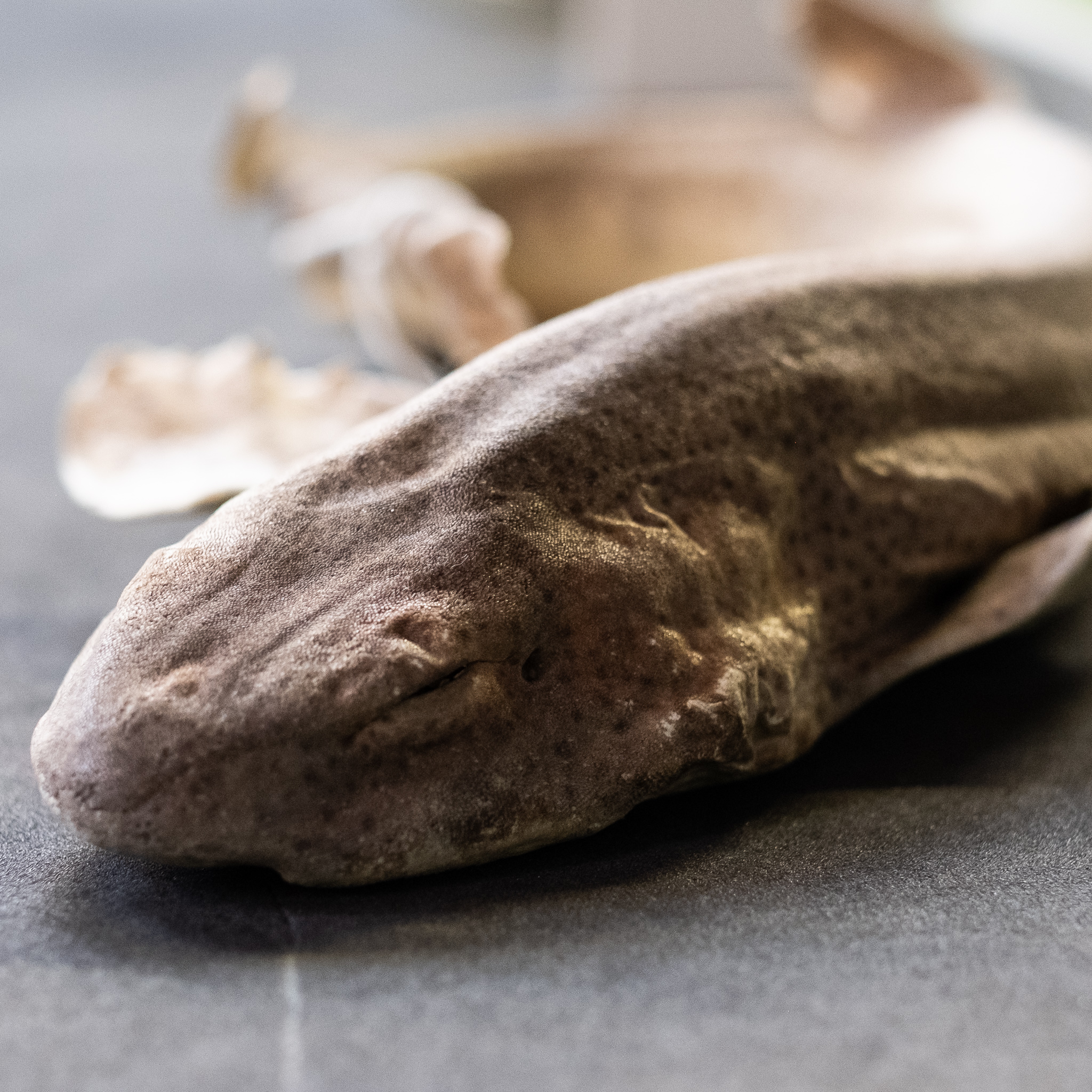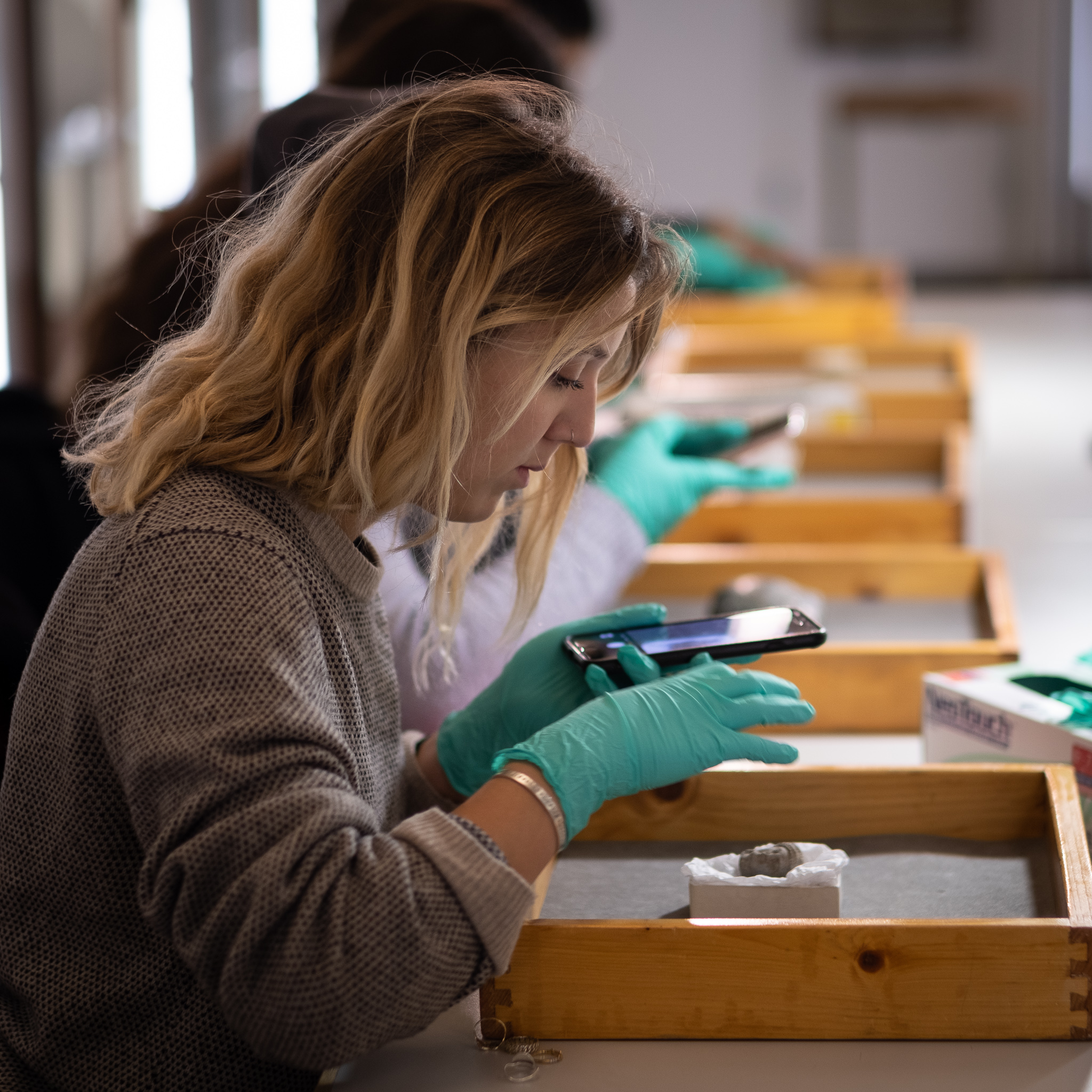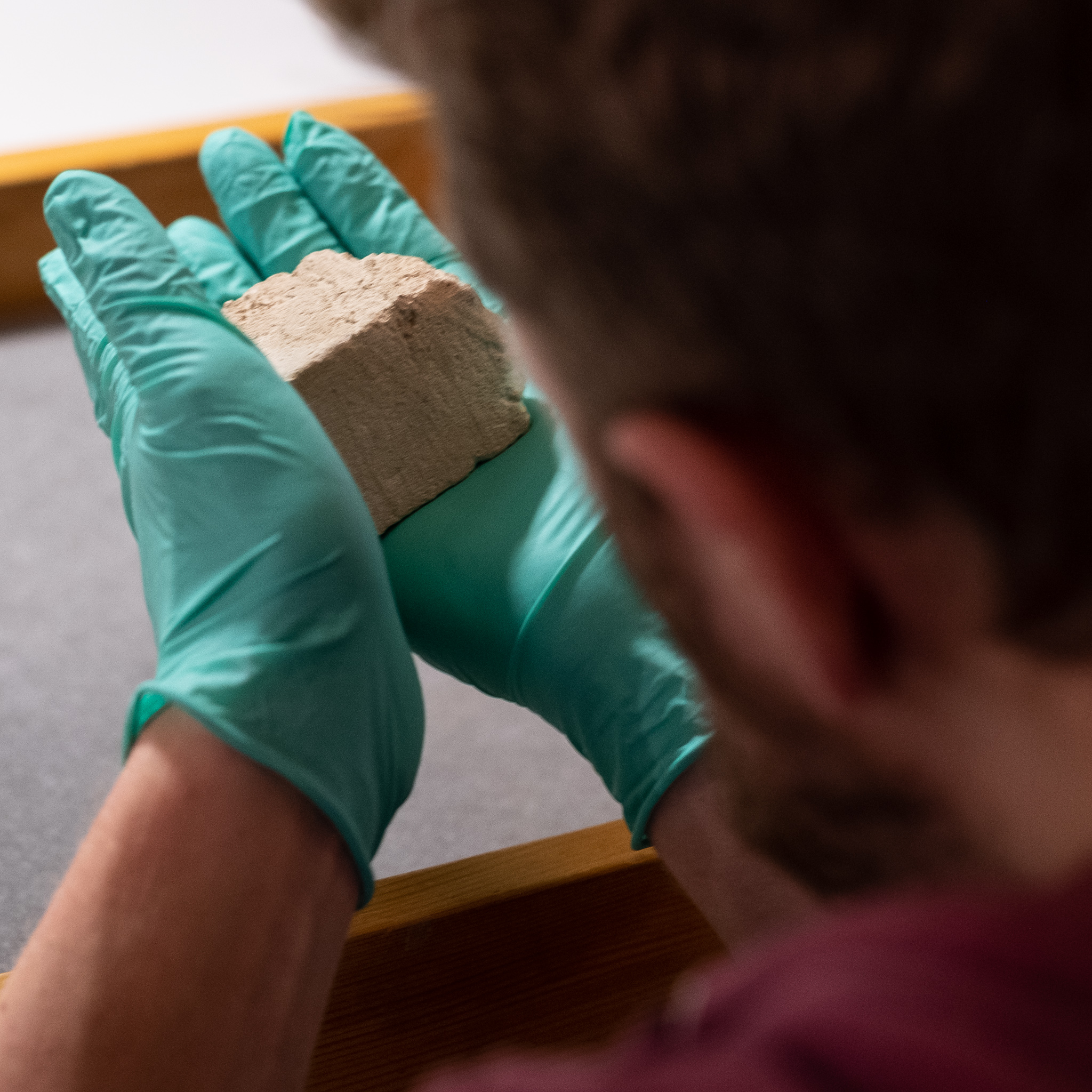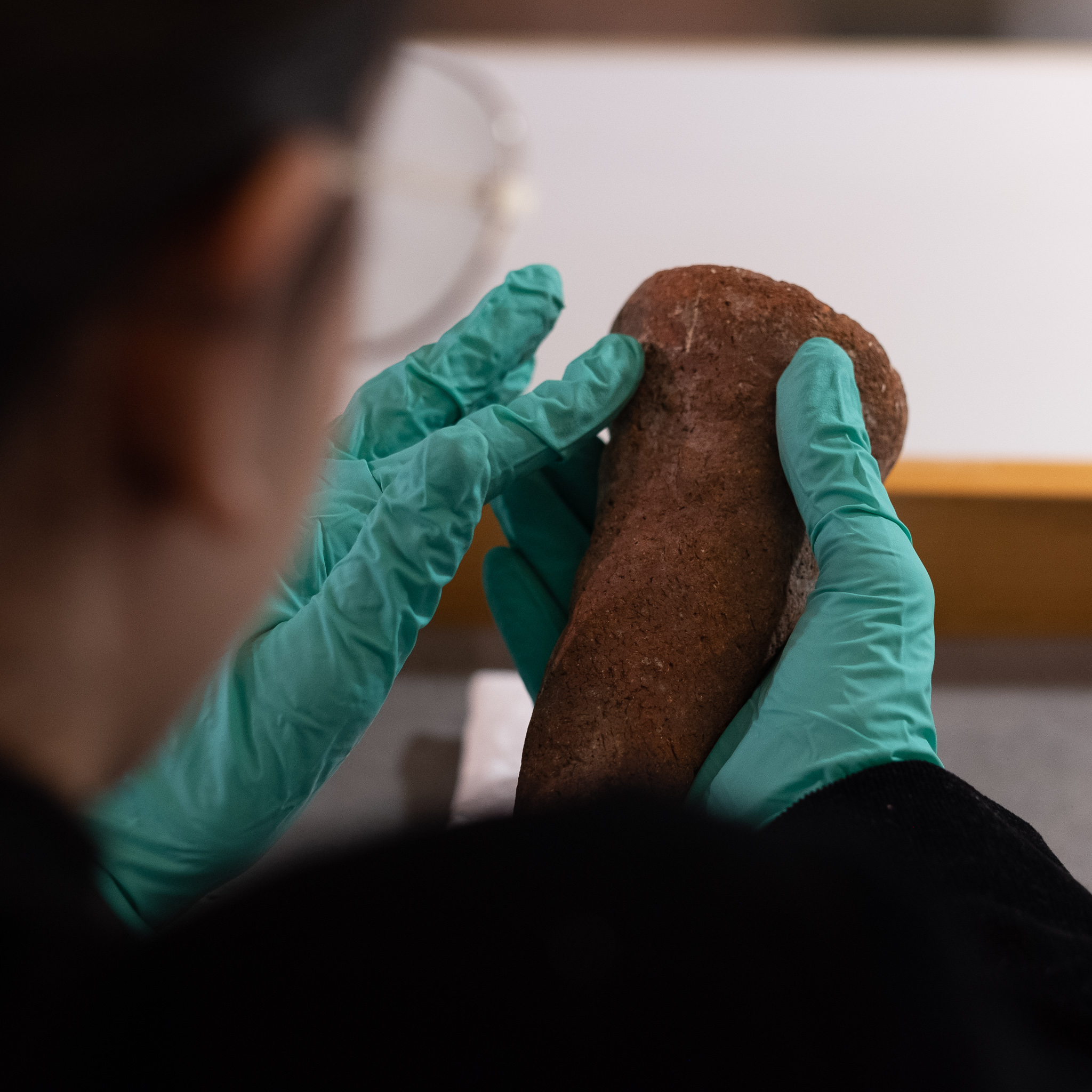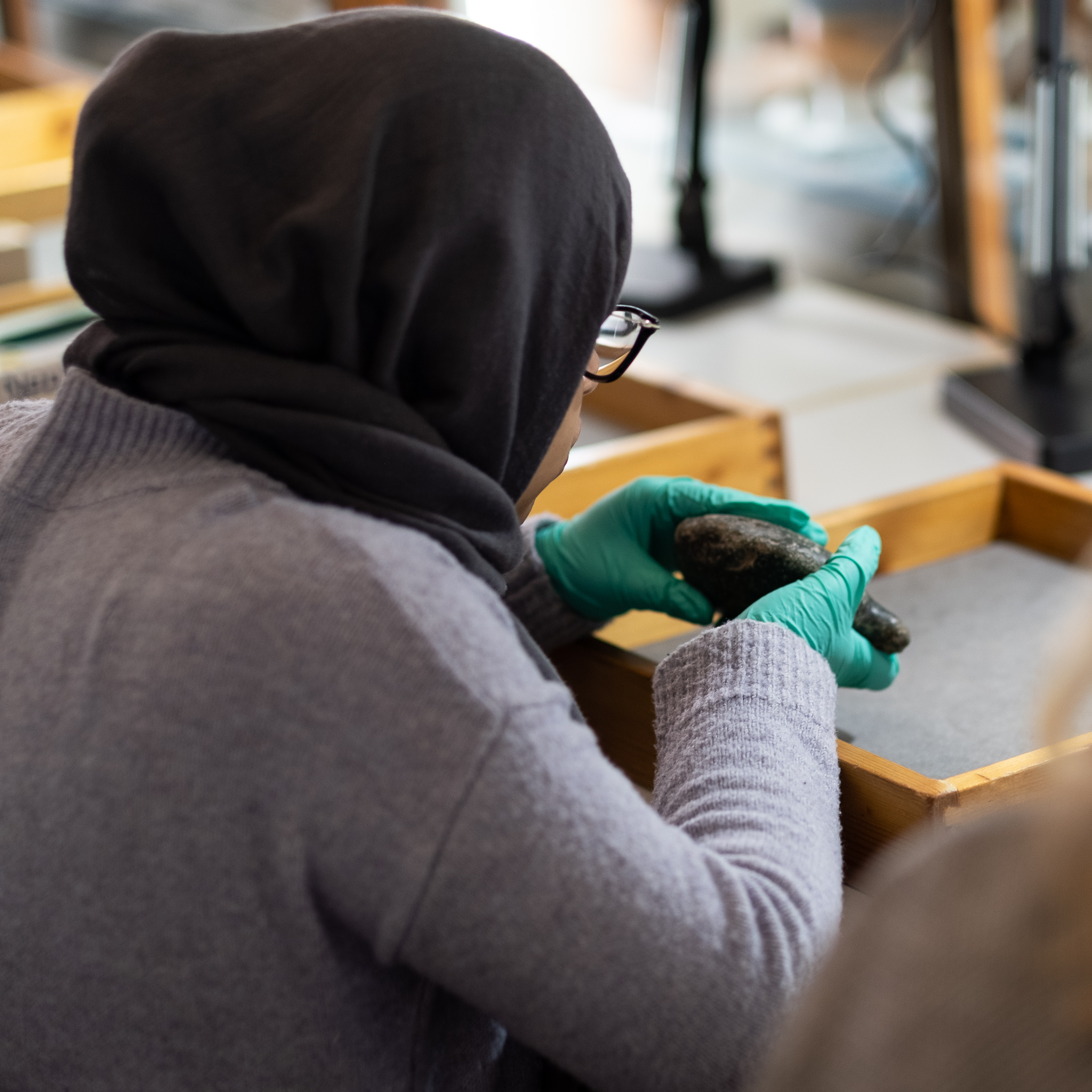A collection of artefacts found by members and supporters of the River Roding Trust in the process of cleaning up the banks of the River Roding. The photographs were all made along the west bank of the Roding between Barking and Ilford by Andrew Brown in October 2020.
Roding Riviera – reflections
Selection of initial reflection shots of the developments along the River Roding, optimistically dubbed the ‘Roding Riveria’. Will use these in the Warehouse exhibition, but work on others for the FMP (both on the river side and the side of the development facing the Abbey – see developer images on hoardings below).
And accordion book made from the hoarding images.

Barcelona on the Thames – glitched
Some of the results of running the Processing 3 pixel sorting procedure on images from the periphery of the Riverside development. Interesting how the structure of the Riverside blocks leaves them almost unaltered by the sorting process. Had to experiment with the sorting thresholds for each image. In all cases, the sorting is in columns by the whiteness of the pixels (with the threshold set at around 300 to 600).
Shedlife portraits

First shot at playing around with different ways of representing the group, taking influences from forms of group and individual portraiture. We spent some time looking through Dutch 17th Century paintings of civic leaders. This one by Bartholomeus van der Helst appealed, so we had a go using a simple single strobe set up.
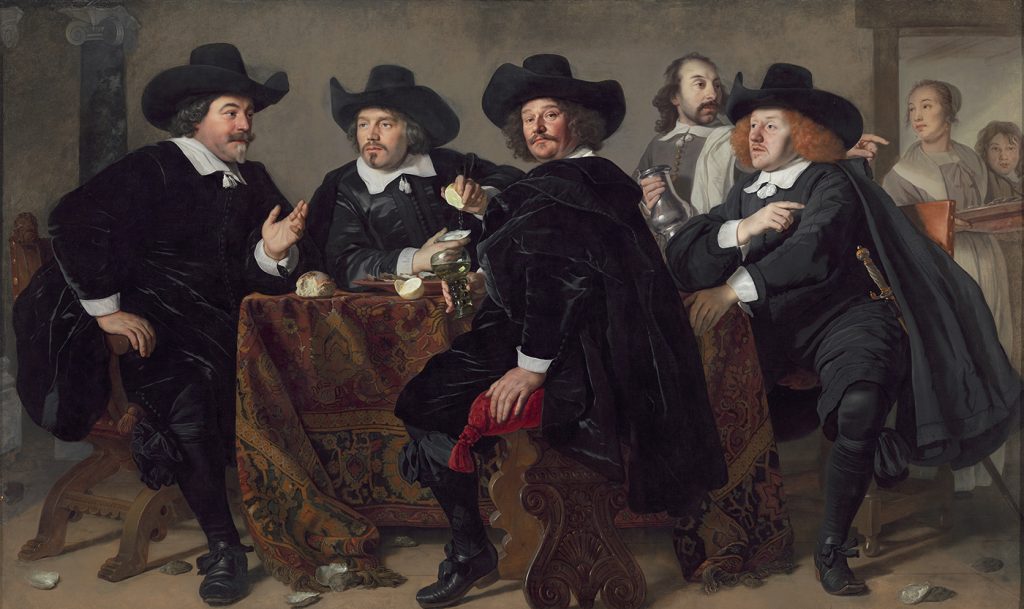
We’re going to need a shorter table … More to follow maybe, after the group have looked at the prints. Followed a session of individual portrait work.
We took a look at the Taylor Wessing Prize catalogues for 2018 and 2019 and thought about different forms of portraiture for future sessions.
neuropolis
Gallery of images included in my Surfaces and Strategies Work in Progress portfolio, some of which were presented and discussed in the October FMP Module Leader Group Critique.
Informing Contexts Work in Progress Portfolio
This was submitted as an online portfolio. It is in three sections, each comprising of four images and an animation. How the images were produced is described in my Critical Review and elsewhere in the Critical Research Journal. The animations are here. The galleries below present the four images from each section. This is experimental work that I started about half way through the module. There is a long way to go in developing it further.
Mixes
Each image is made from the same three photographs (the place as it is, organic material from the site, construction work around the site) with different tonal mixing. Just to illustrate the approach. Let it run as a slide show to see the relationship between the images. Or click on the image to see the detail of an individual image. I’ve also uploaded an animation based on the sequence (below – best played full screen) which maybe shows the relationship between images more clearly.
Now working on images relating to the developments and communities in east London that I am focusing on for my project. My intention is that these will look very different – and will visually relate to the regeneration strategy being deployed (future post about this). Info on the process here. Discussion of what I am trying to do in exploring questions of space and time in relation to regeneration programmes, communities and the environment here. All work in progress, with a long way to go, as always.
Shed Life
Exhibition of some of the portraits made with participants and volunteers on the Shed Life project at the Sue Bramley Centre, Barking Thames View Estate. To co-incide with showing of A Northern Soul, and question and answer session with Director, Sean McAllister.
Photo-anxiety and the ‘poor image’
I made these images in an attempt to disrupt my habitual image making, by introducing a number of technological and human ‘glitches’. All the images were made around the house whilst sorting through and disposing of stuff brought out of storage from my old office at work. The images are incidental and make no attempt to record the process – they are made at the edges. I used a first generation micro four-thirds camera with a CCTV lens. The camera has no viewfinder and no focus assistance, and my failing near-sight made focusing erratic. The lens introduced significant curvature and vignetting. No cropping and no processing. These images are a step on the way to a final artifact, which will be in print form. Not quite degraded ‘poor images‘ in Hito Steyerl’s (2009) terms (maybe explore this later) but a step on the way. Having worked to develop the quality of my images over the past year or so, I felt anxious working in this way, introducing limitations right at the beginning of the process and then working with them. I’m thinking about other ways of disrupting practice, maybe along the lines of Brian Eno’s oblique strategies, in which chance application of operations transforms the process of production of images and the outcomes.
Steyerl, H. 2009. ‘In Defense of the Poor Image’. e-flux journal #10, November. Available at https://www.e-flux.com/journal/10/61362/in-defense-of-the-poor-image/ [accessed 31.01.19]
Object Lessons
This month I’ve been working alongside UCL Bachelor of Arts and Science students on their ‘Object Lessons’ module. For this, each student ‘adopts’ an object from one of the university museums, collections or galleries. The programme is a mixture of lectures (on material culture, the psycho-social significant of objects and workshops on handling, recording and writing about objects) and workshops involving working with objects alongside curators. Just some initial ‘descriptive’ photos of some of the objects from the Grant Museum and some ‘handling’ in the Petrie Museum.
Thinking about how to develop a project from this, and perhaps how to relate the focus on objects to my work on communities and regeneration (useful discussion with Michelle about this, with lots of references to follow up).

